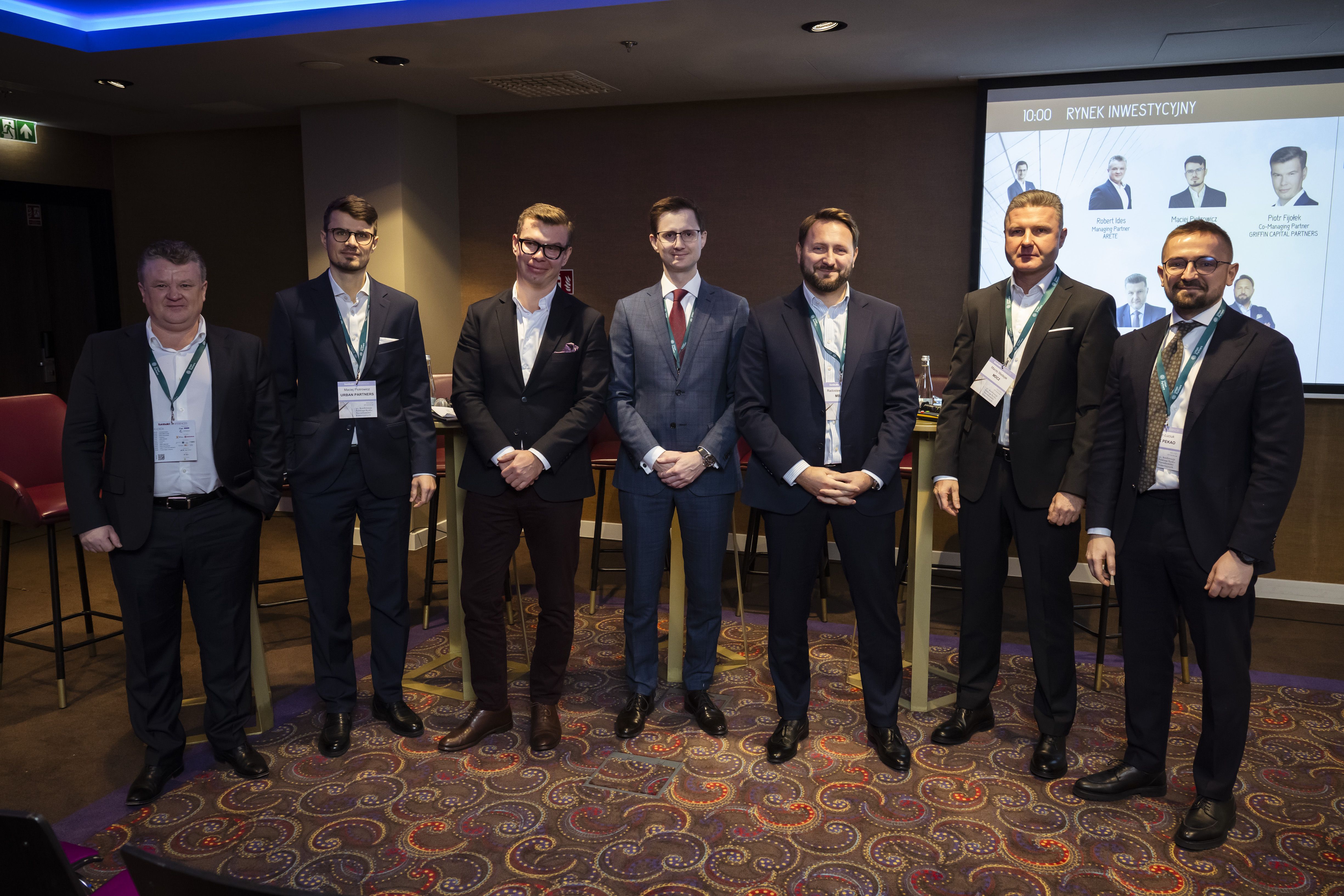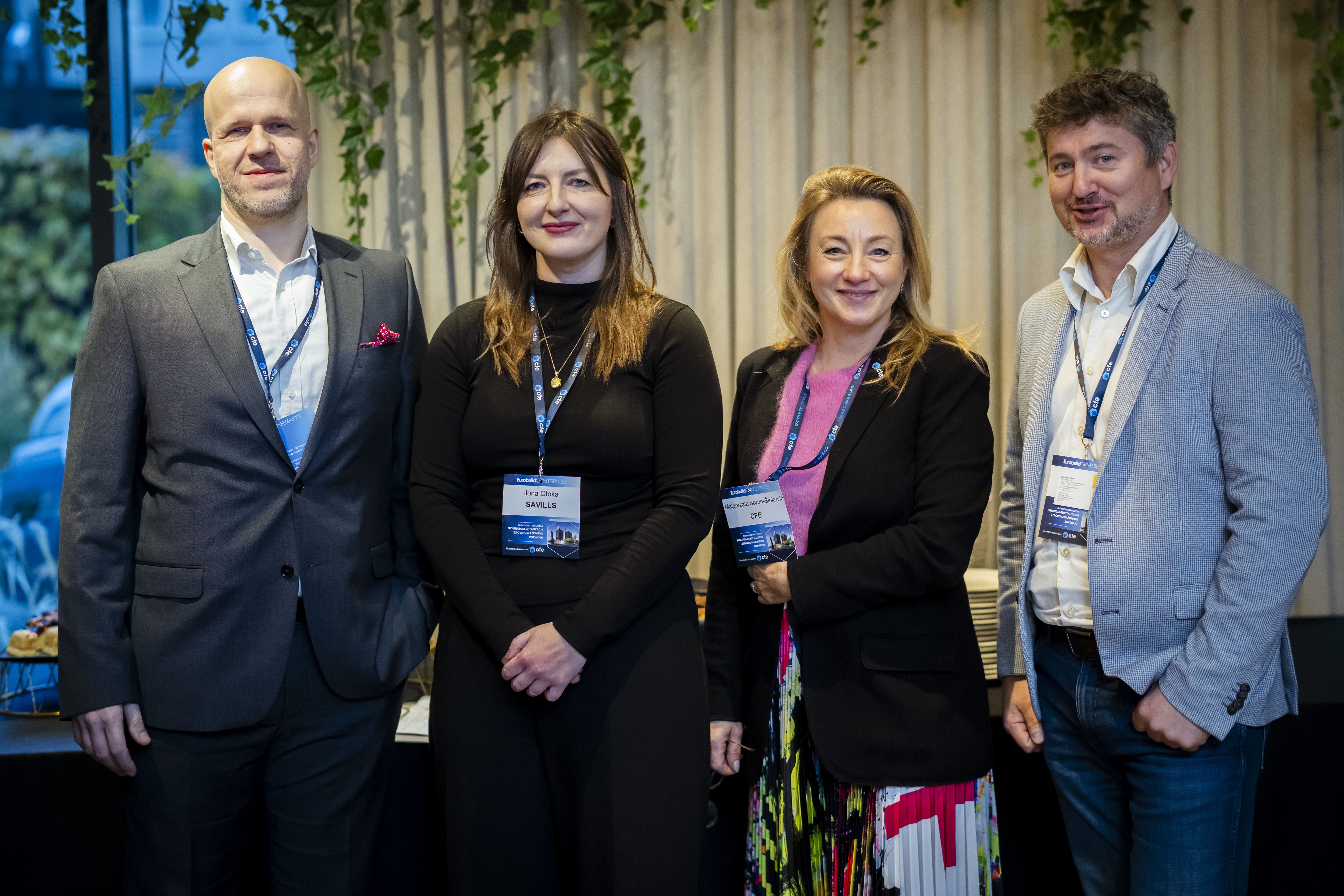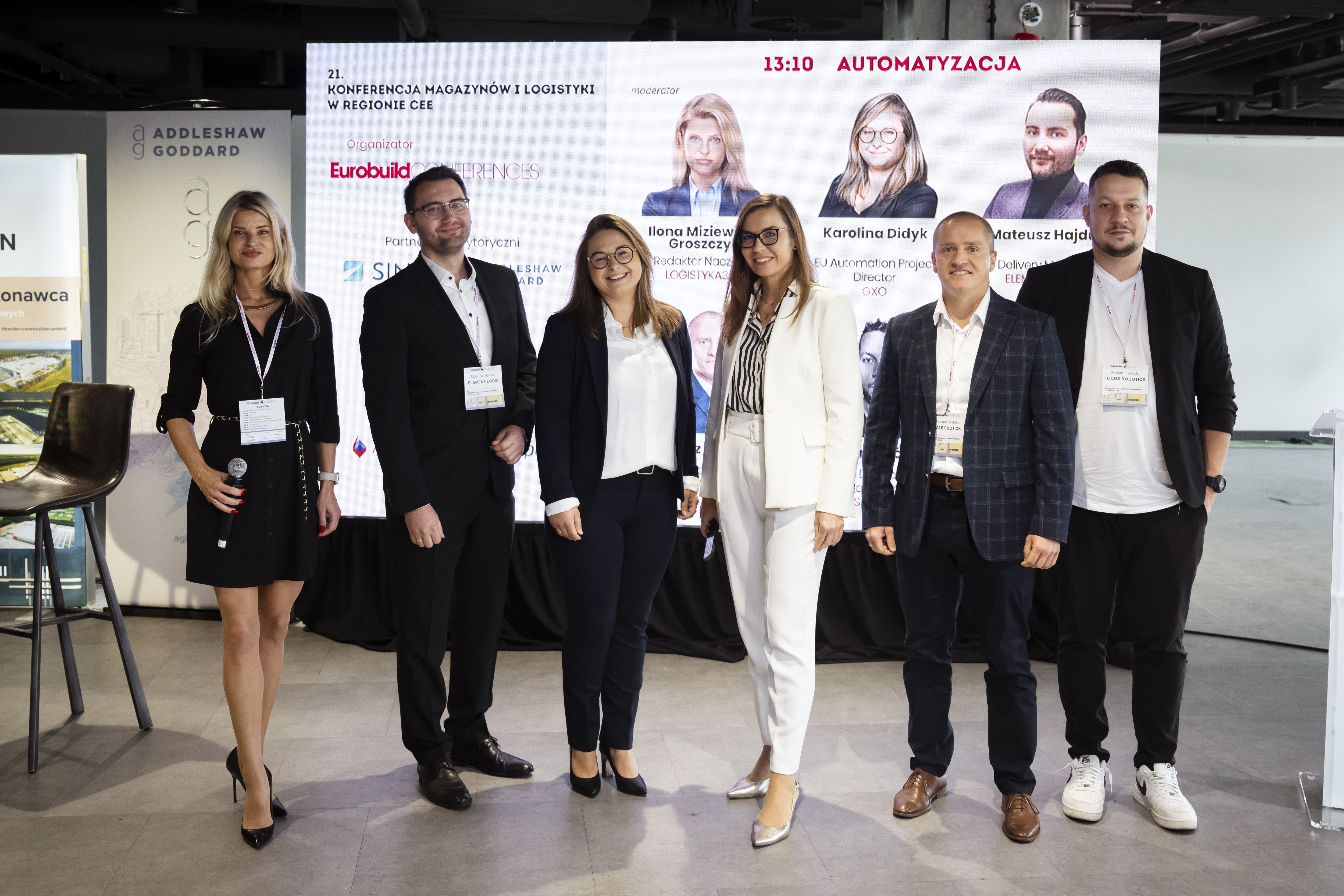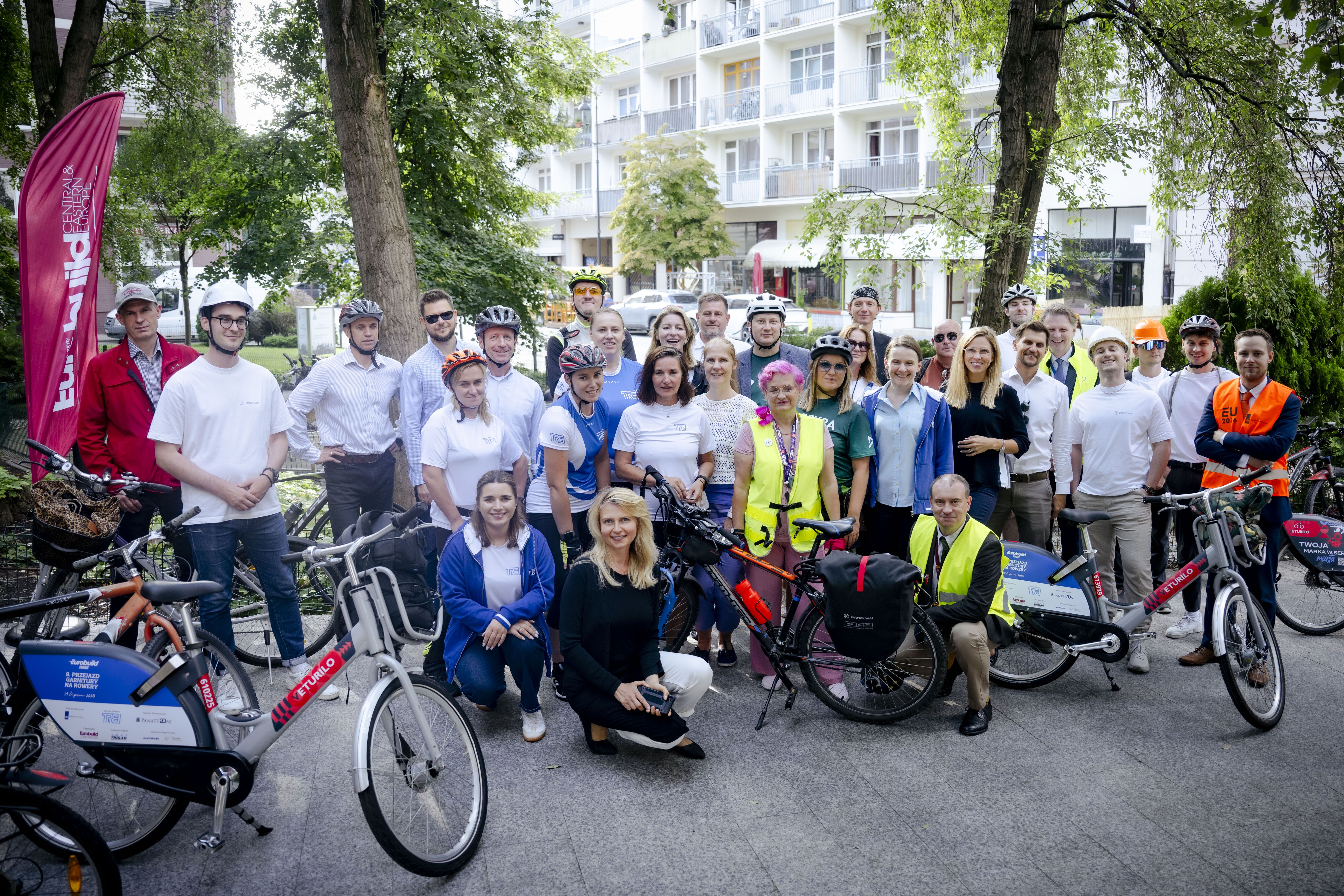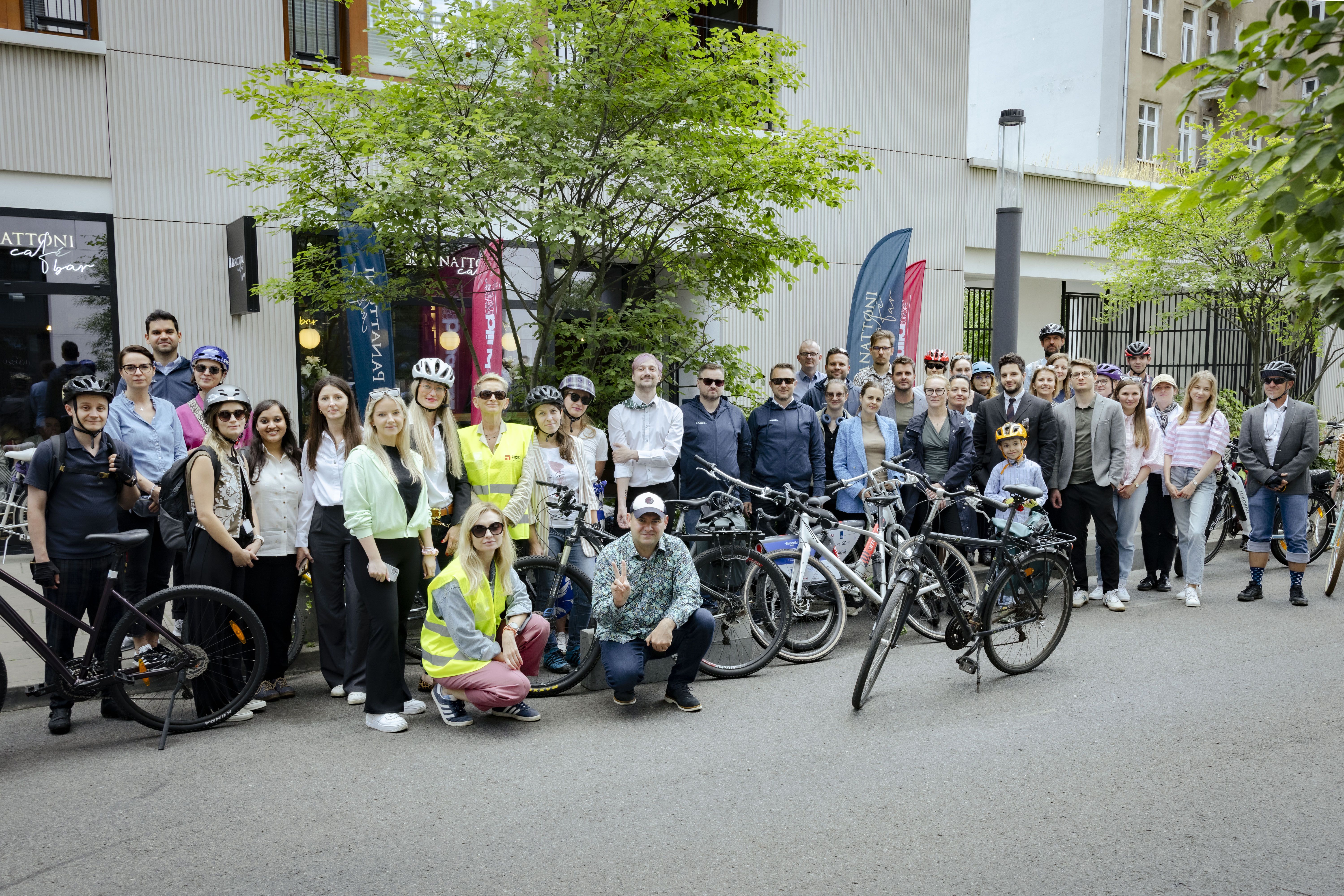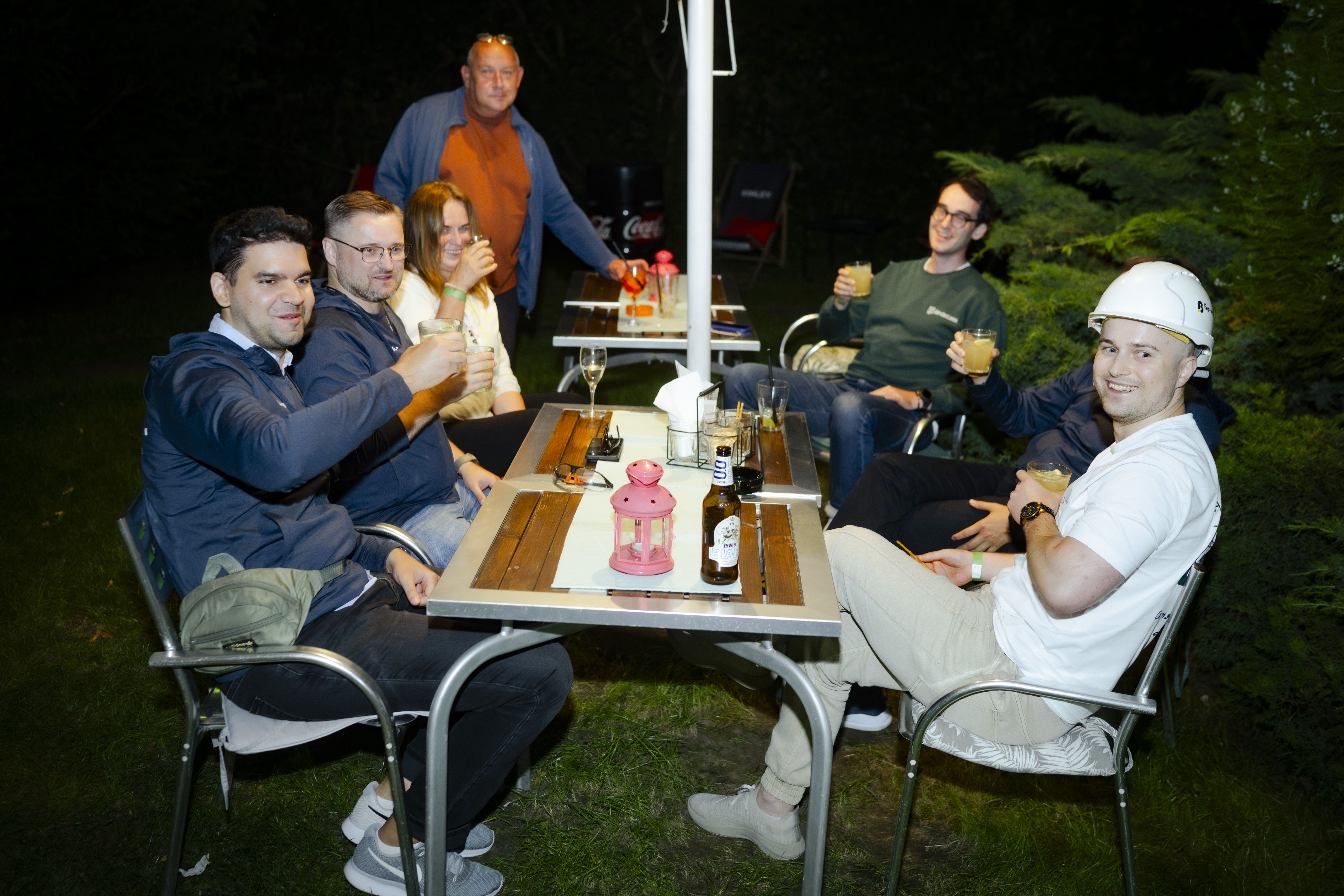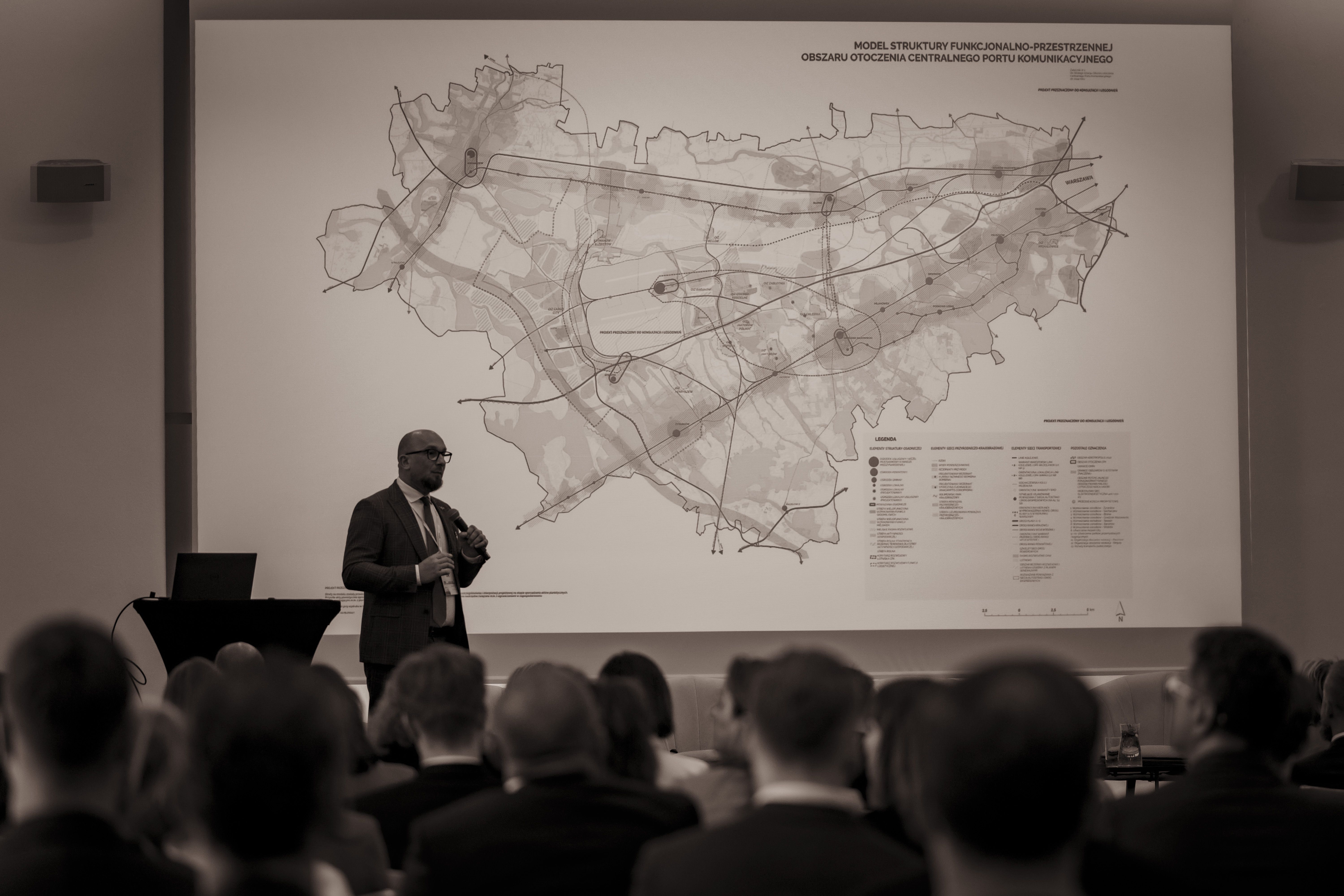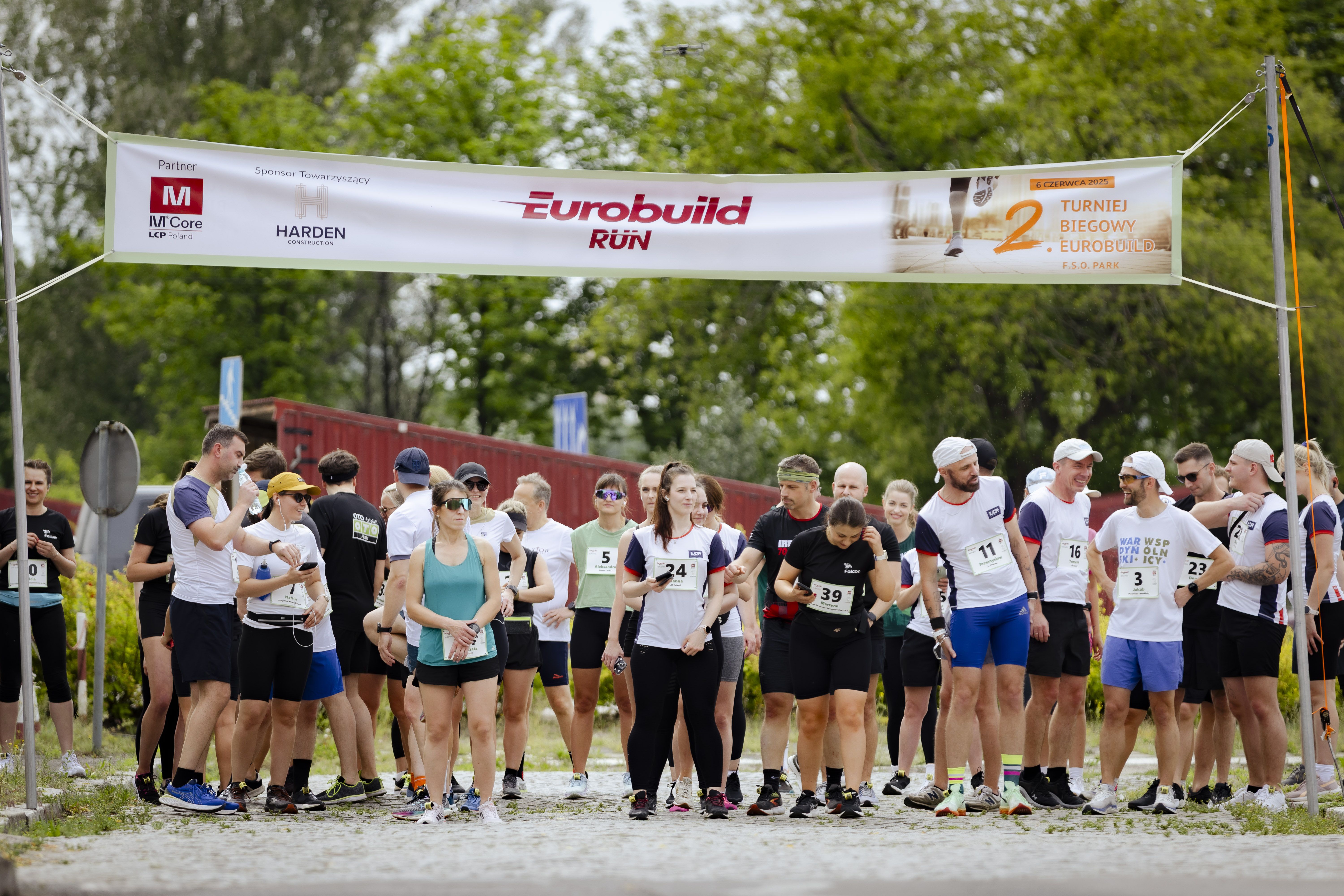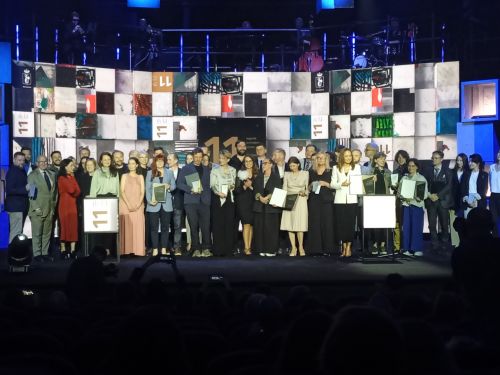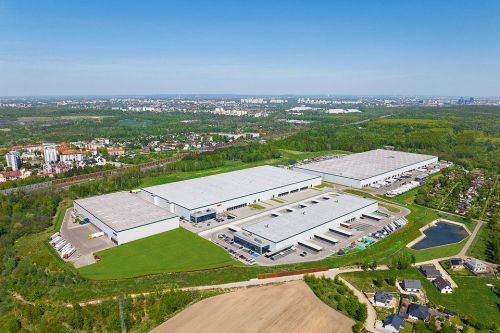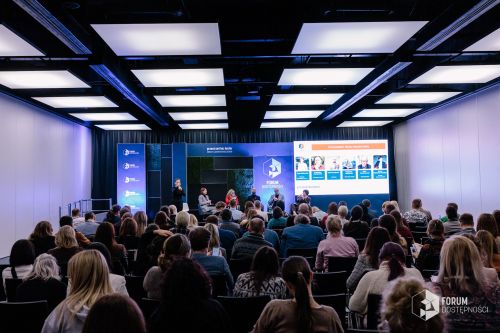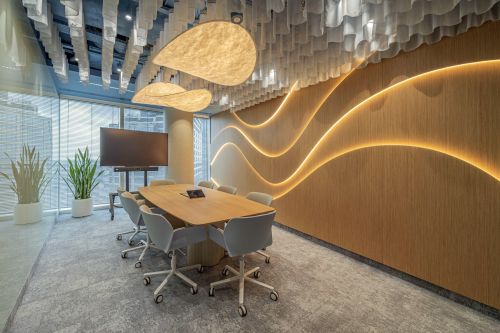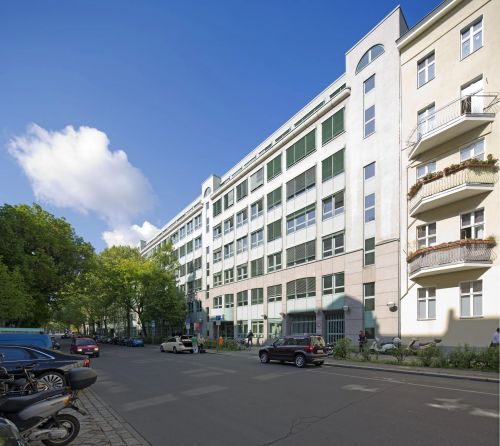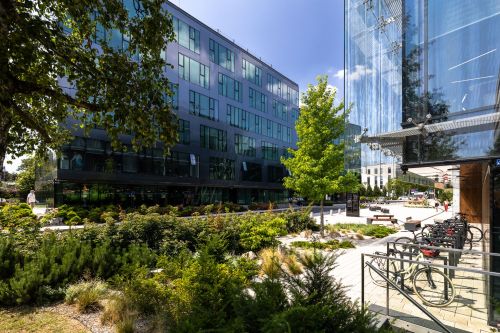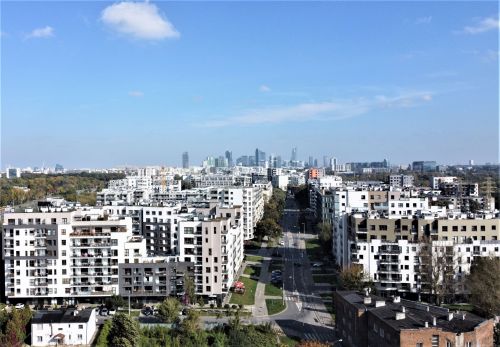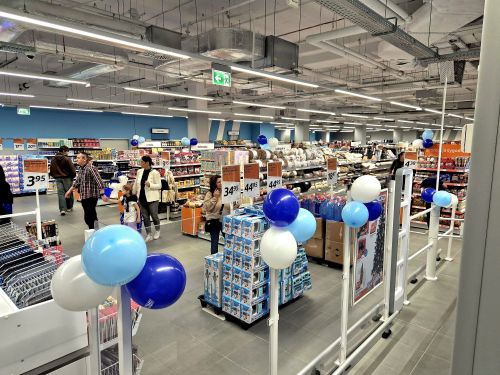The 8th Conference Office Market For Poland - Trends & Outlook
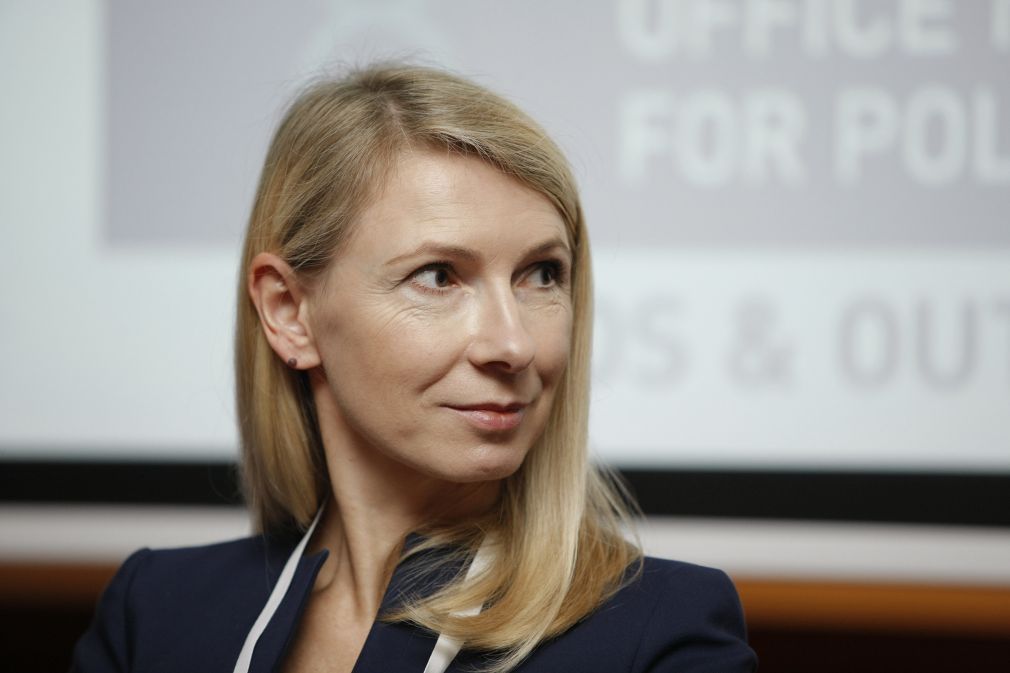
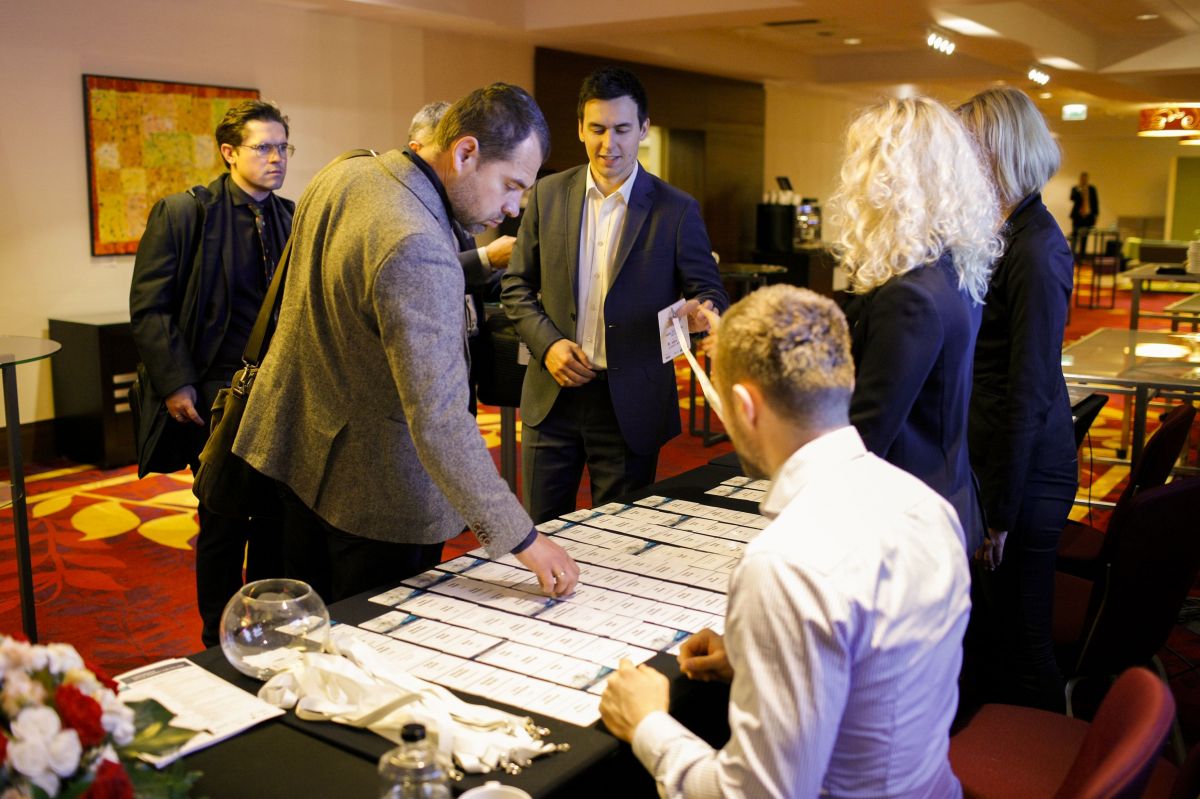

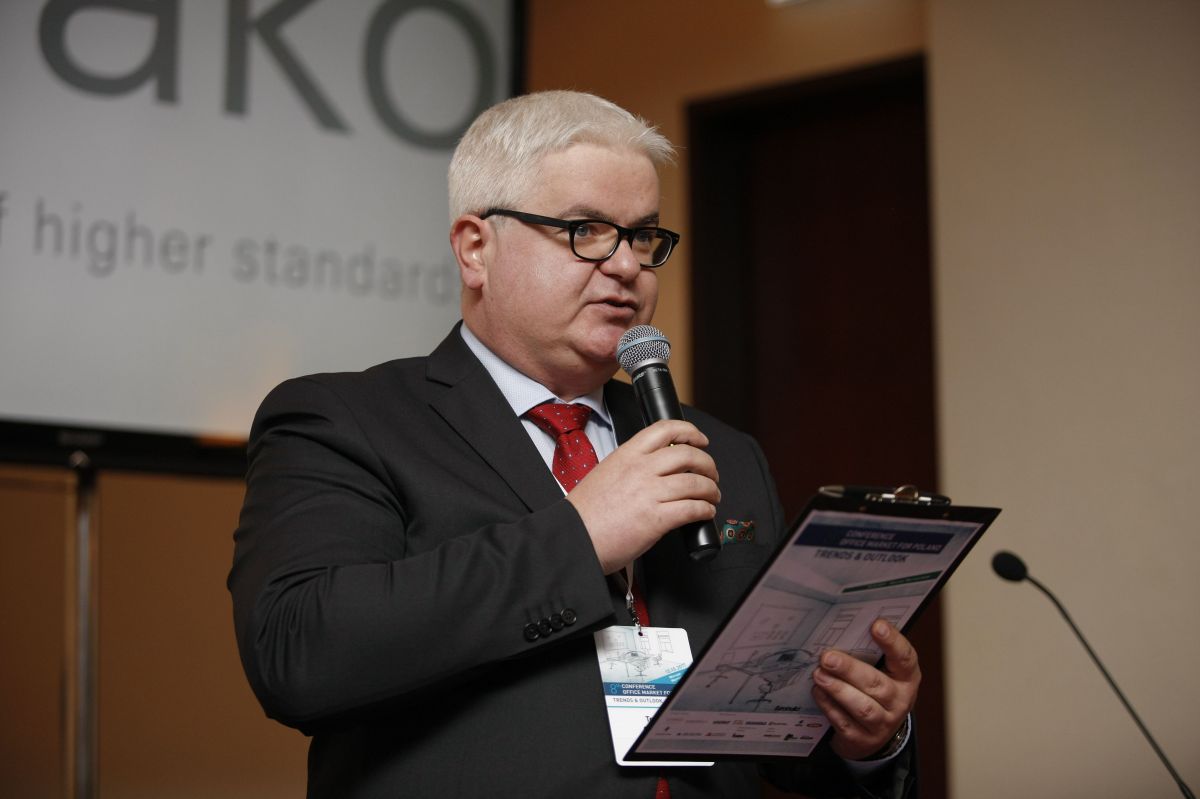
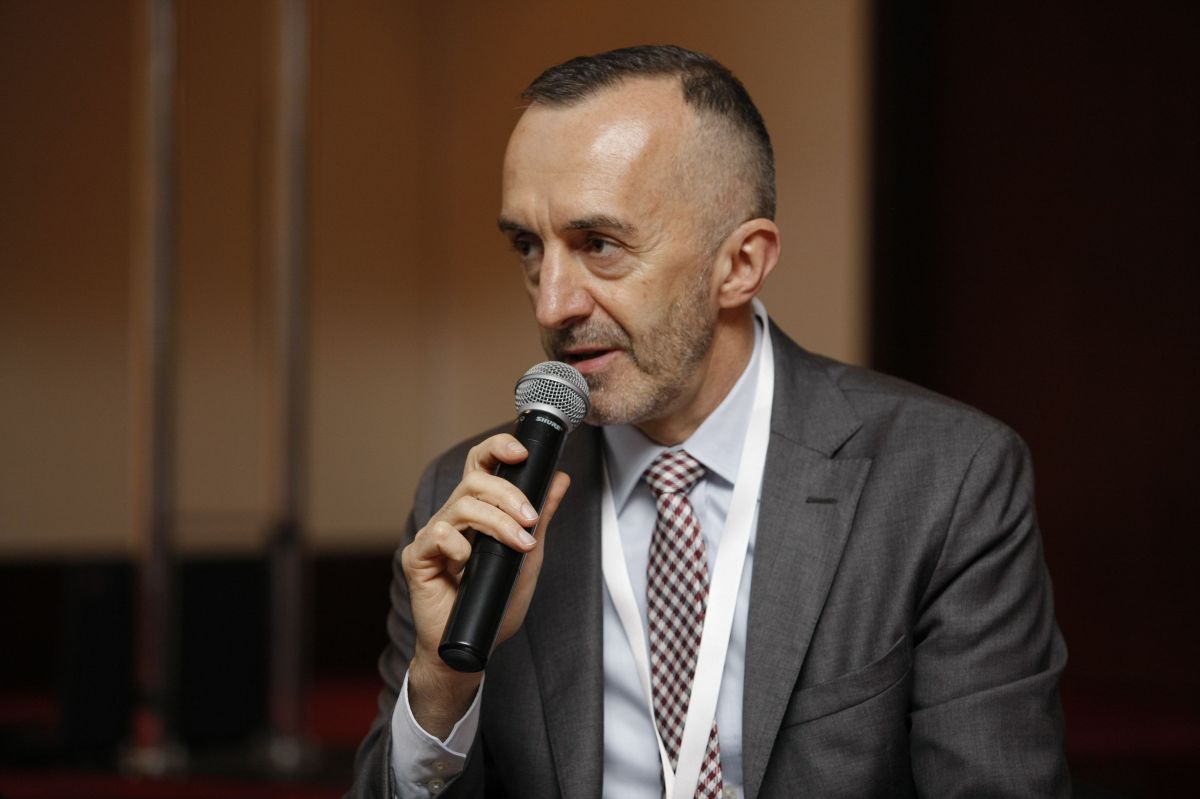
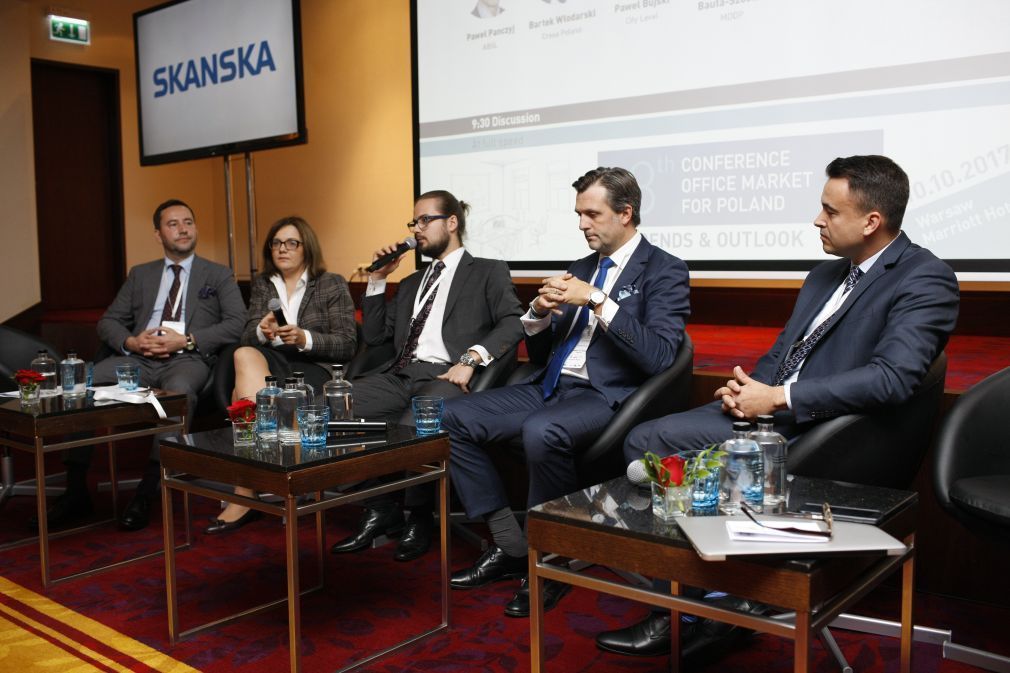
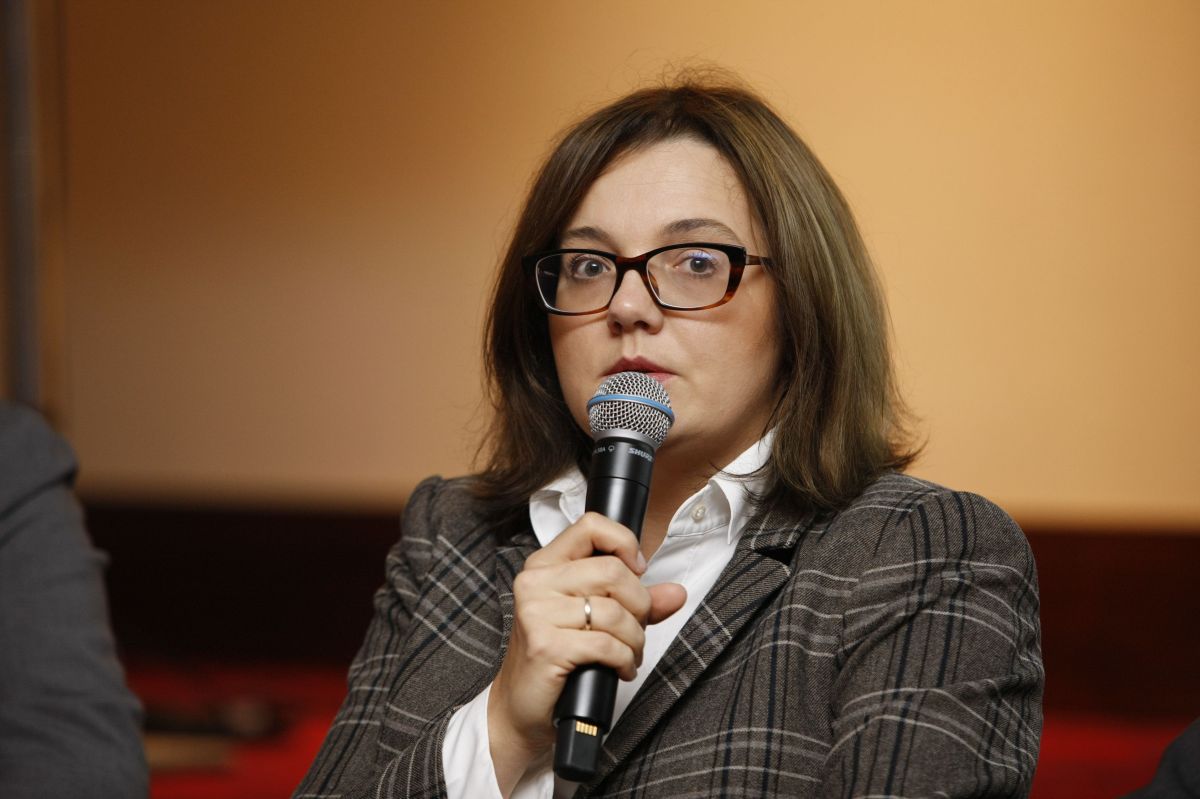
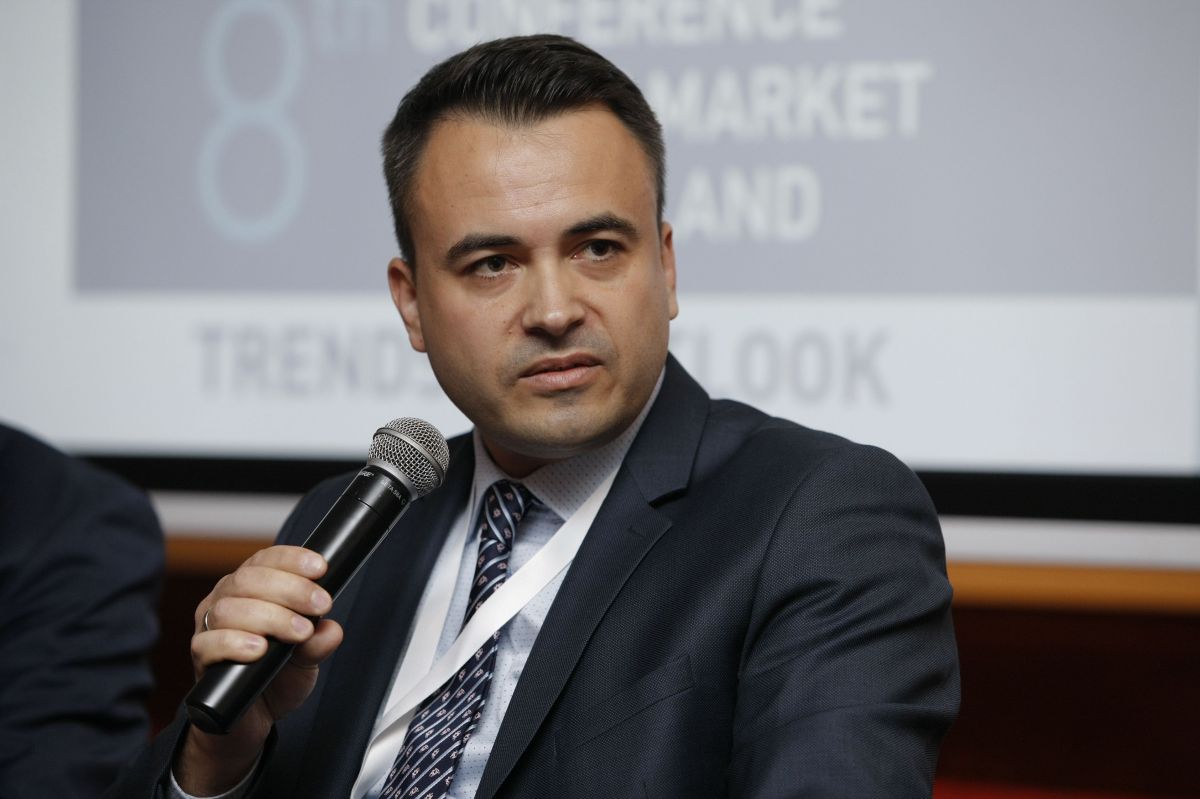
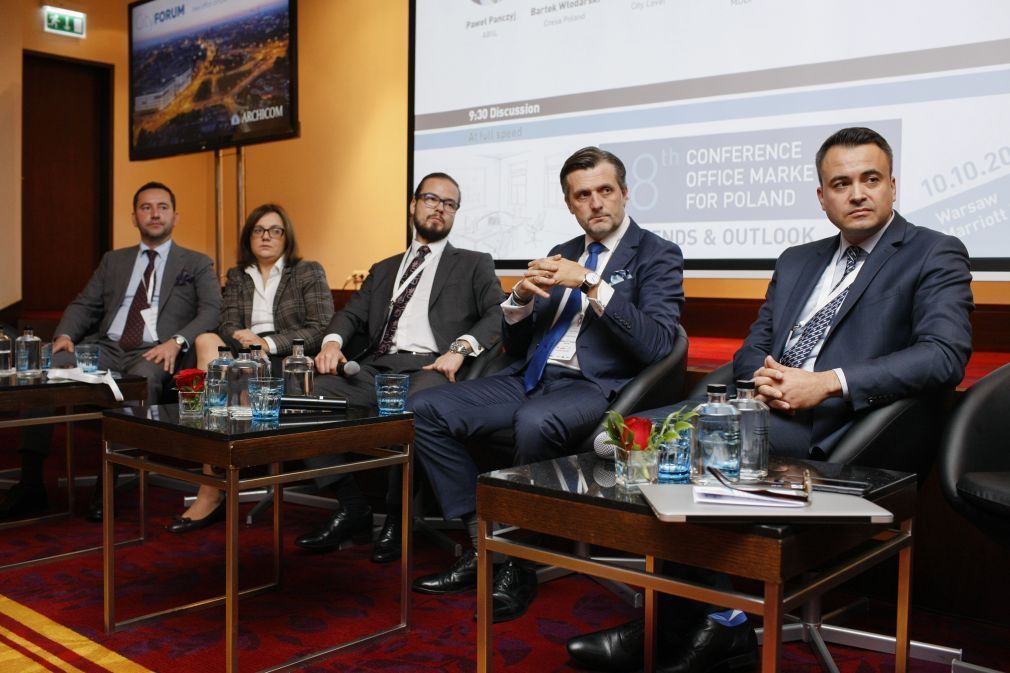
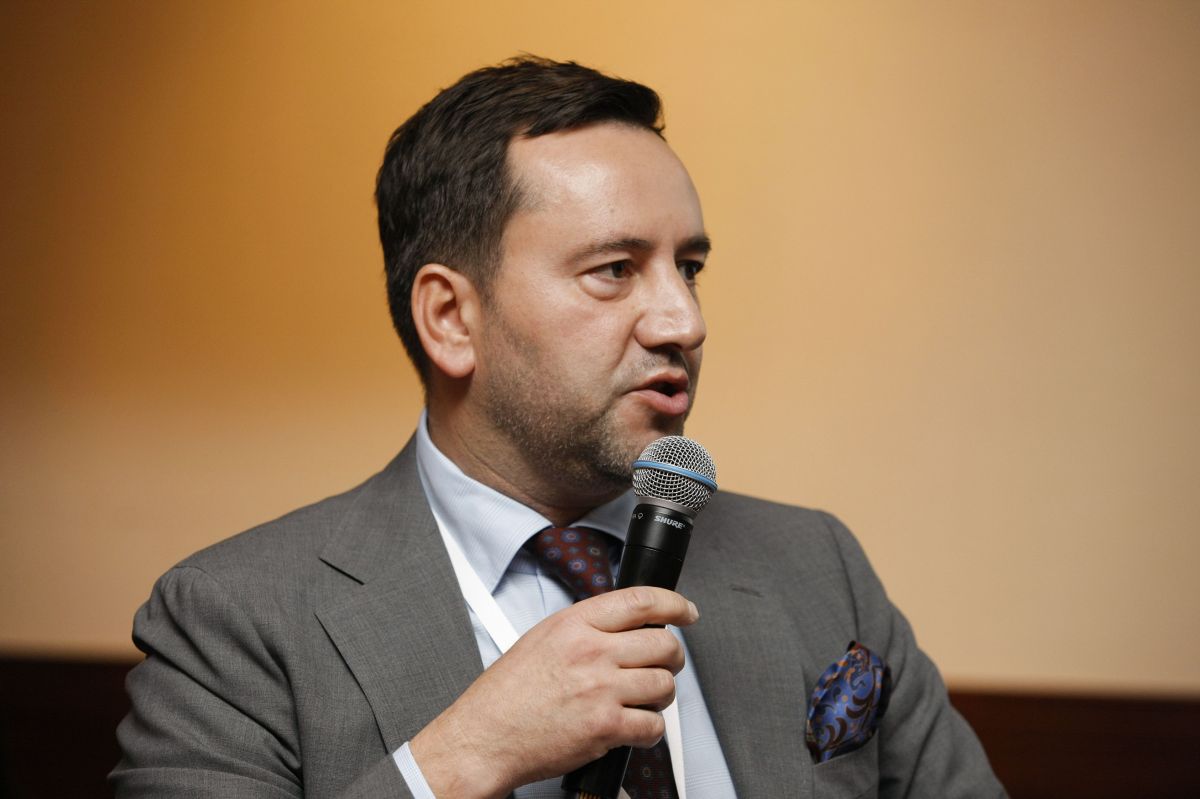
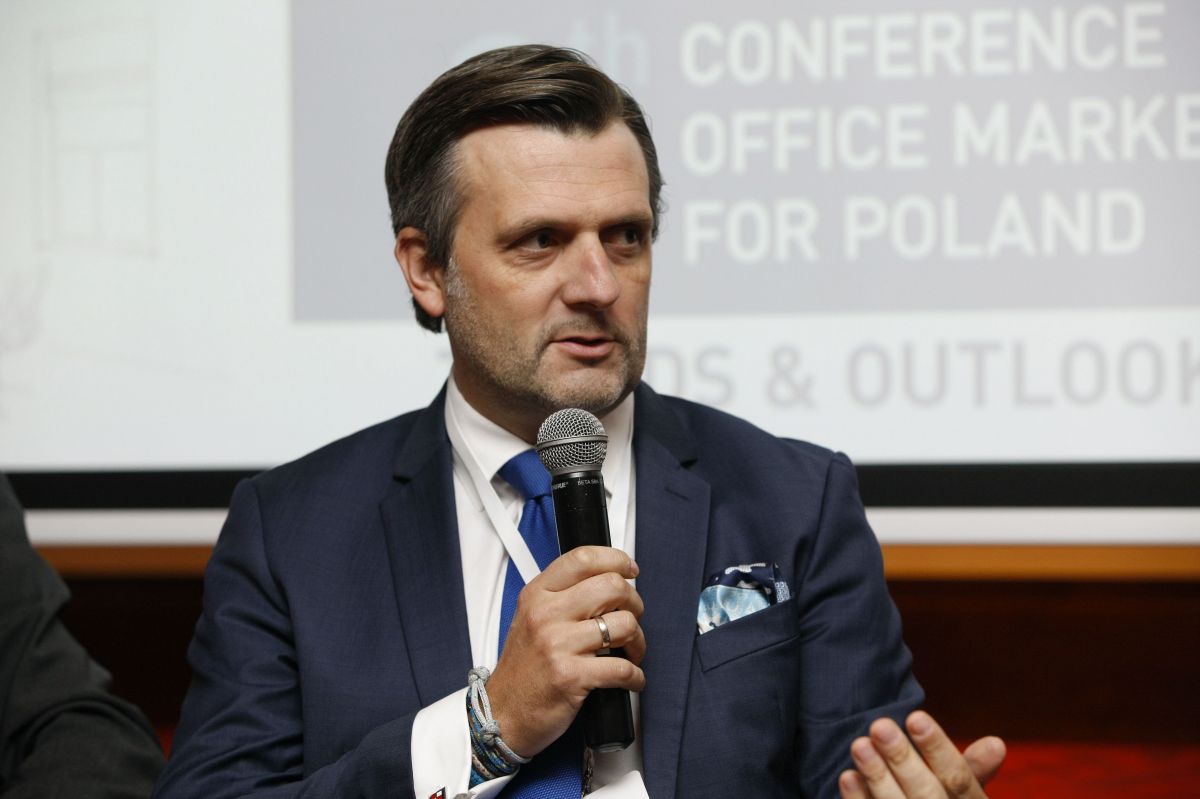
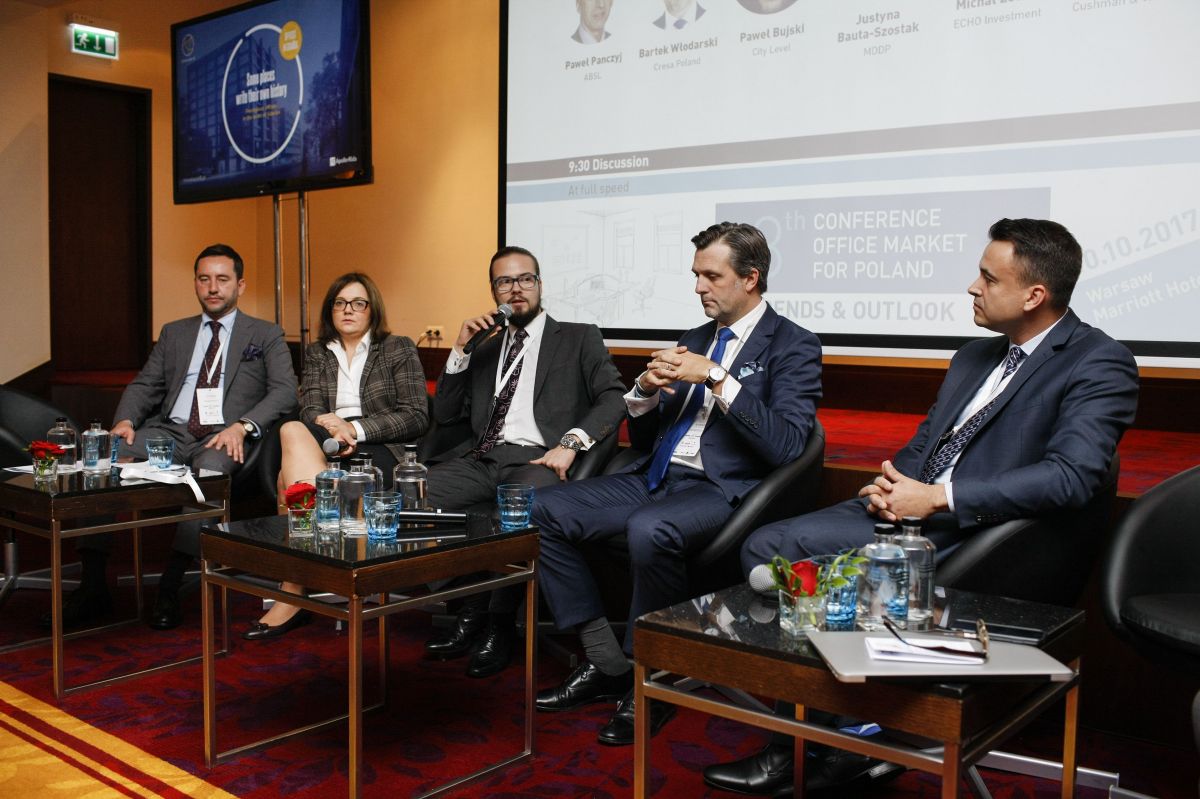
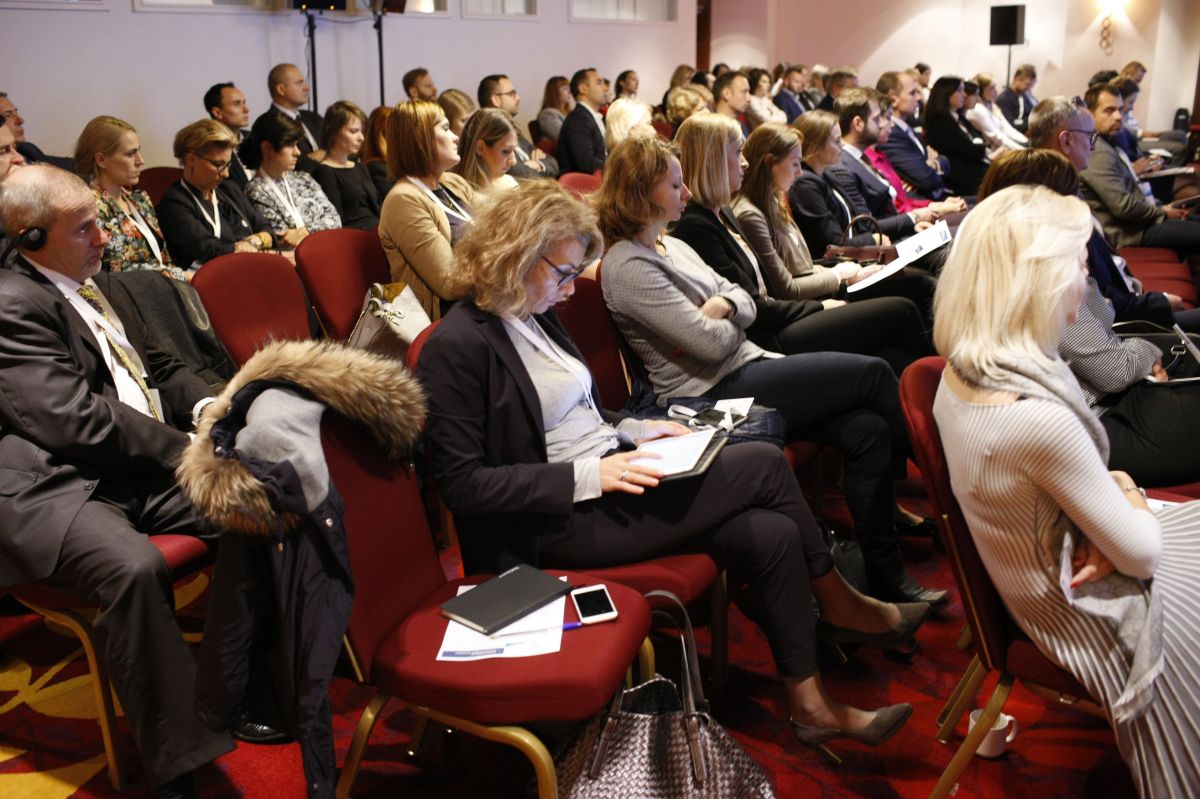
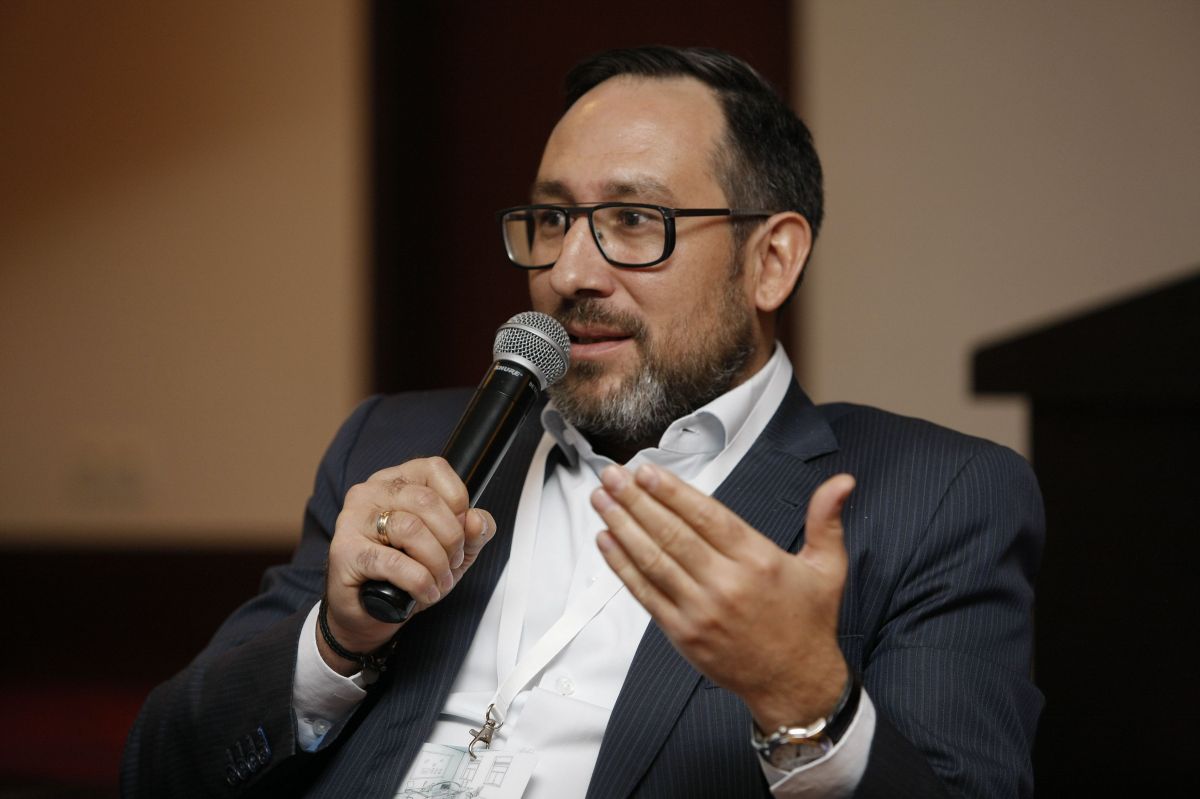
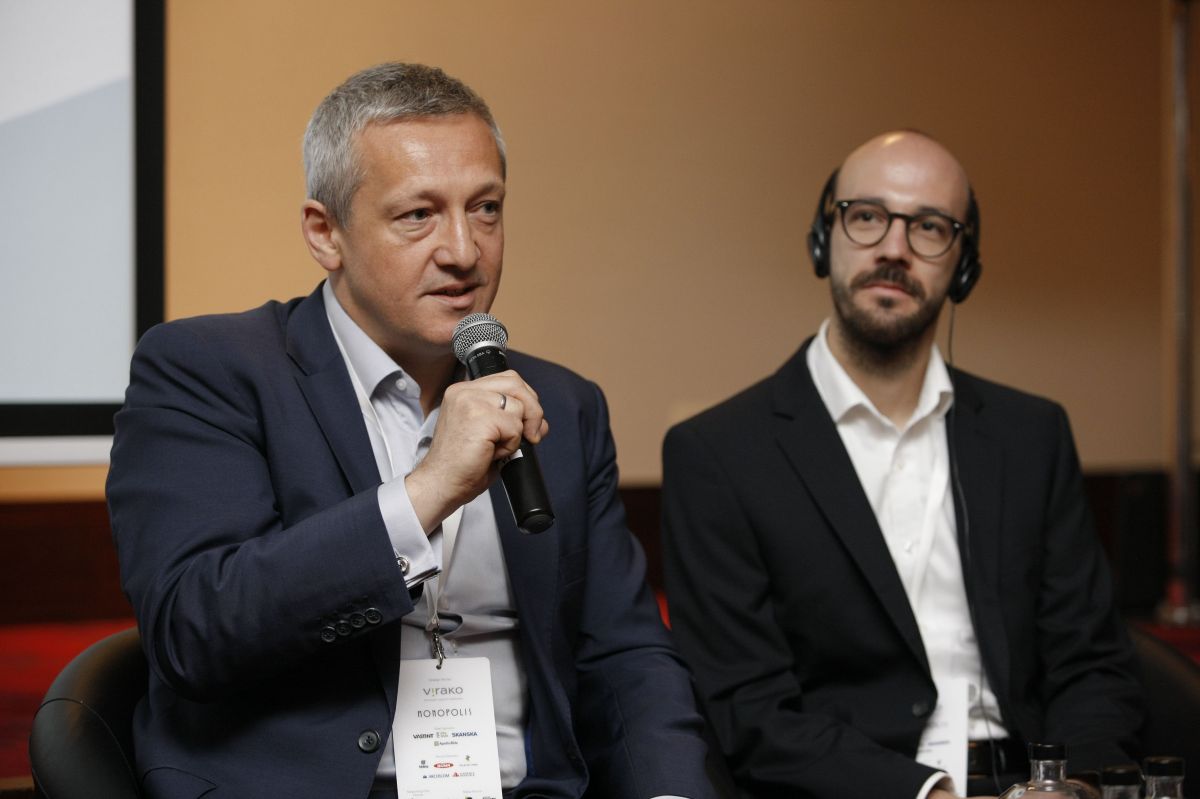
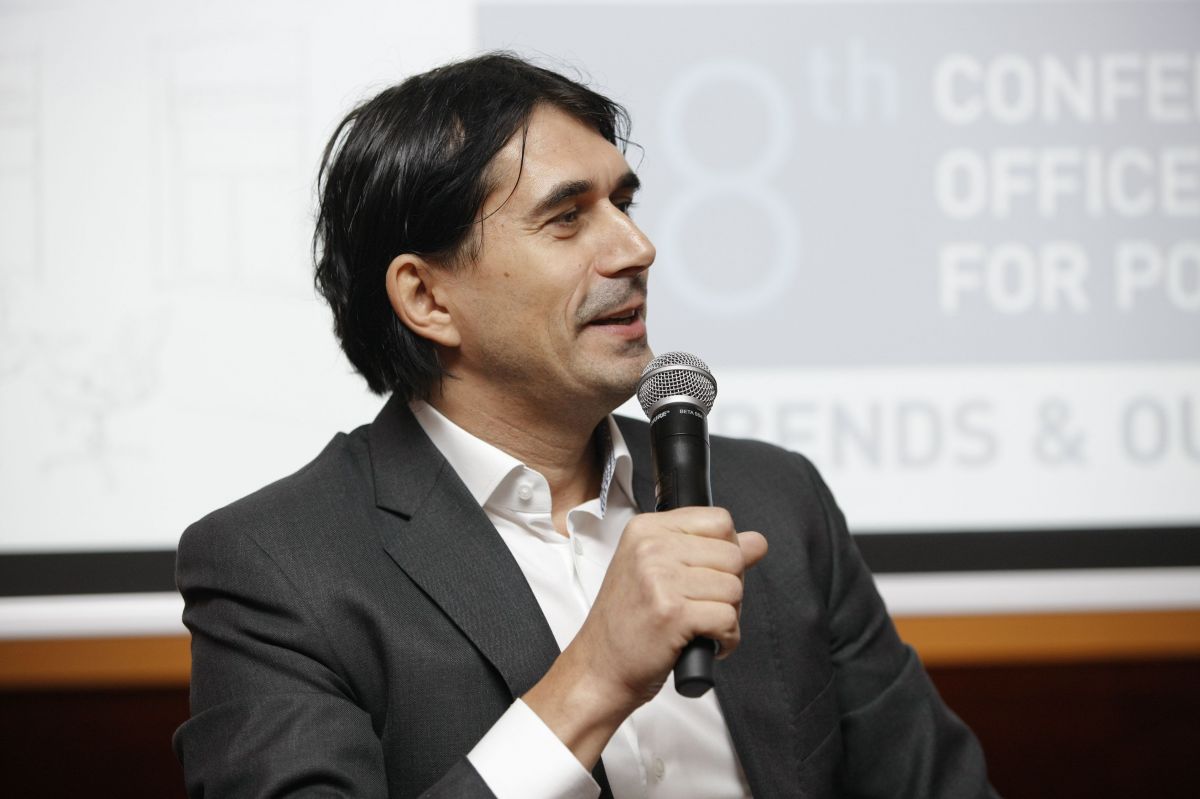
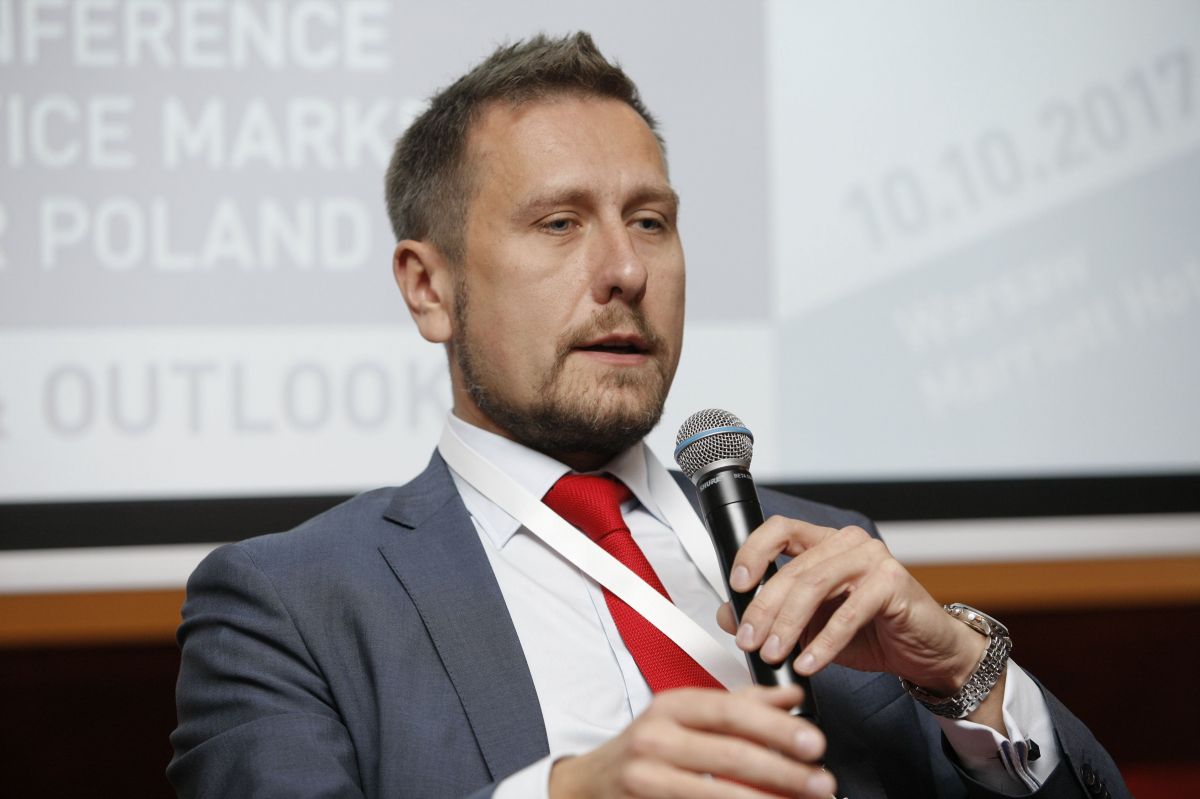
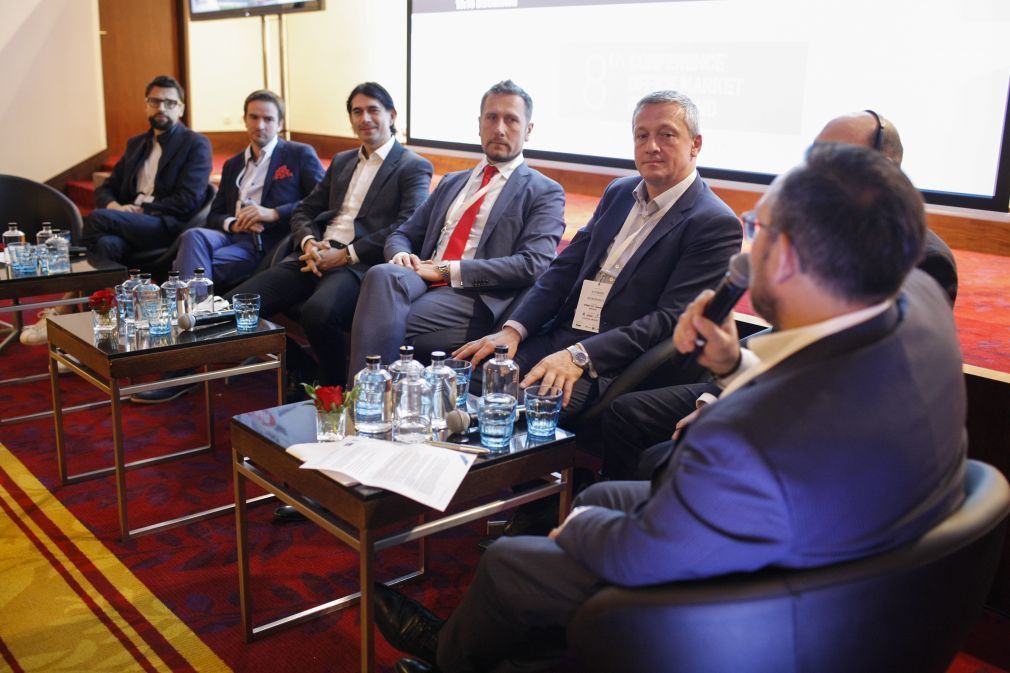
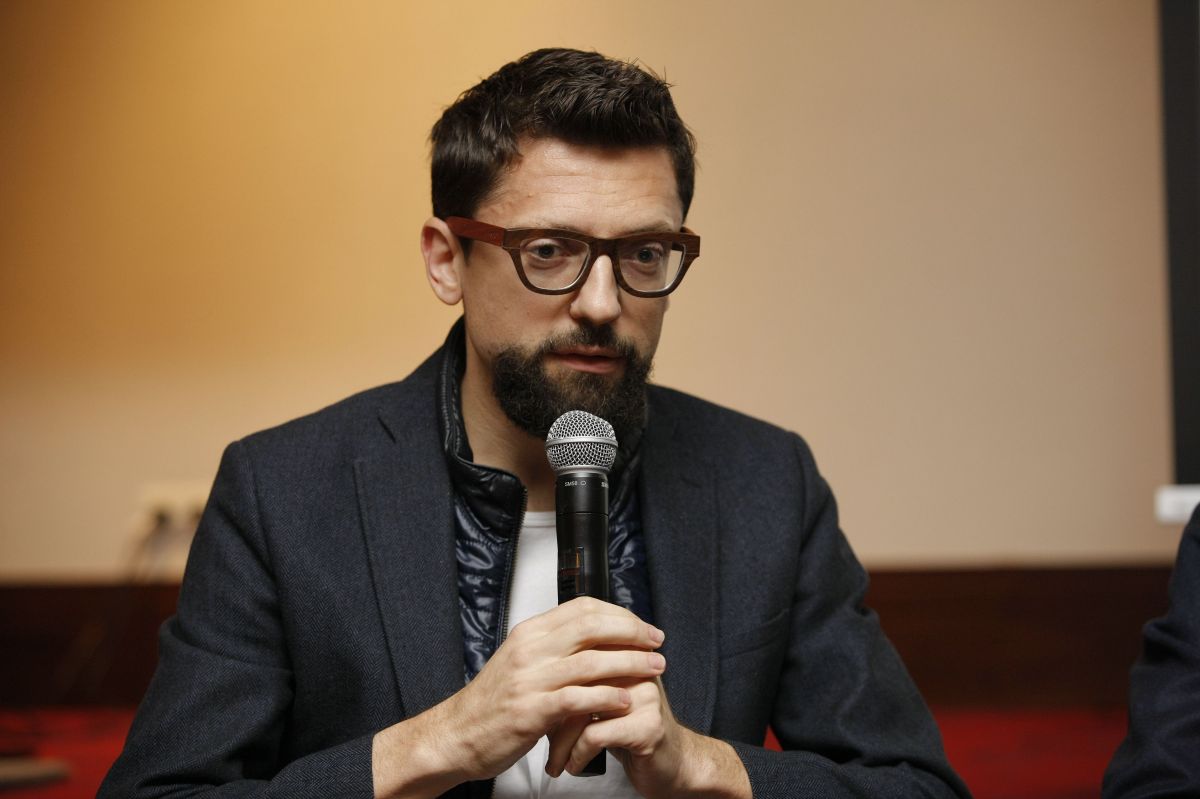
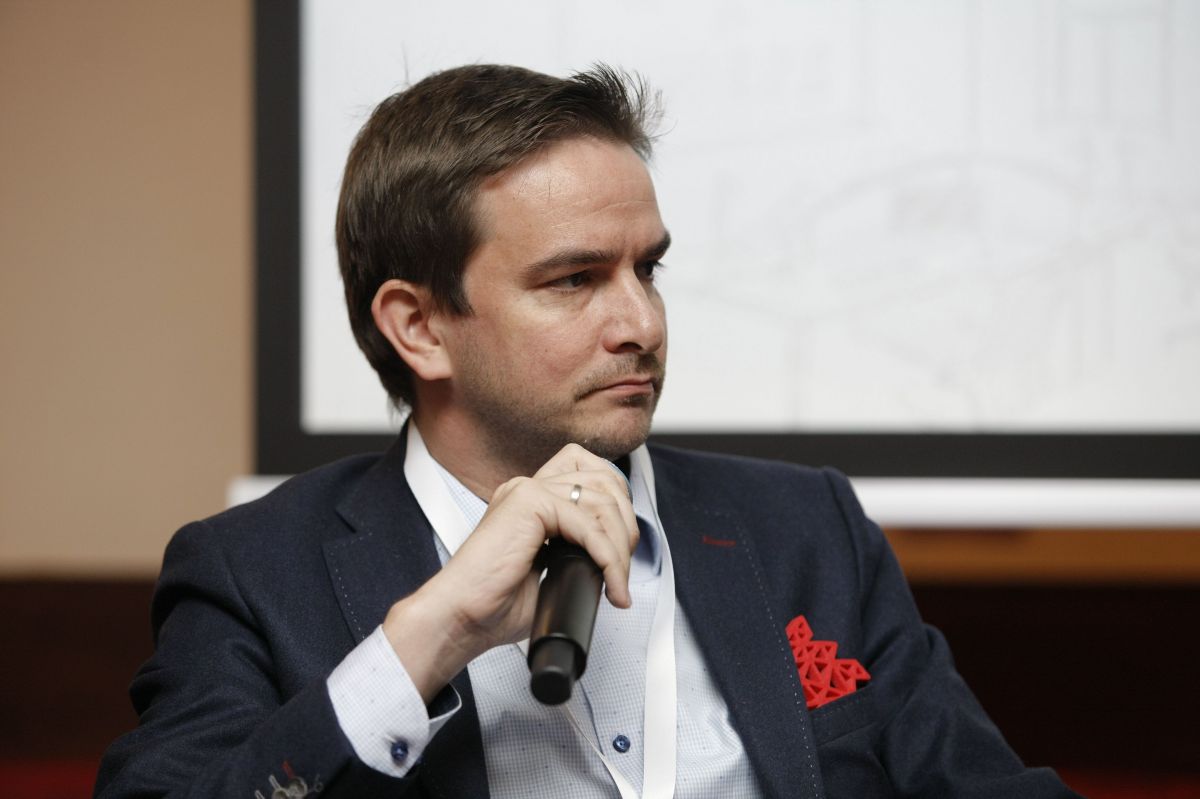

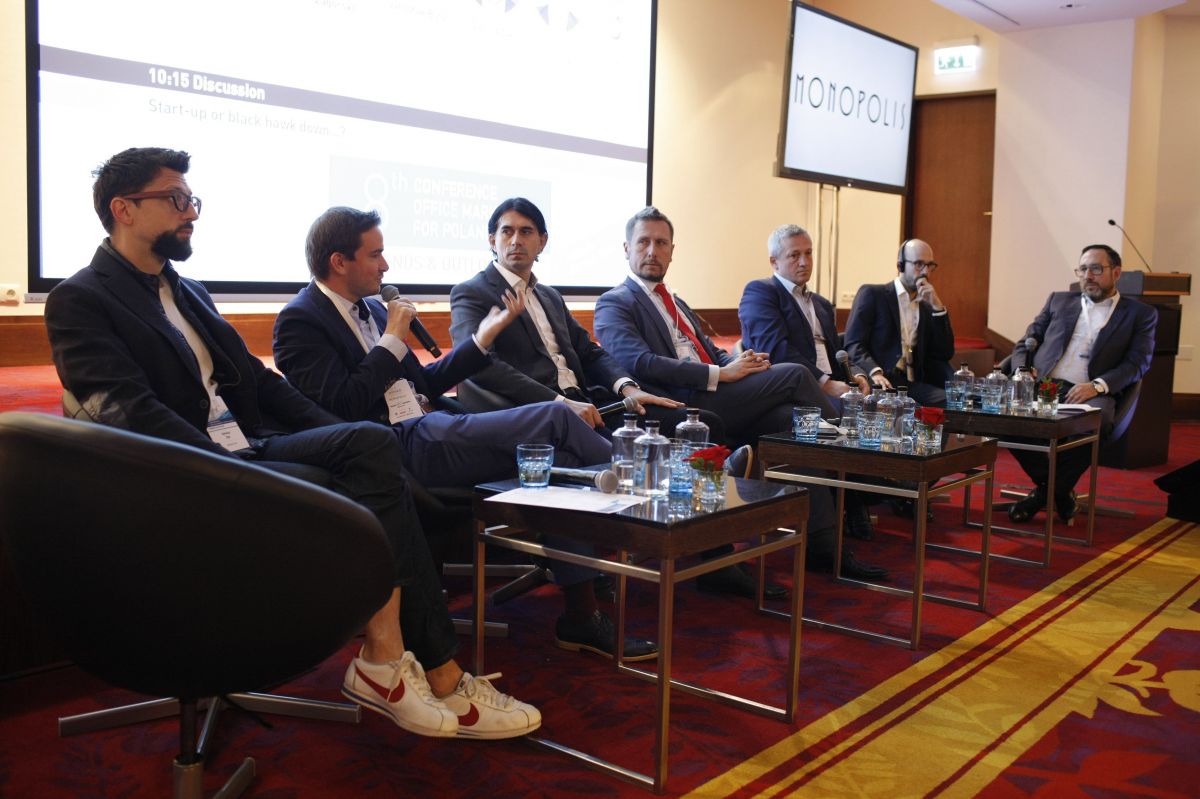
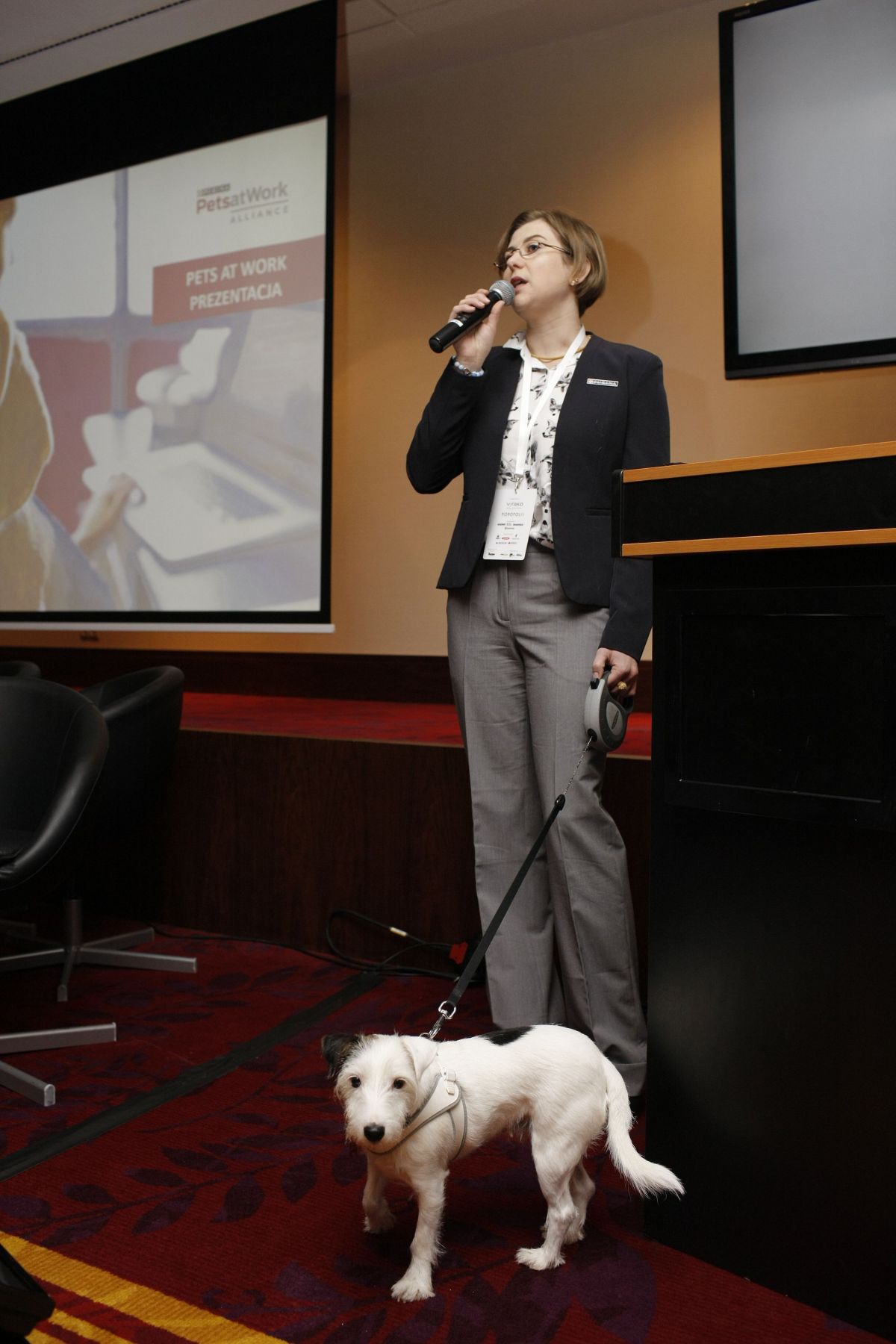
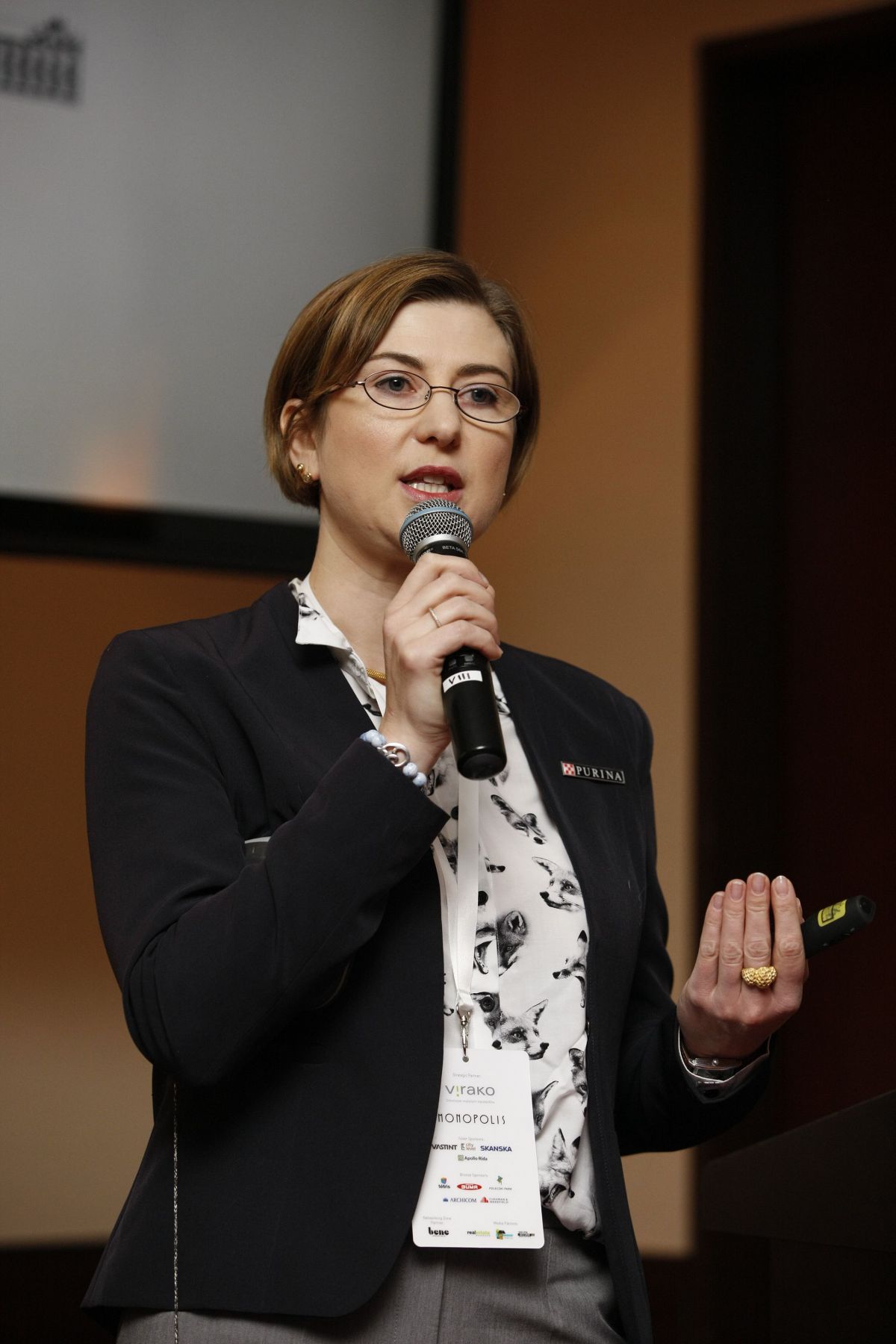
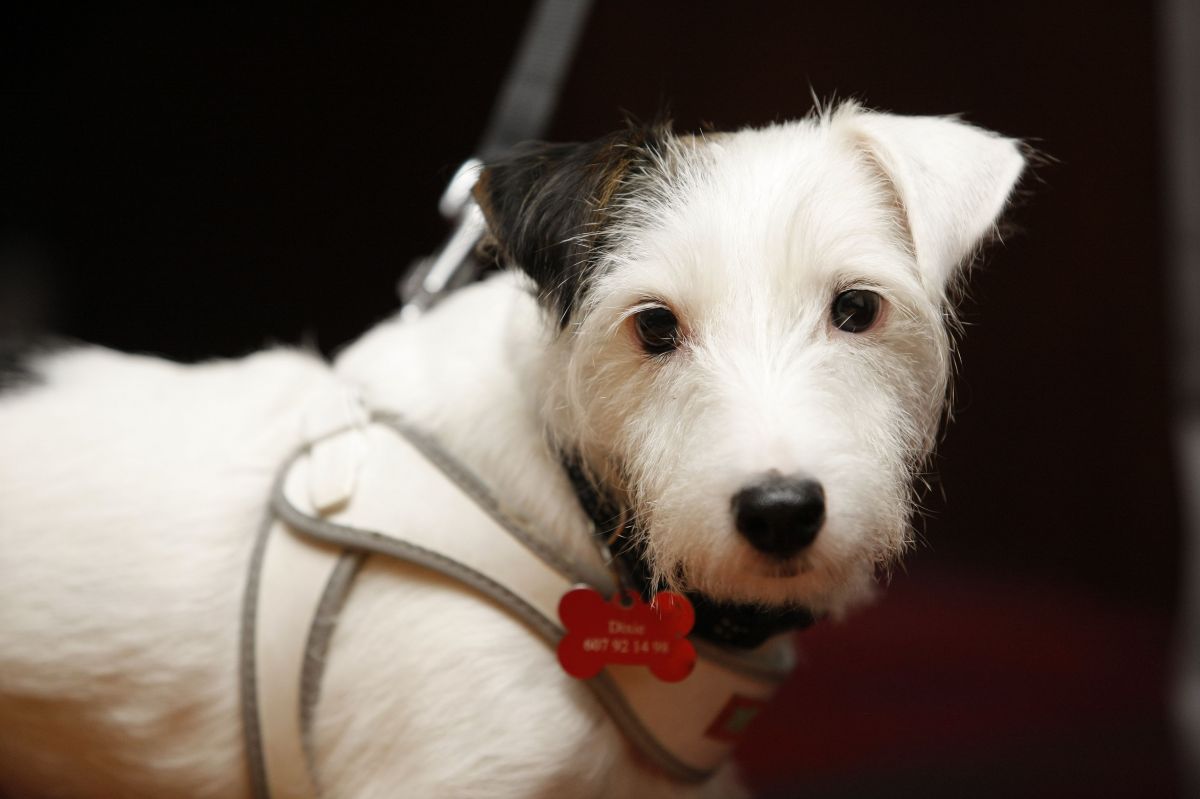
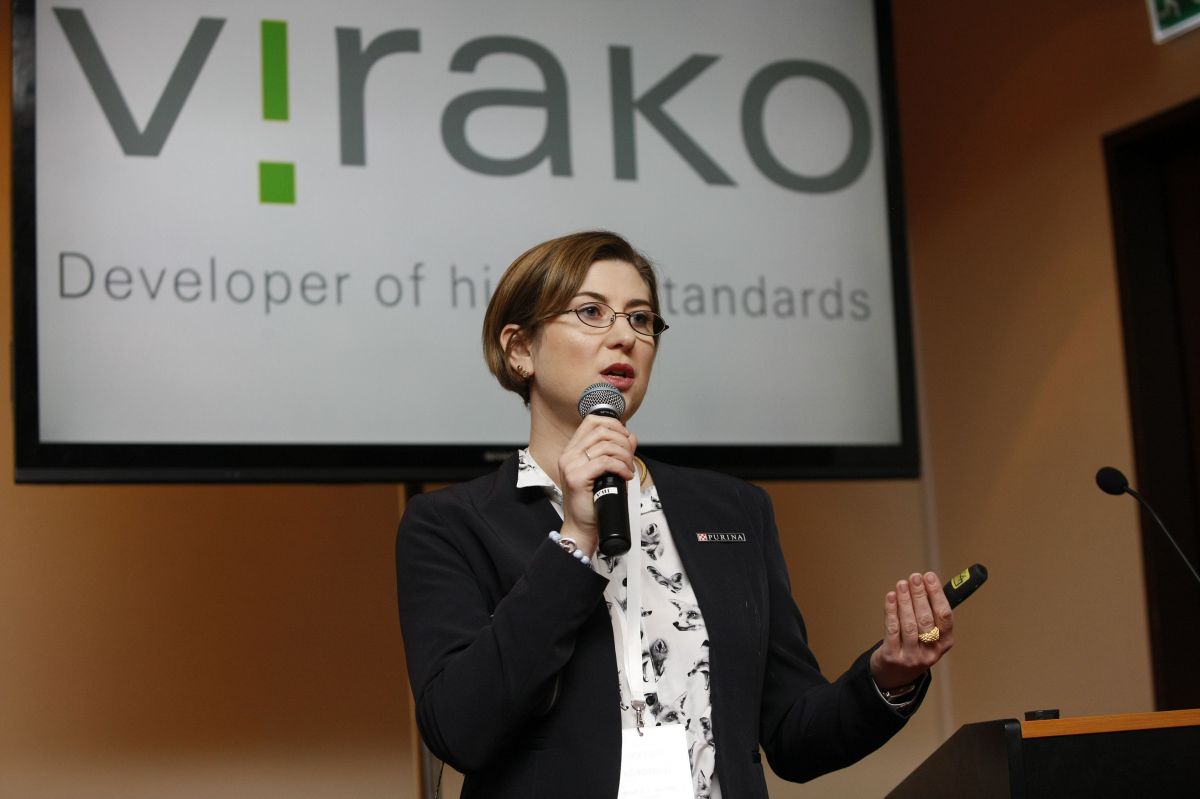
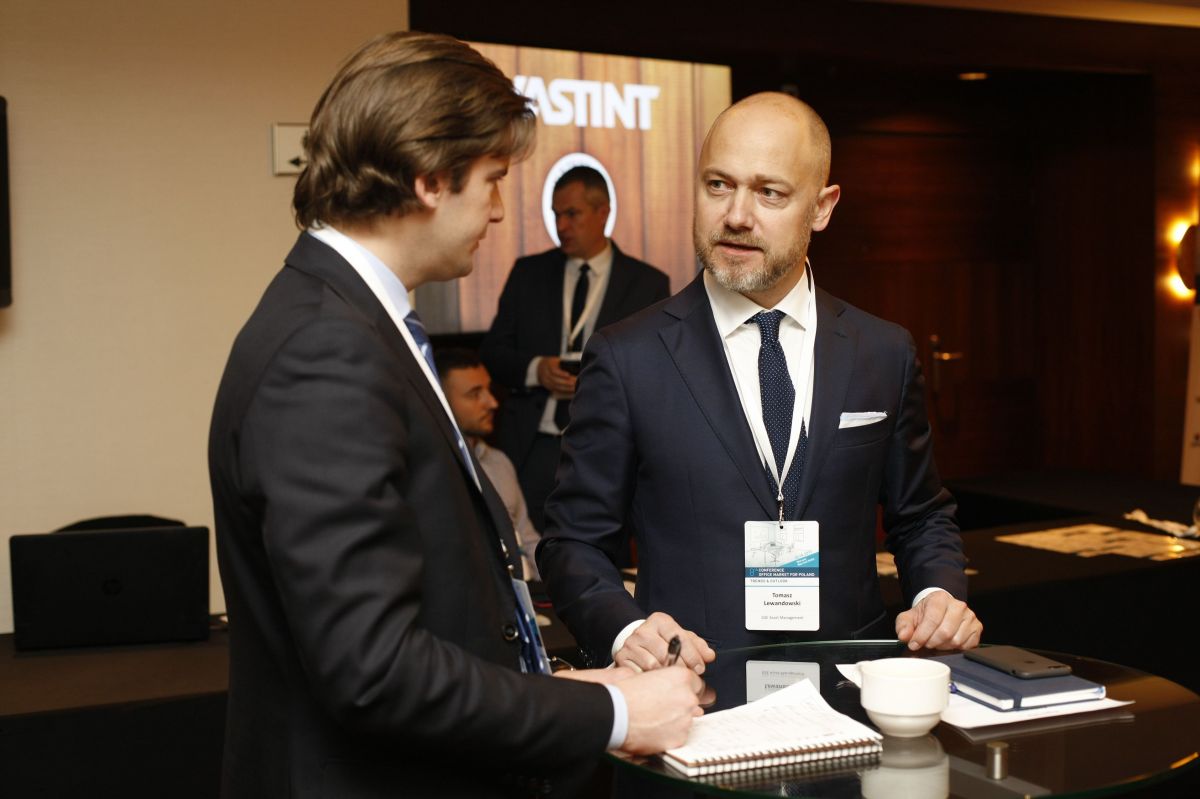
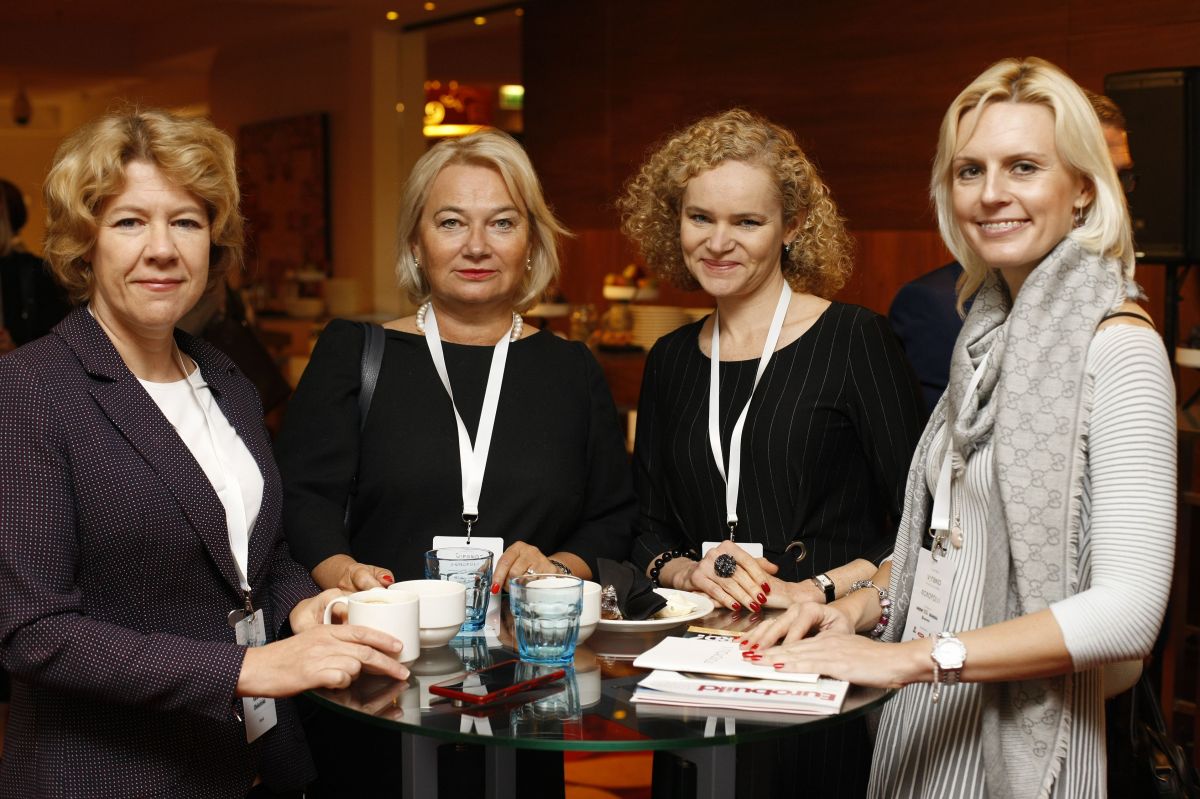
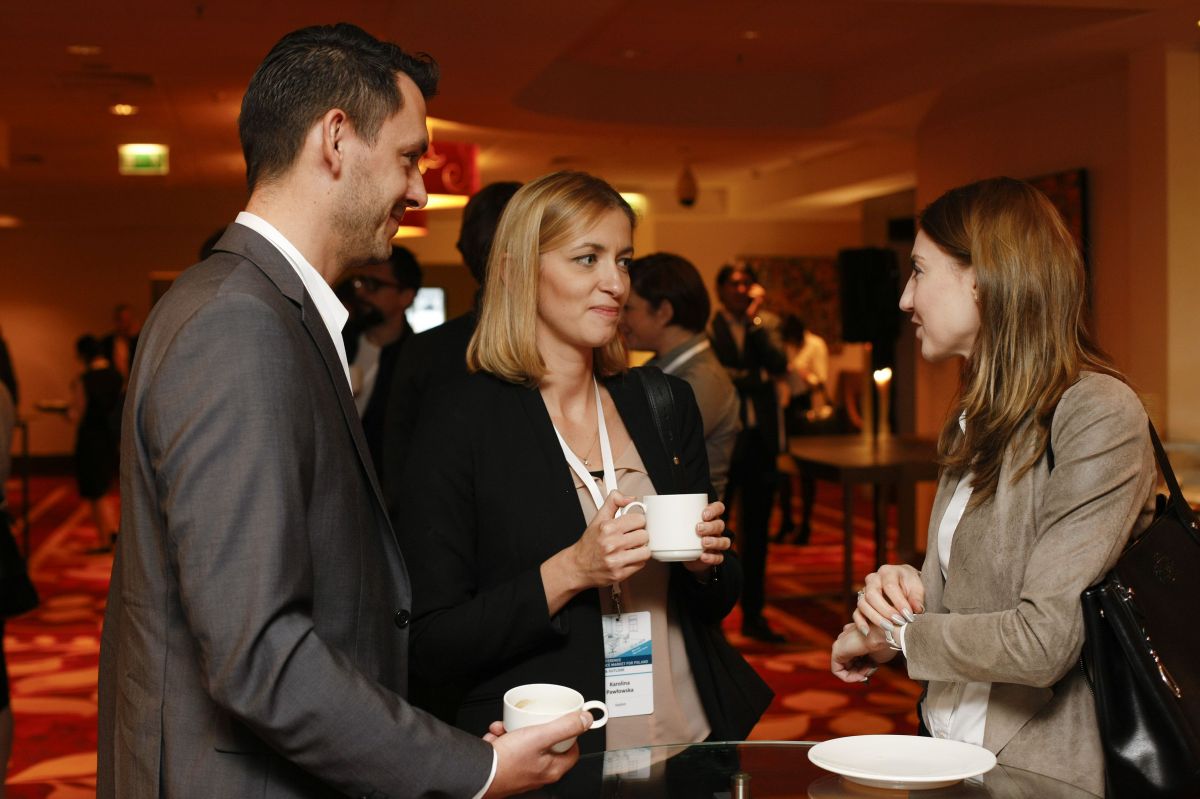
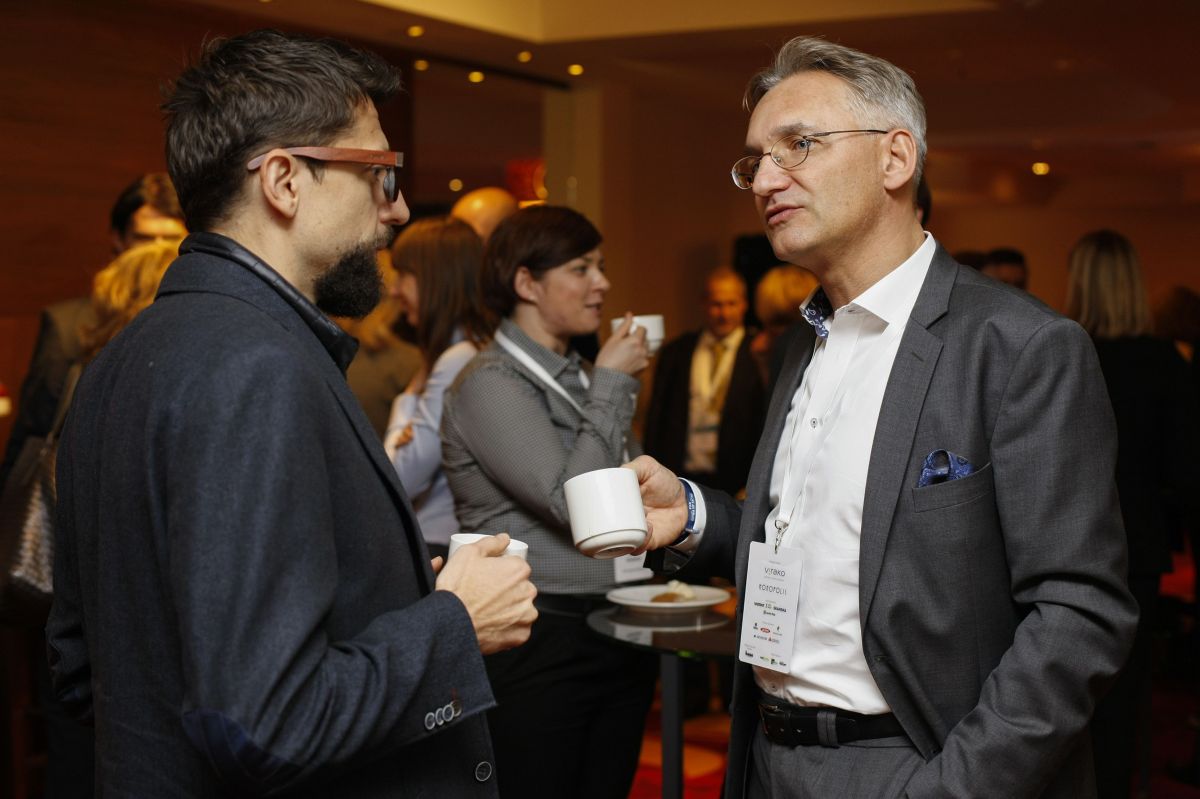
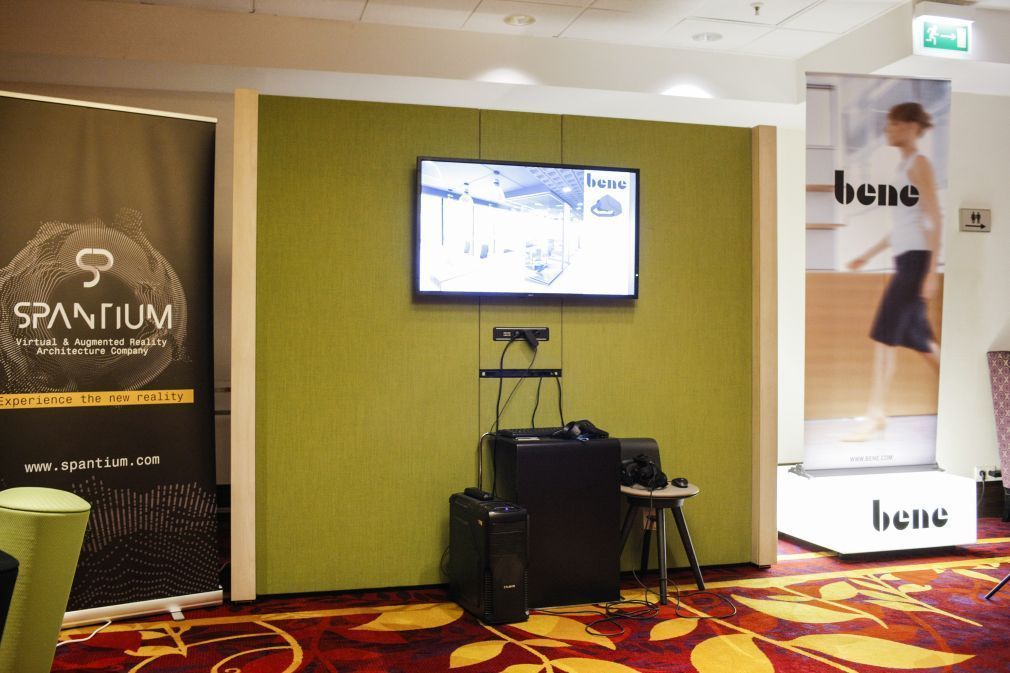
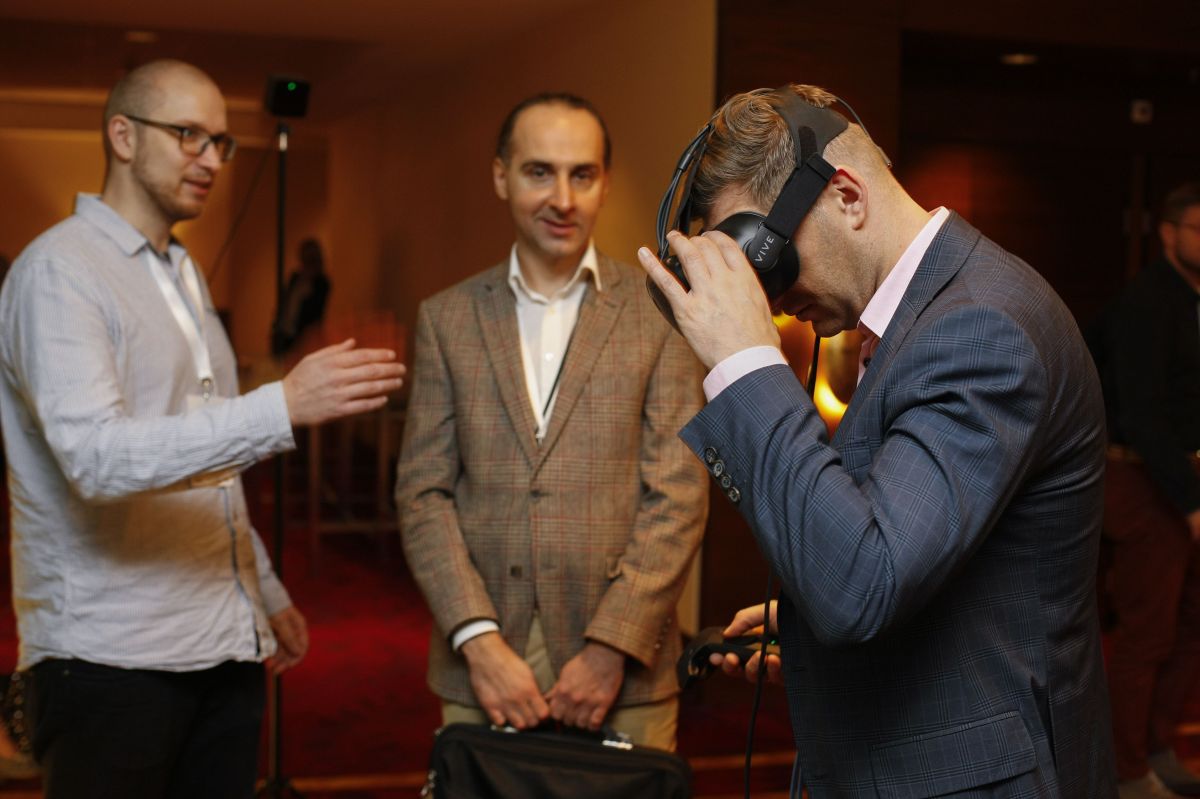
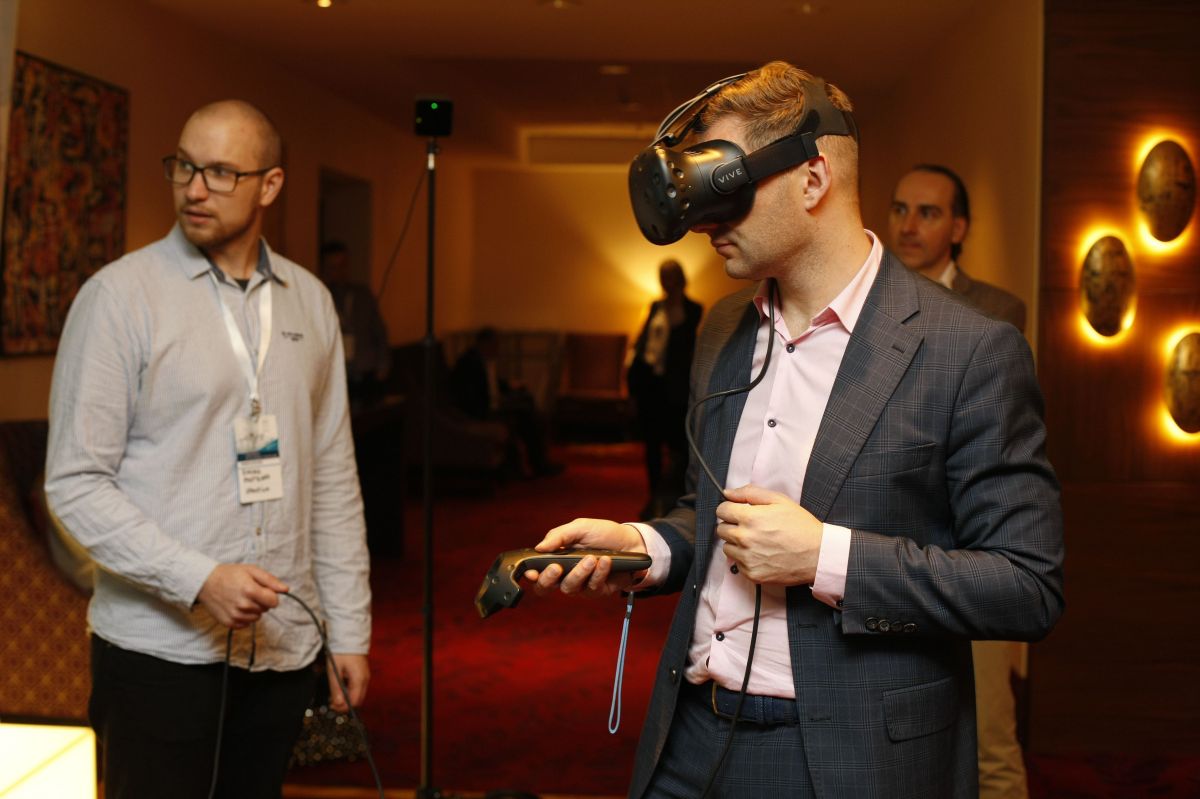
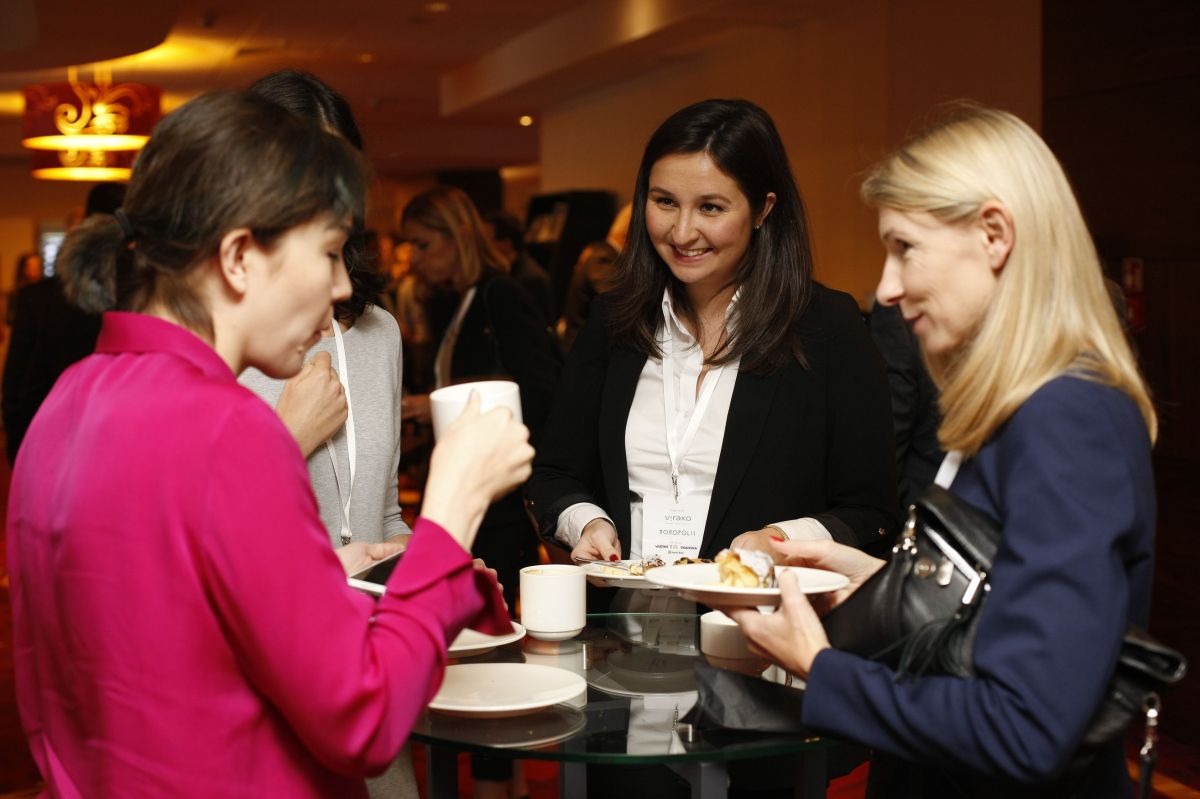
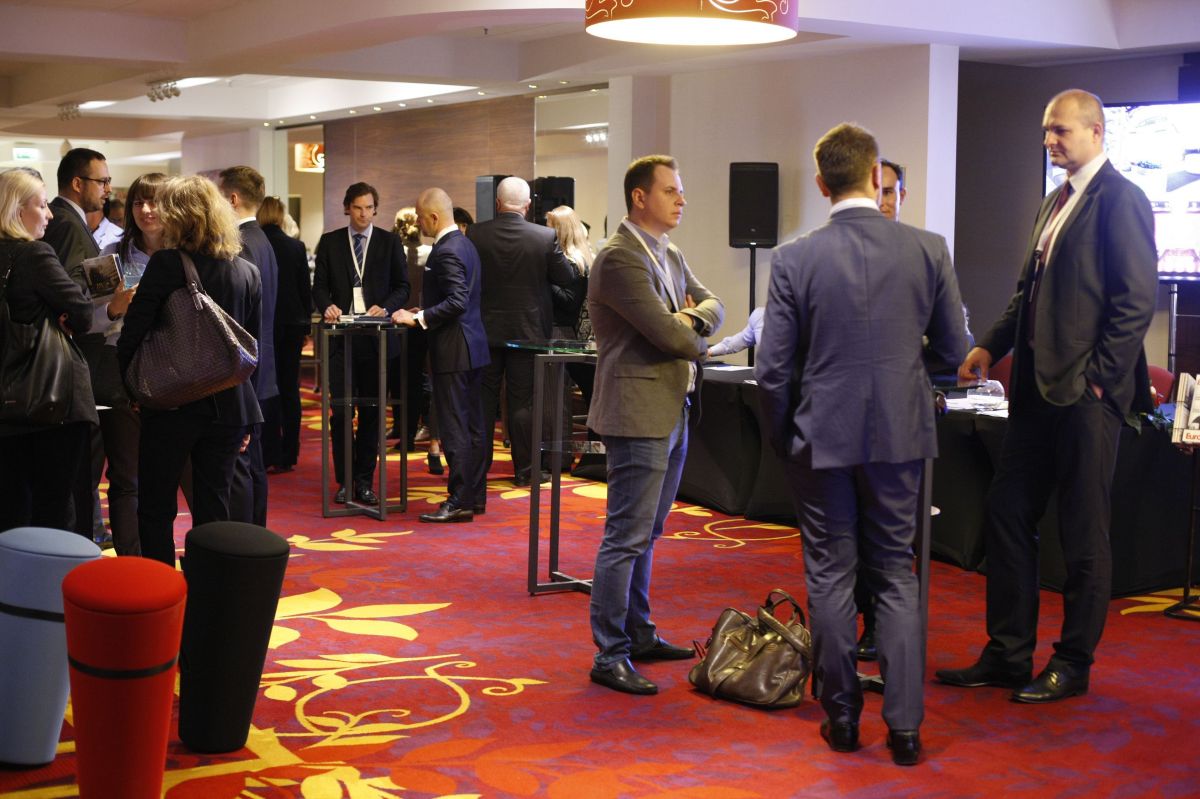
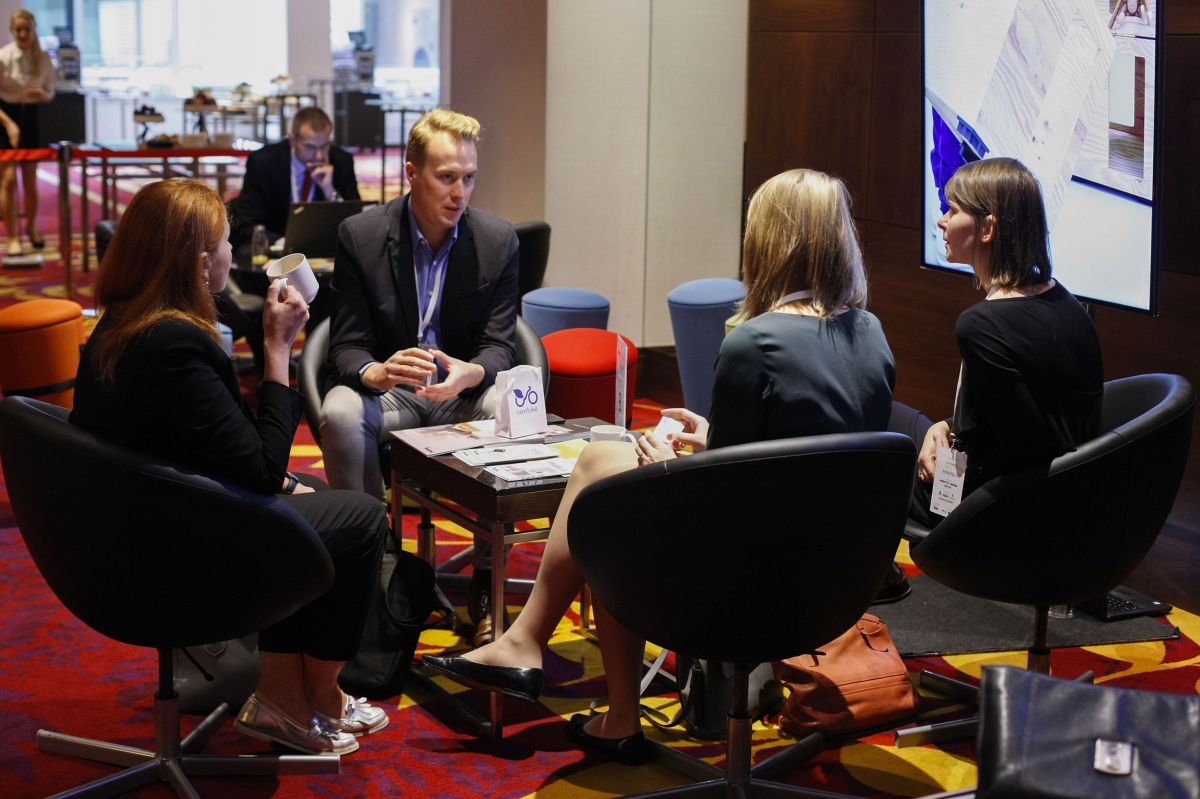
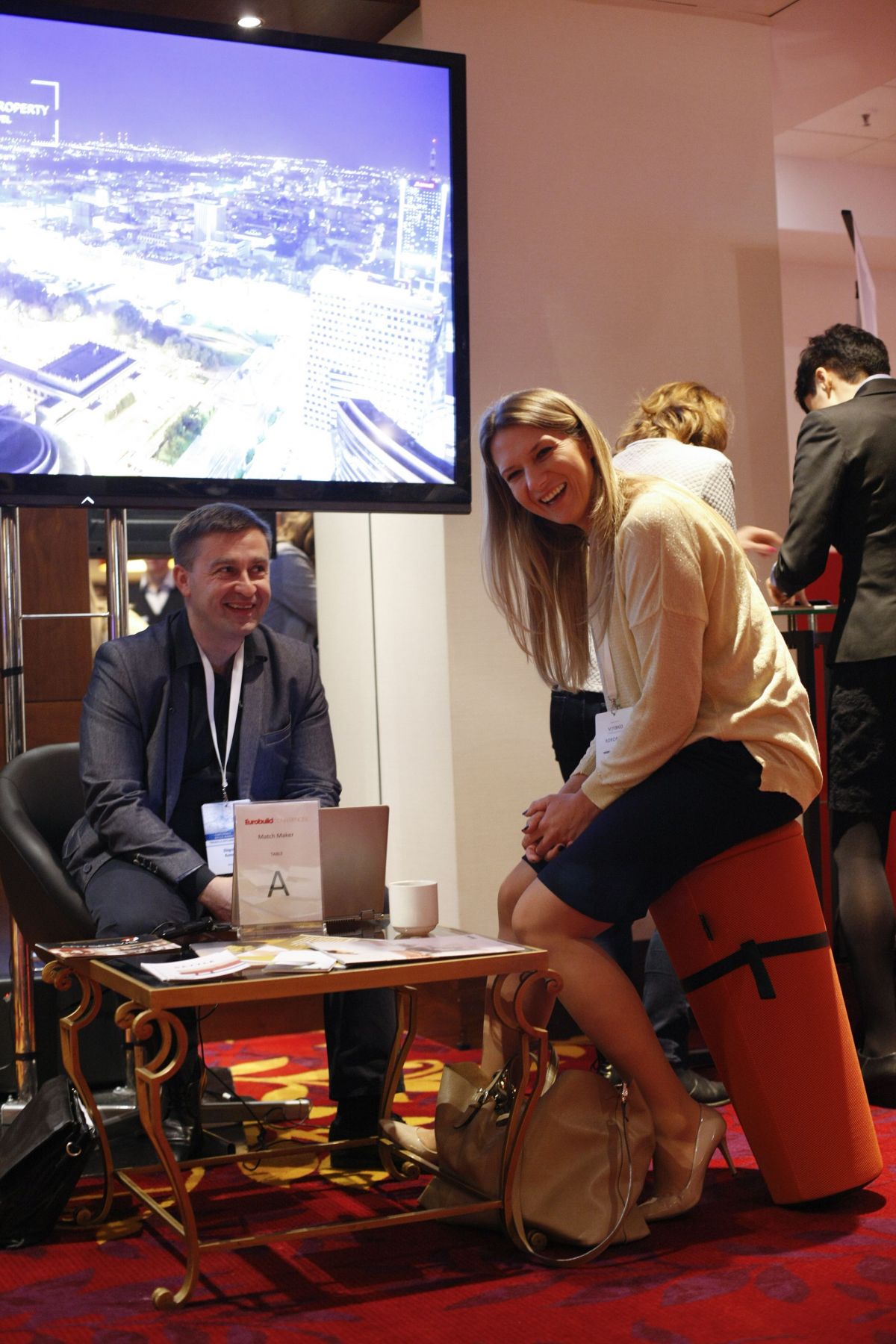
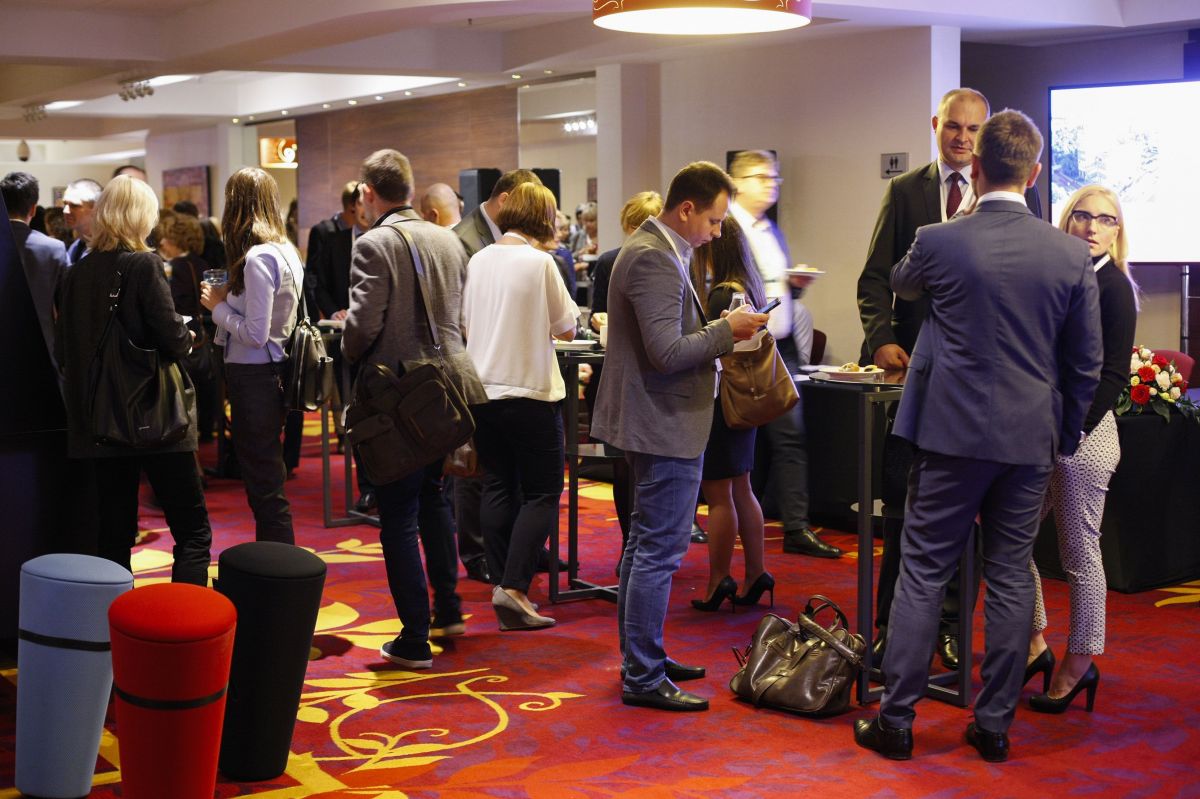
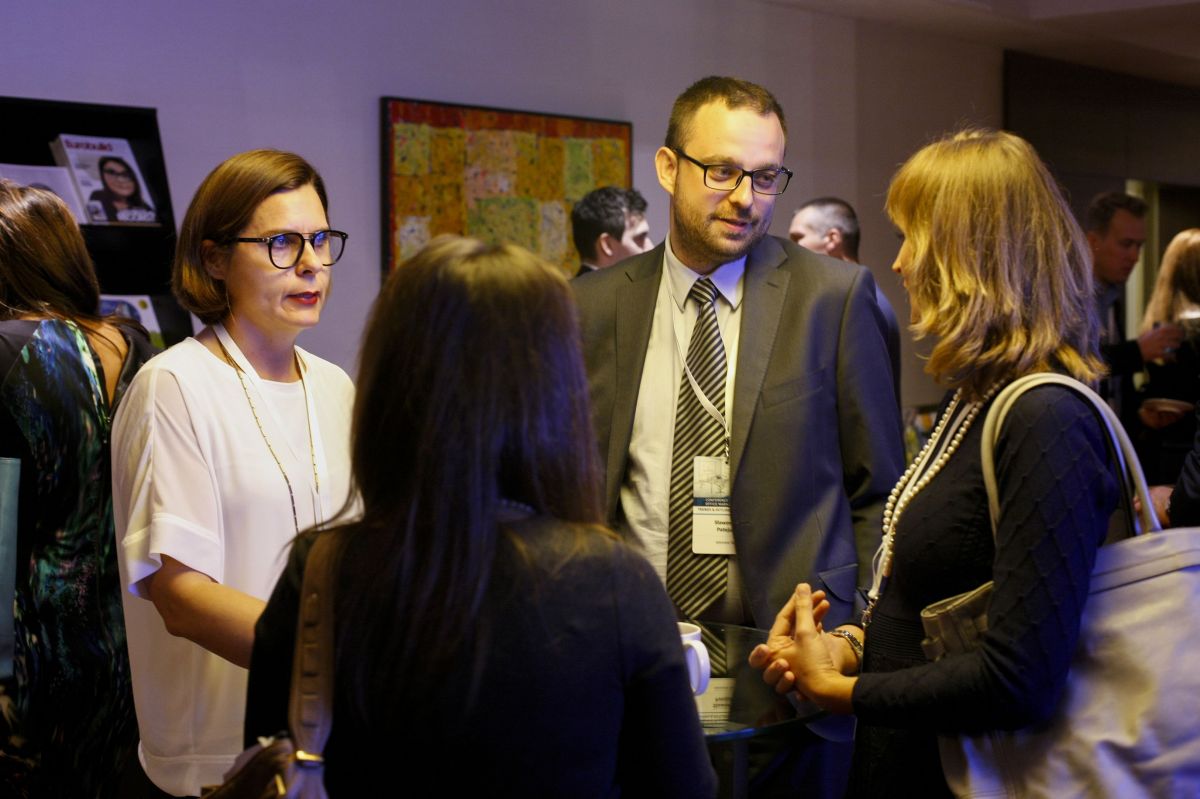
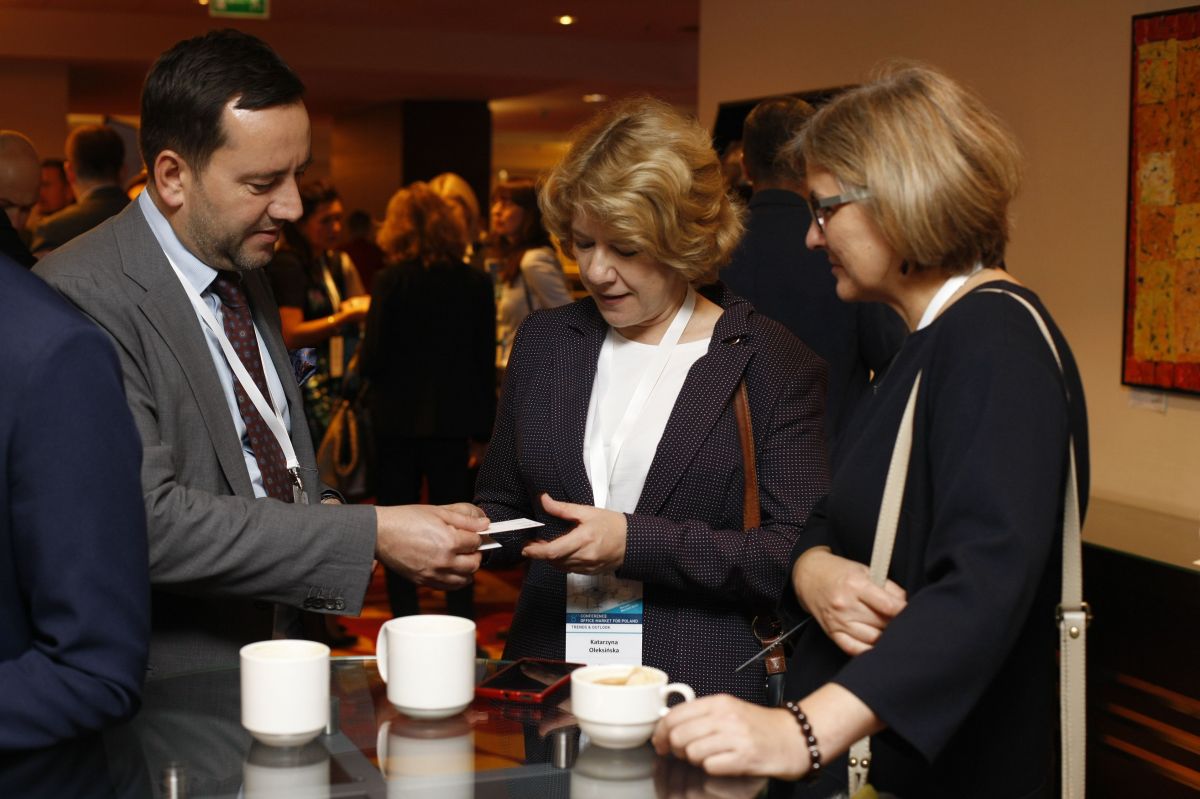
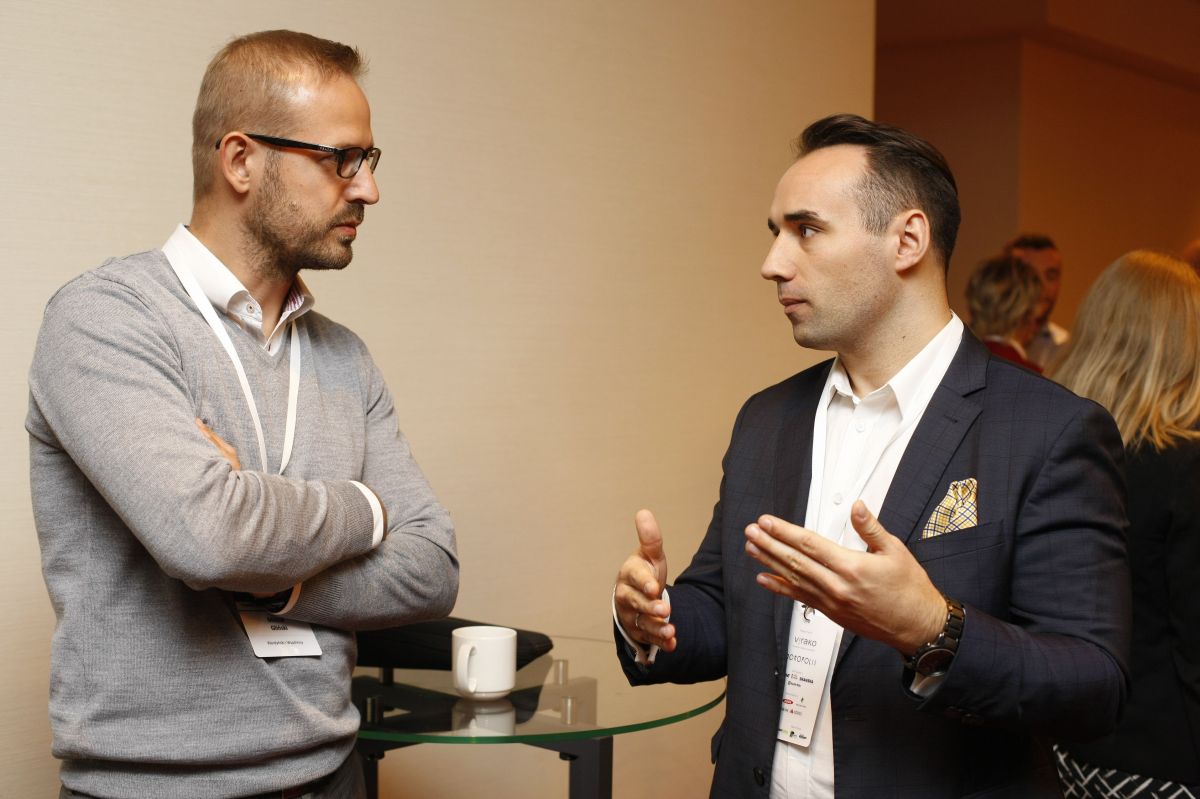
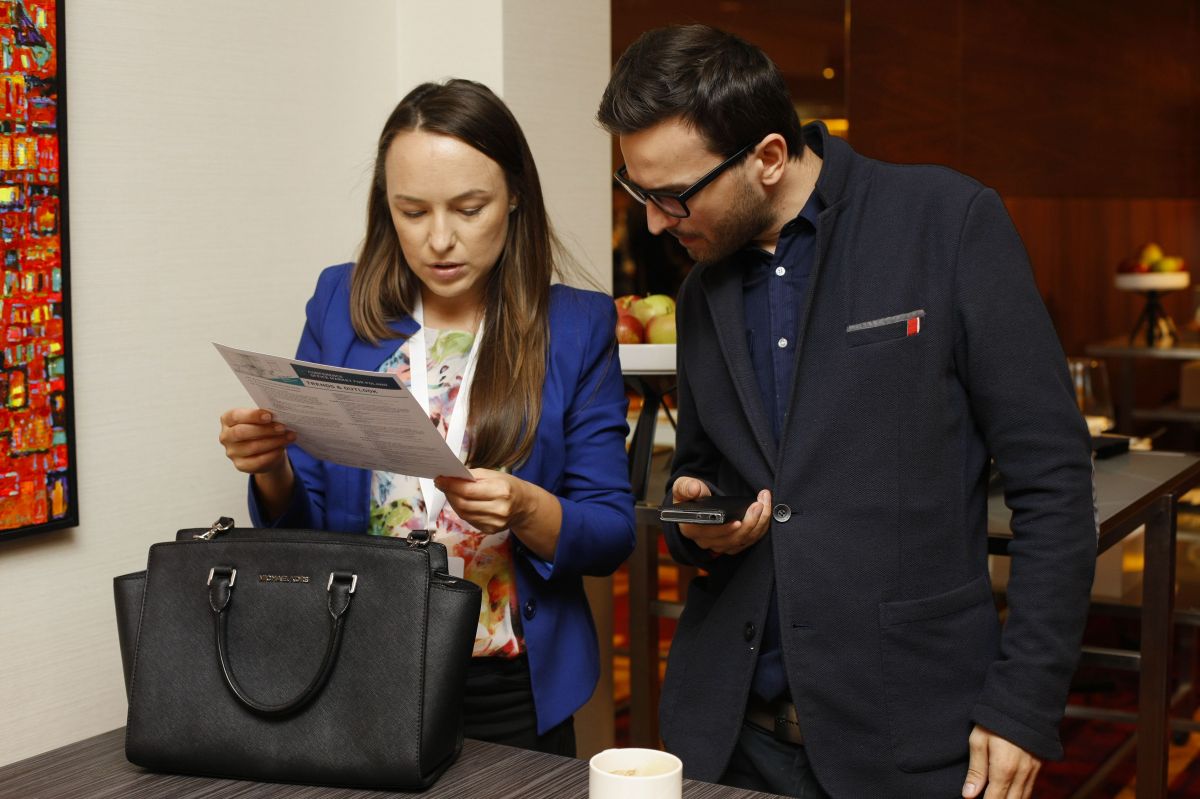
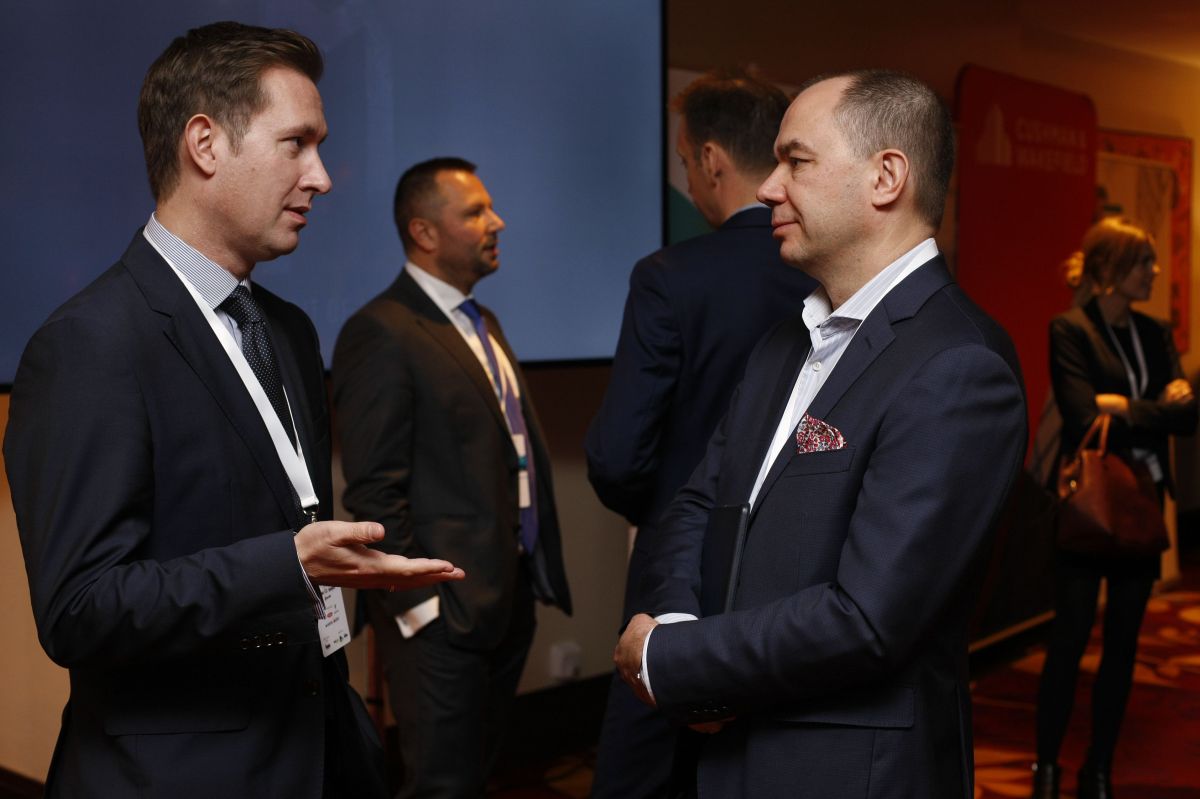
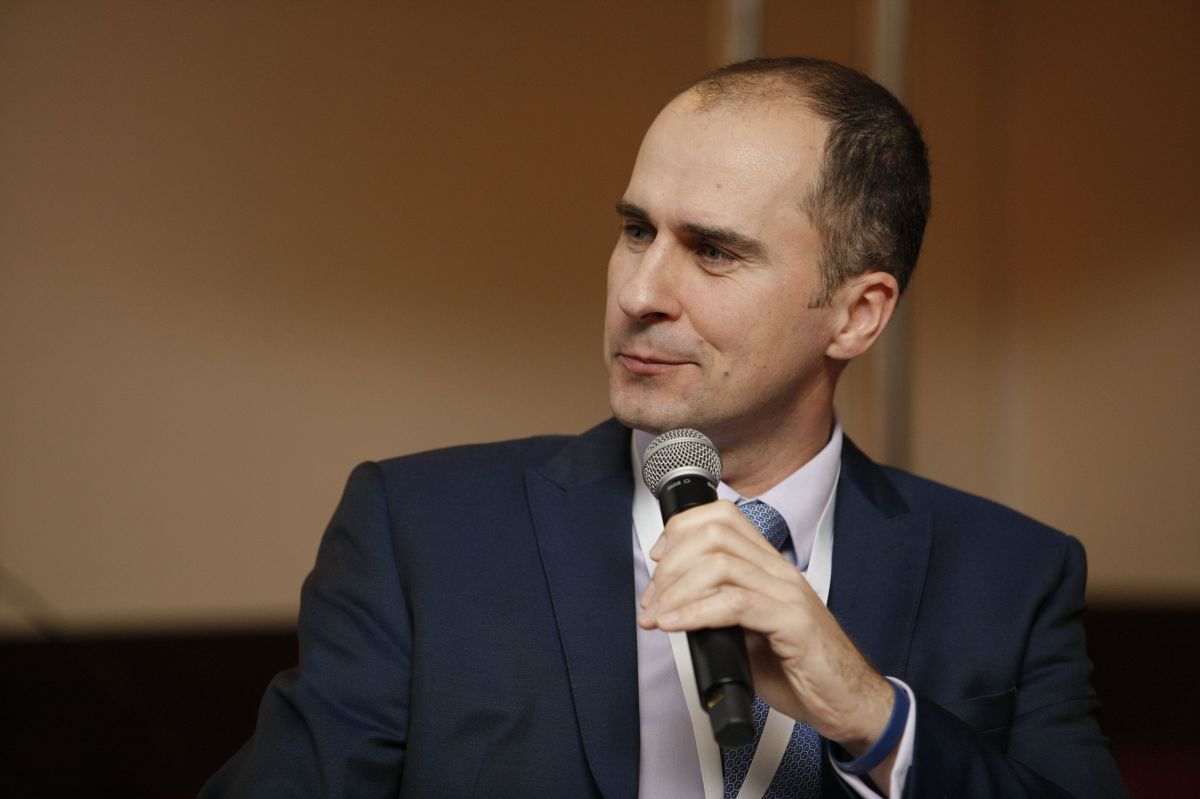
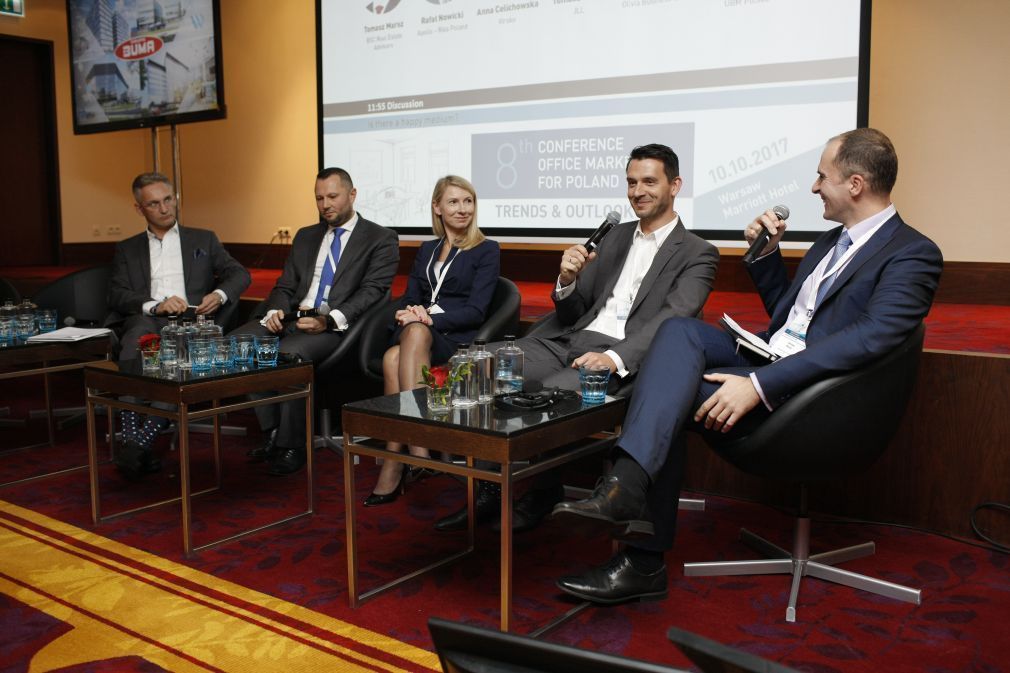


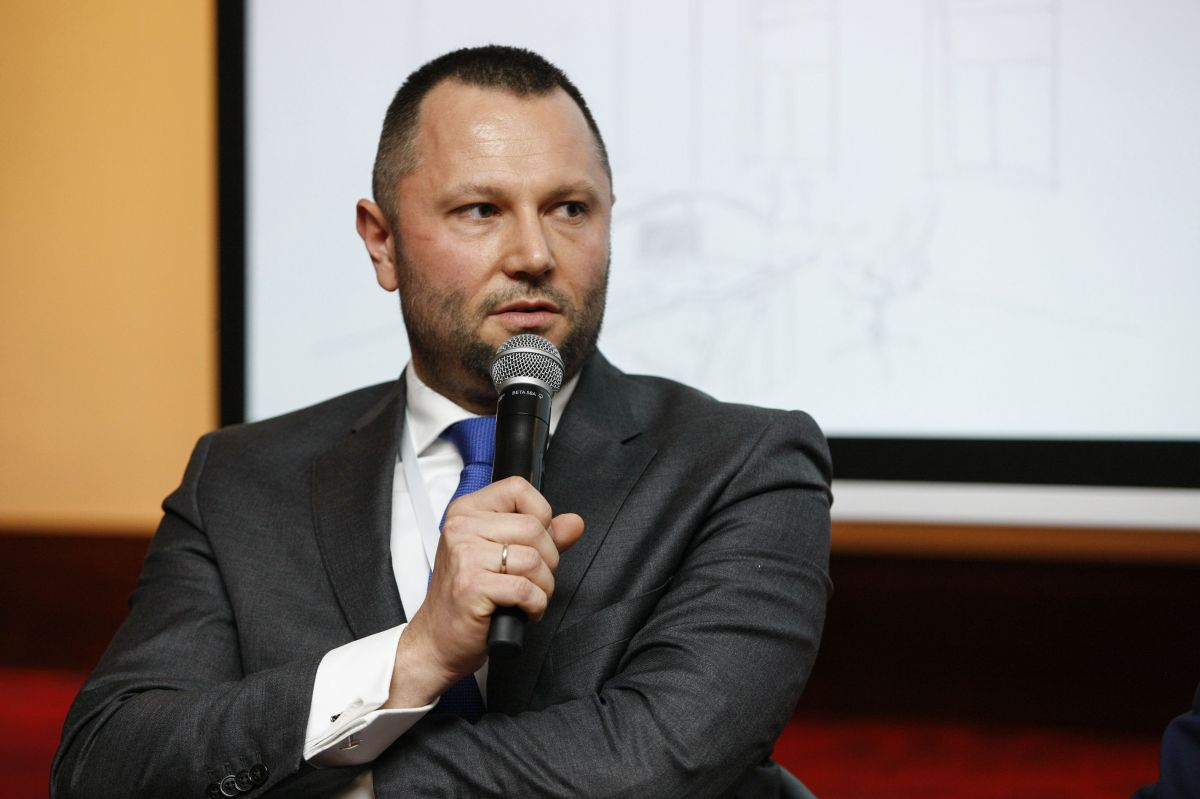
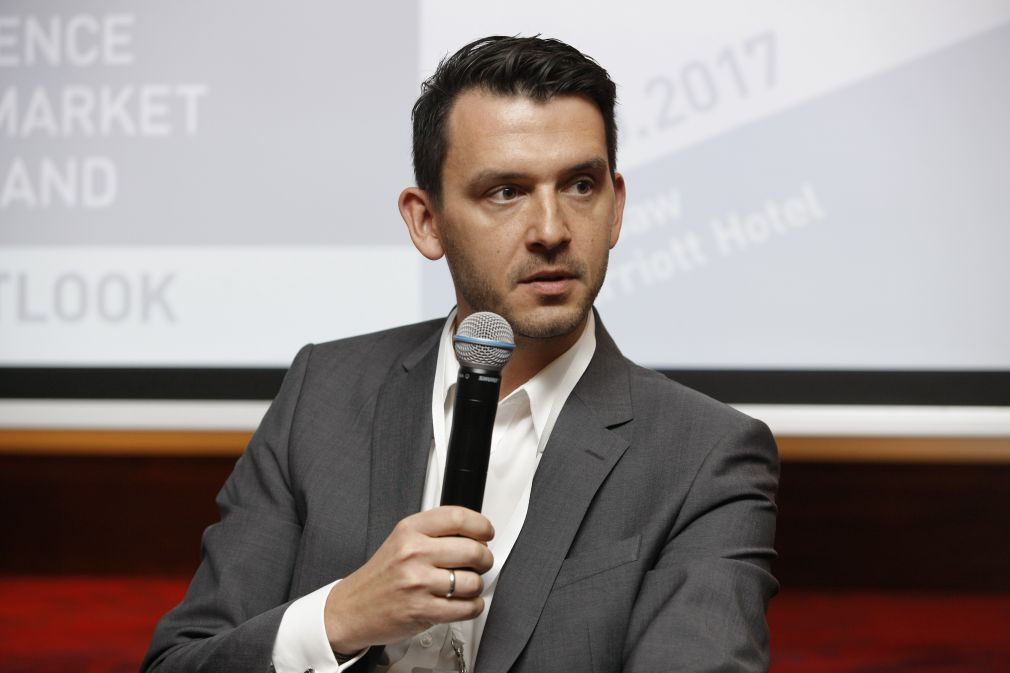
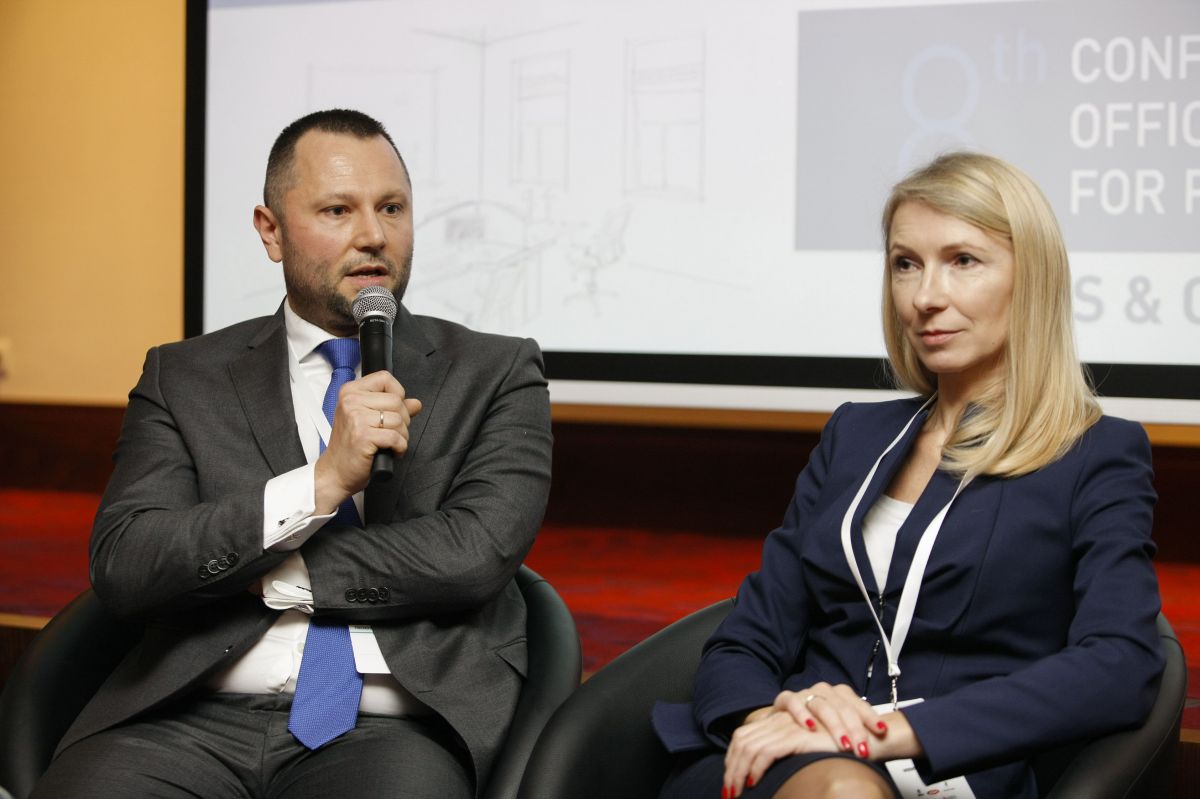
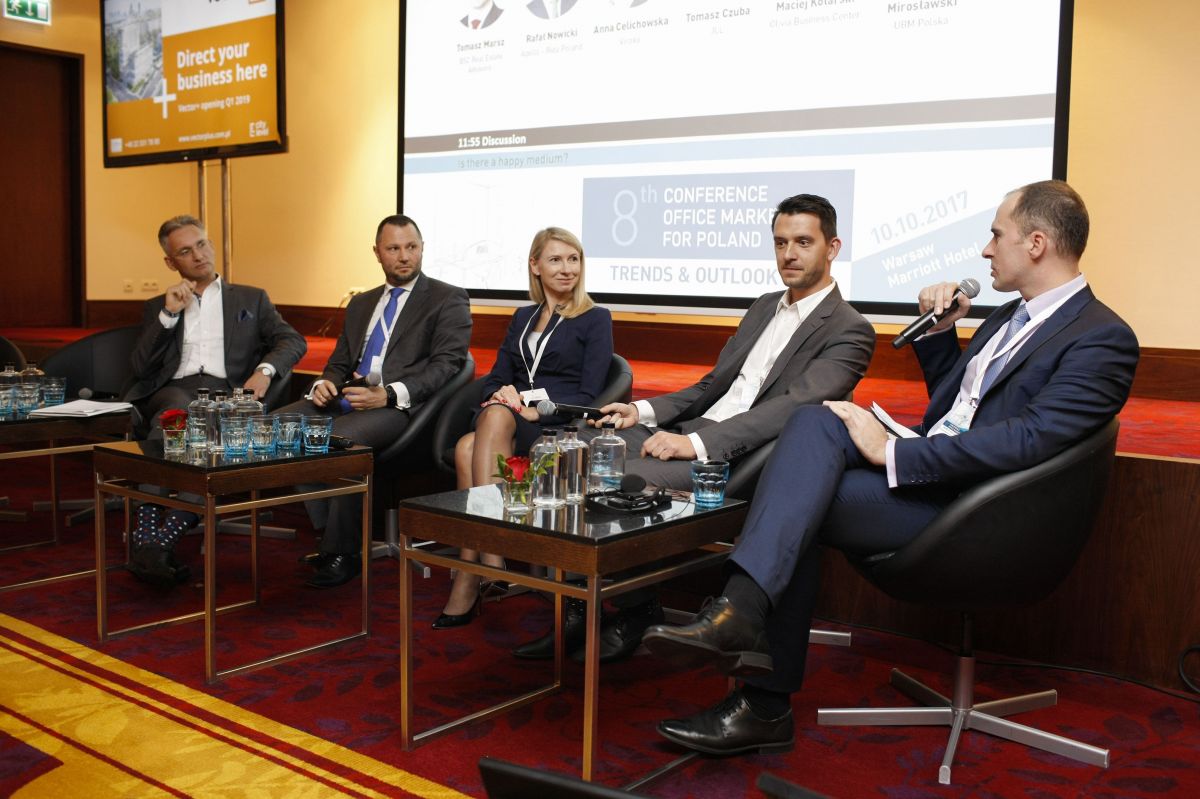
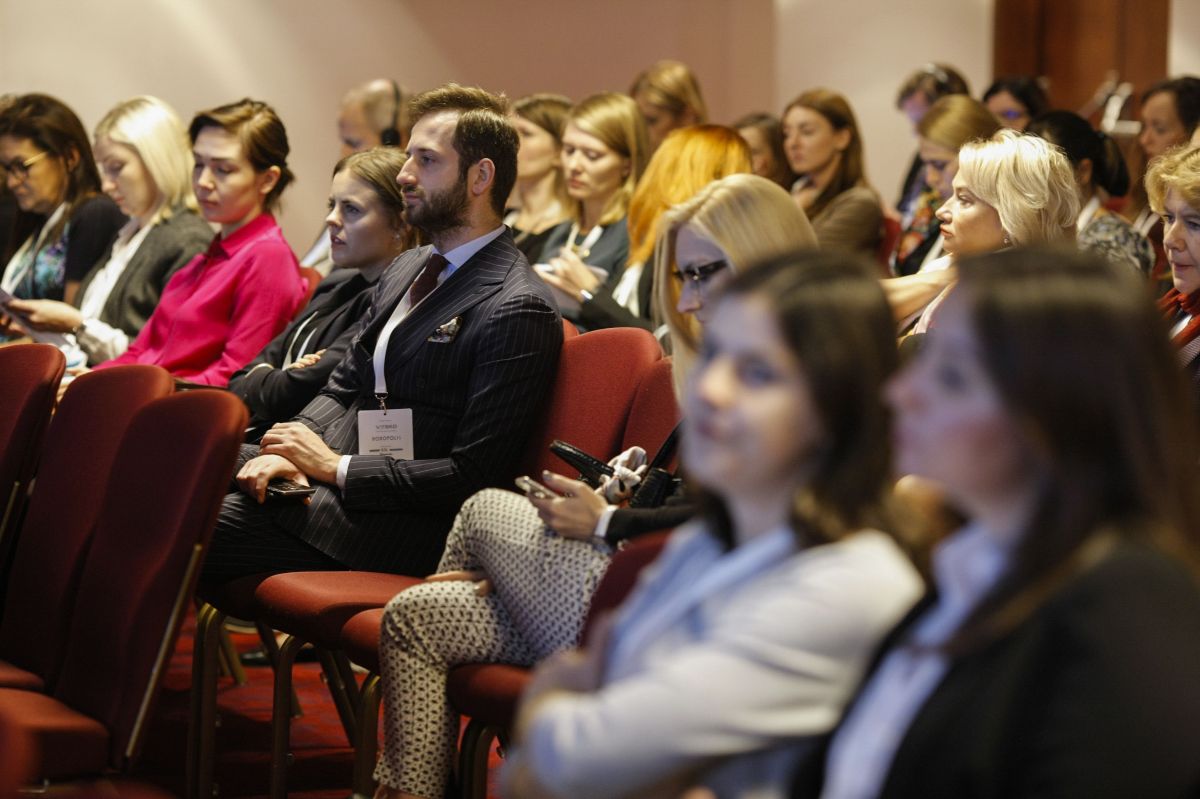
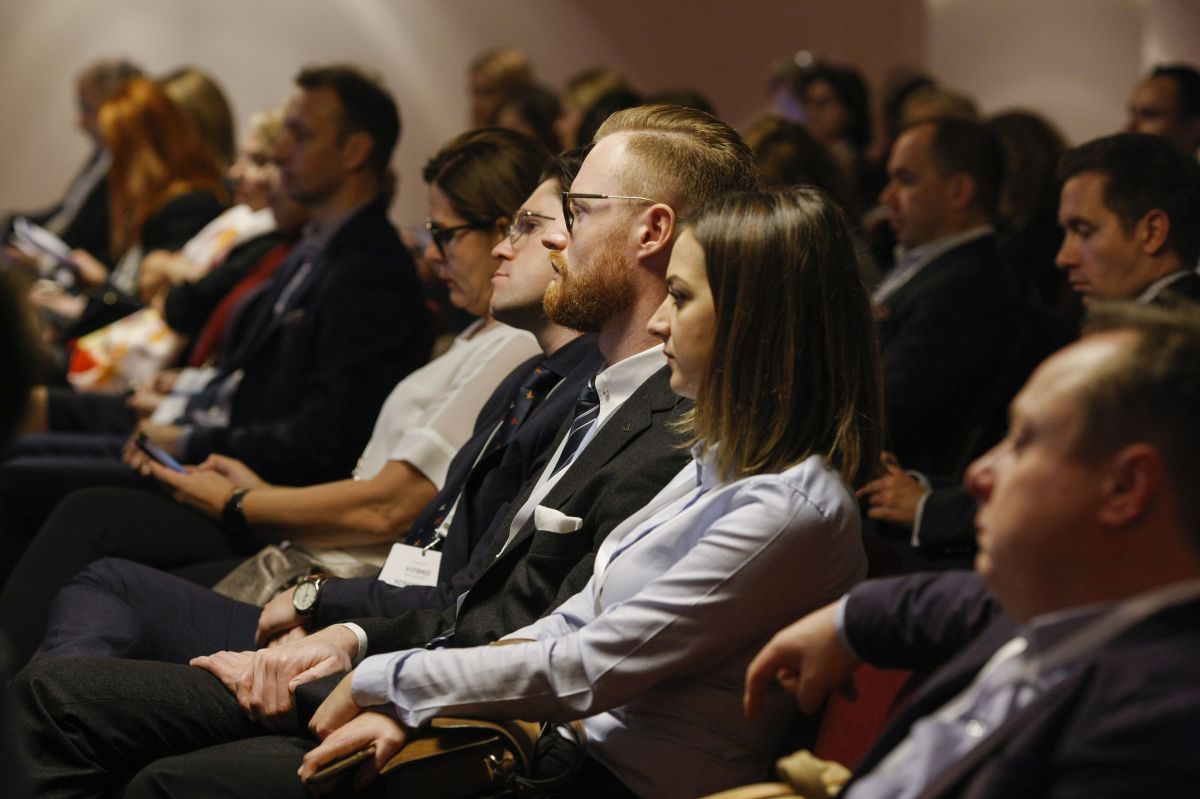
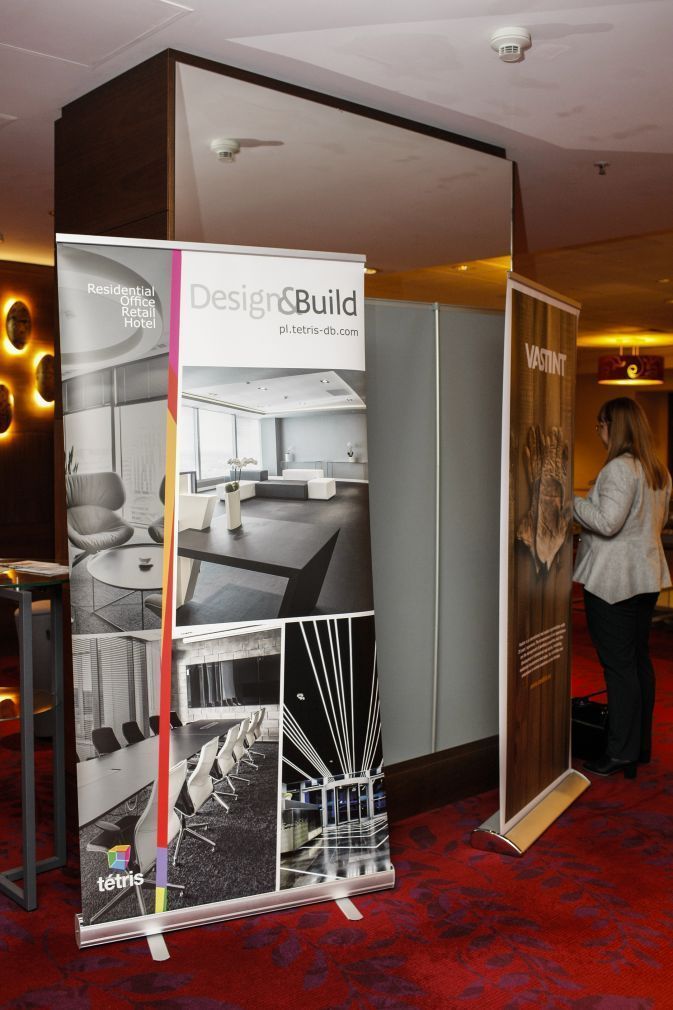
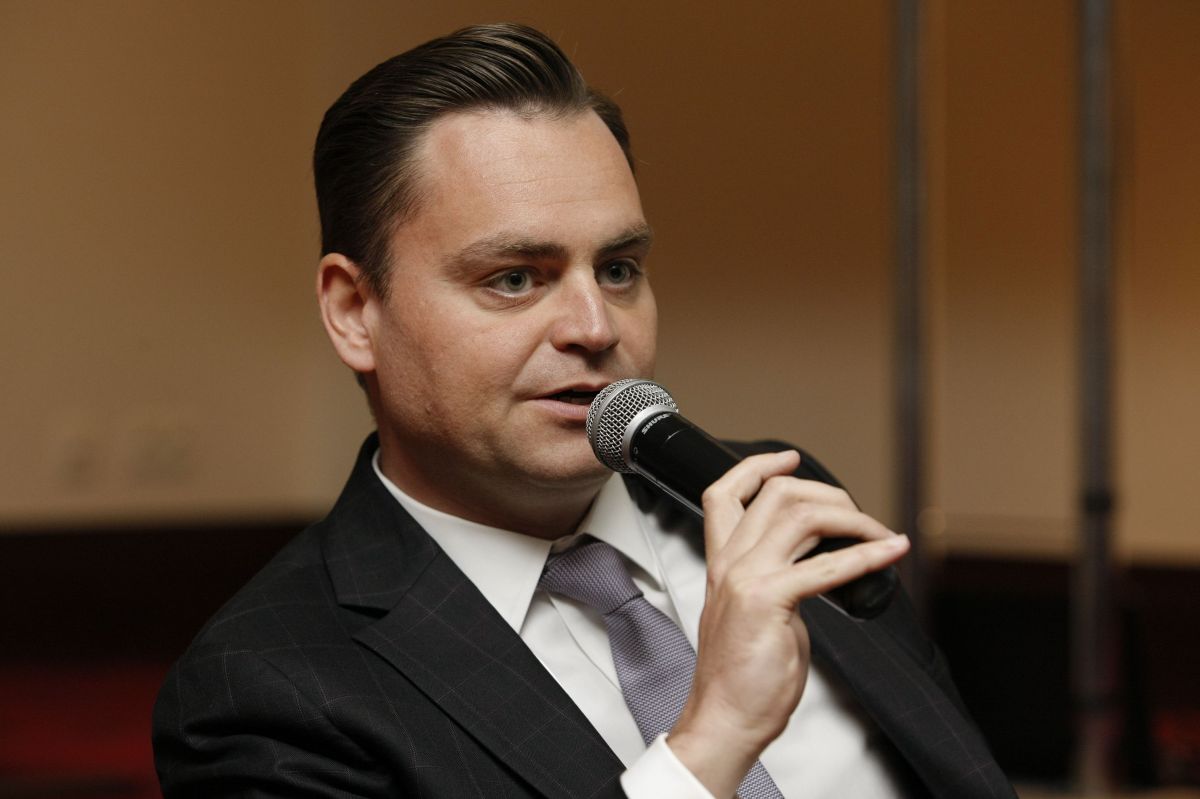
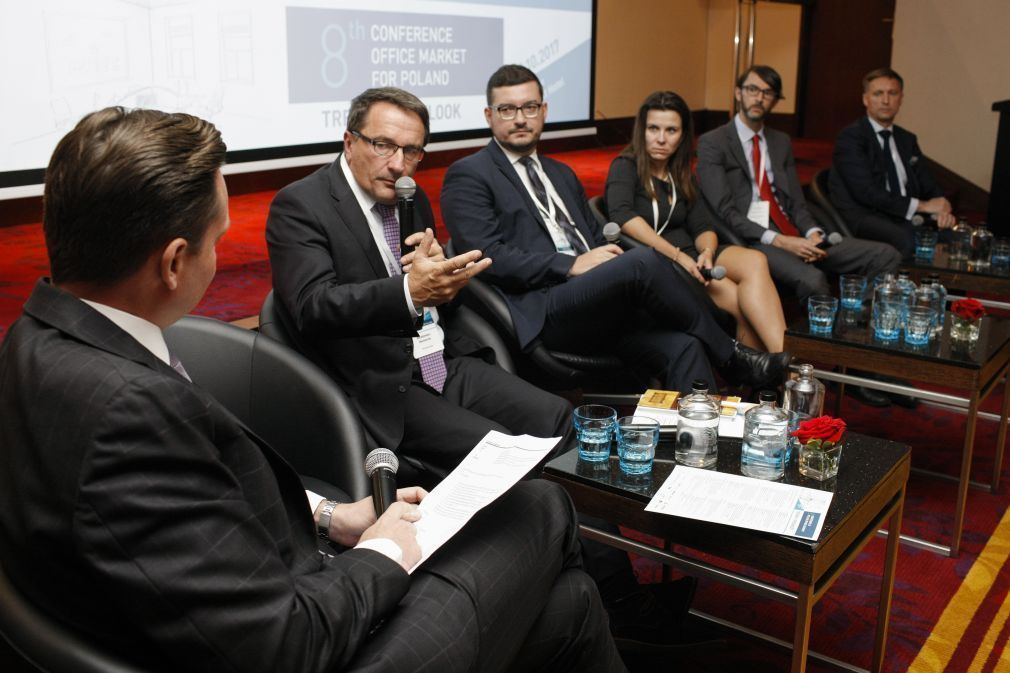
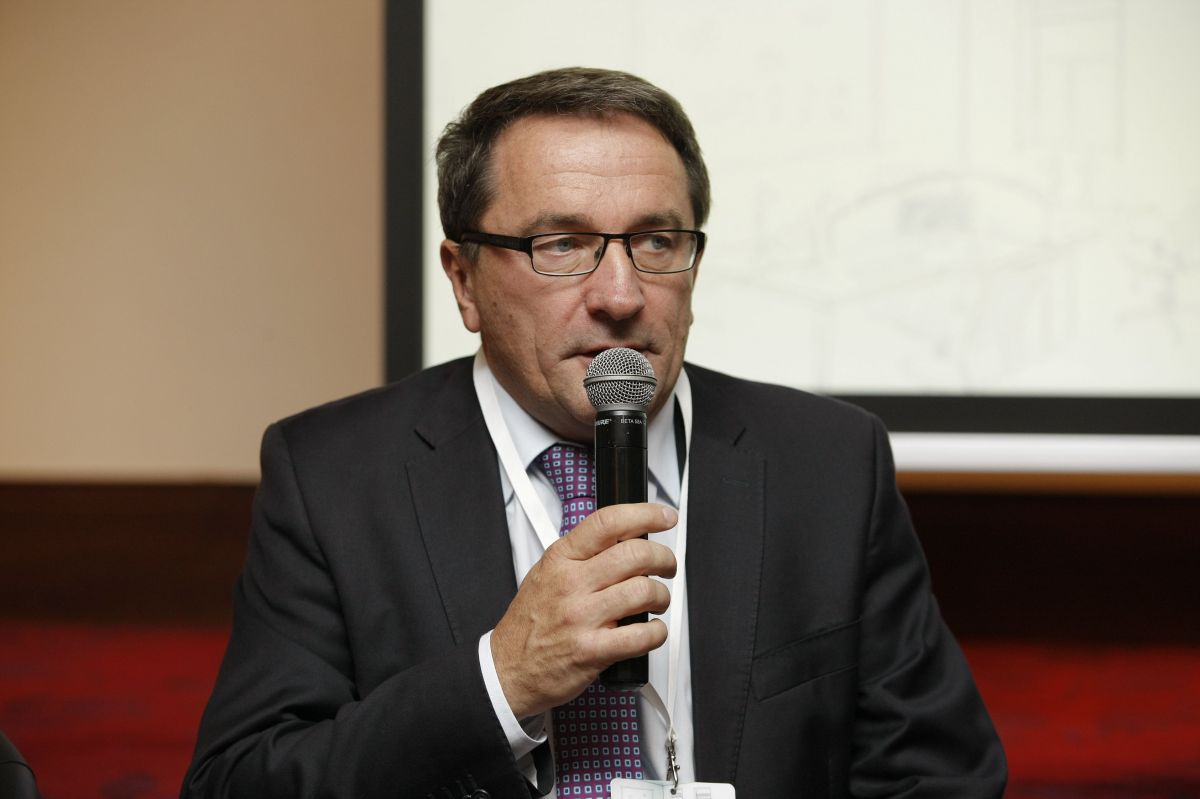
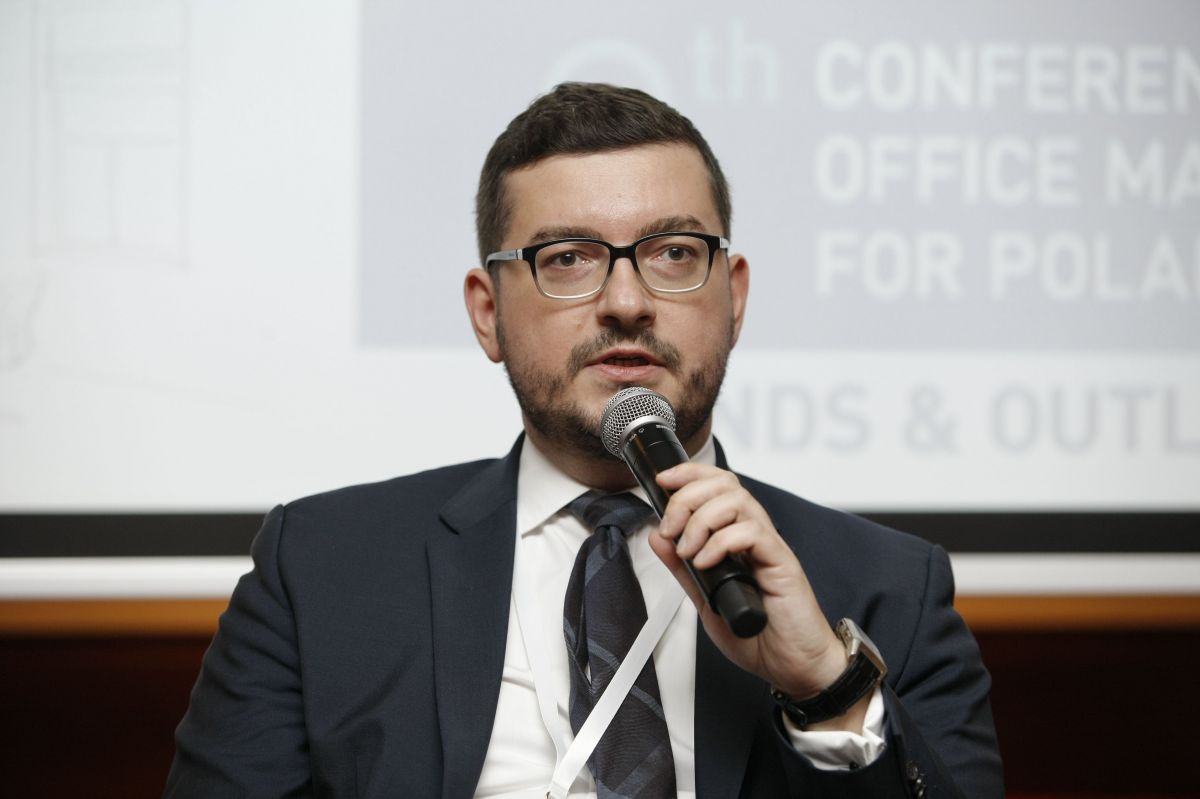
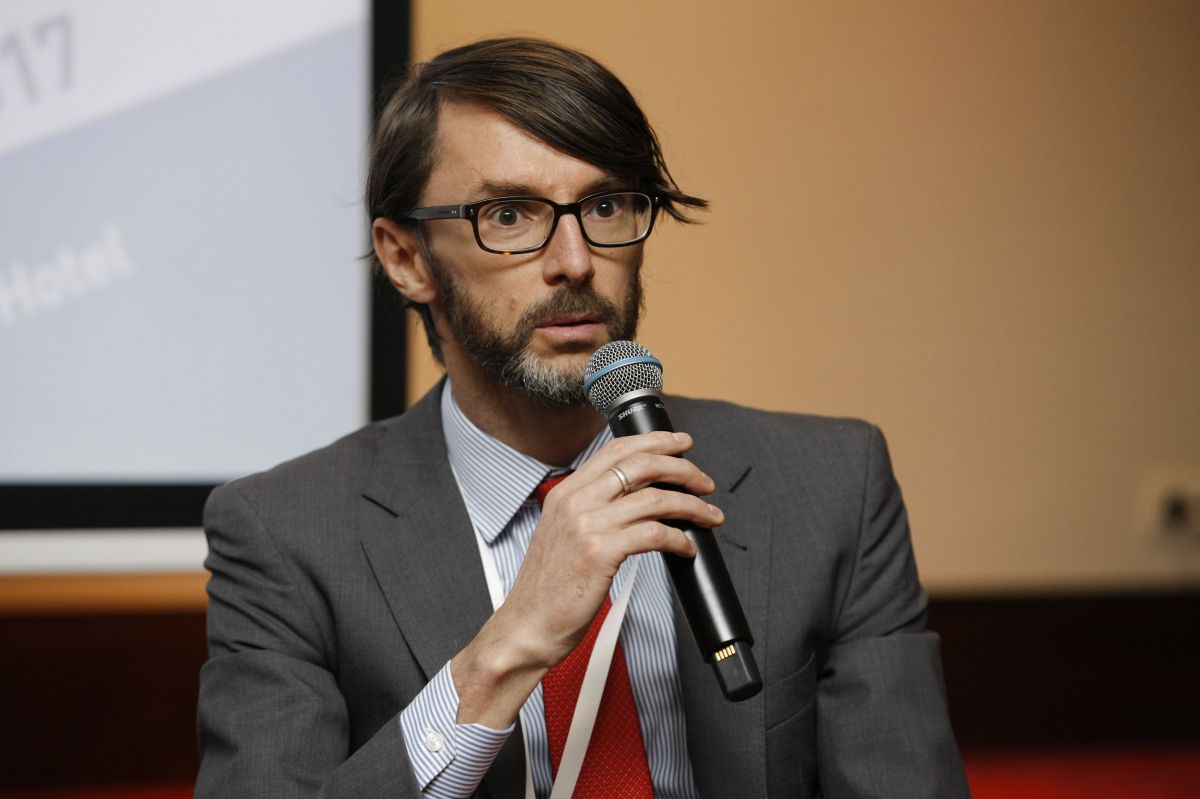
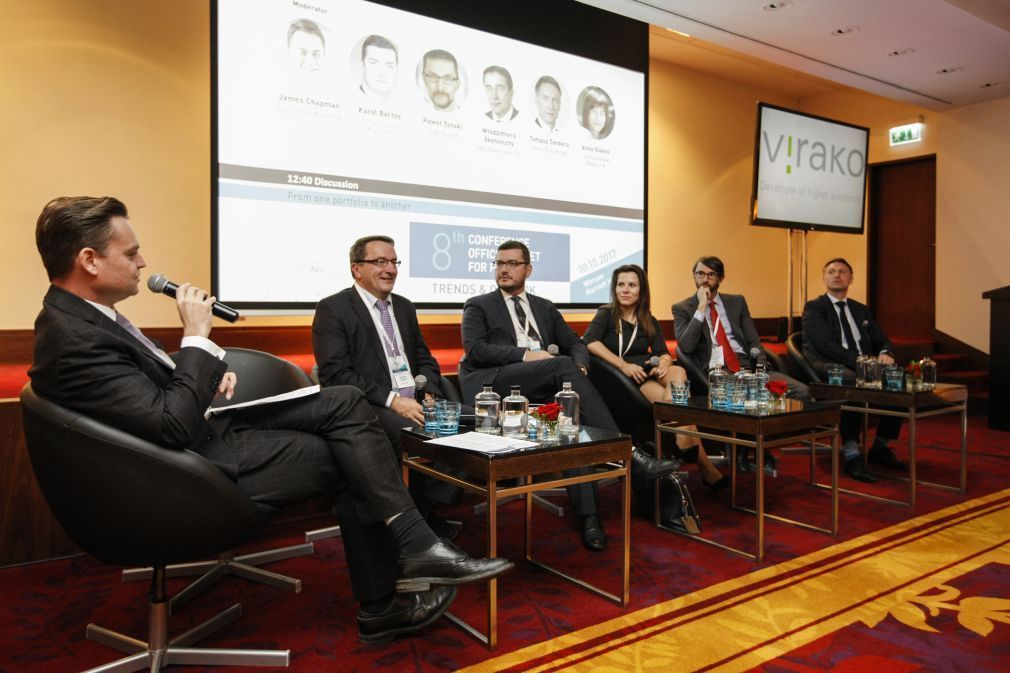
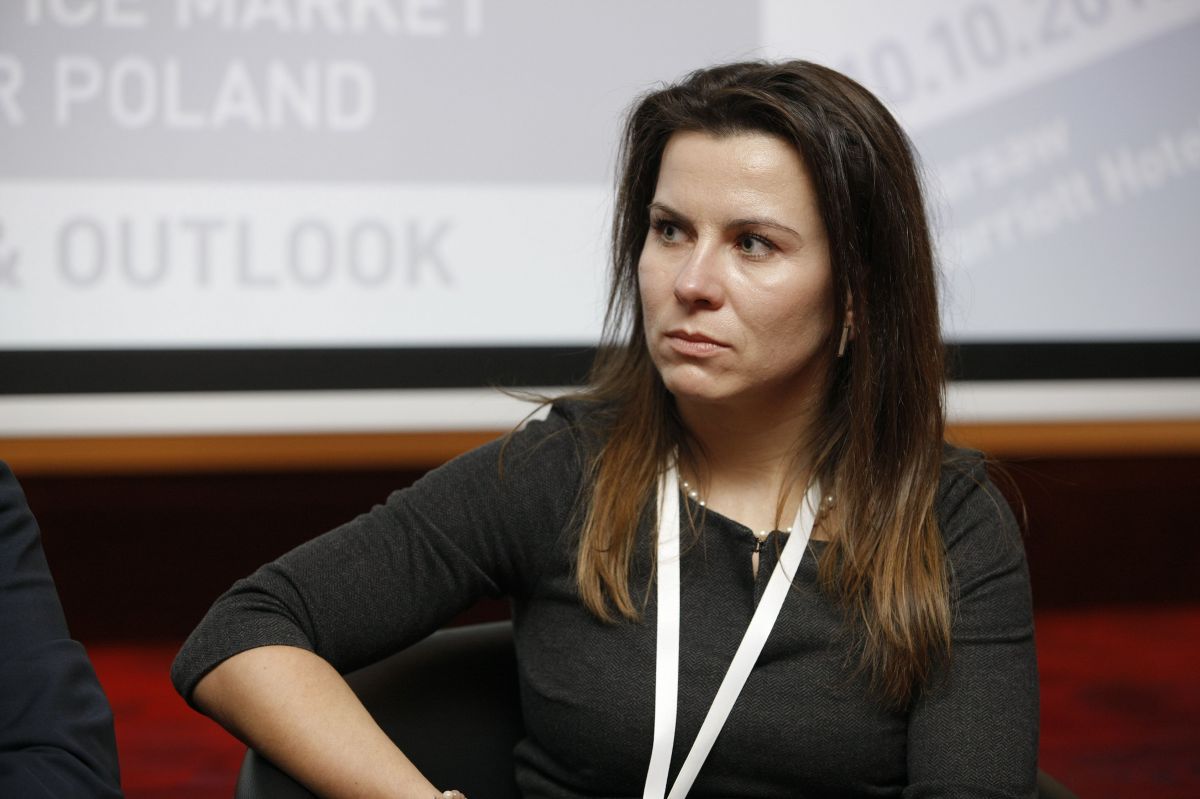
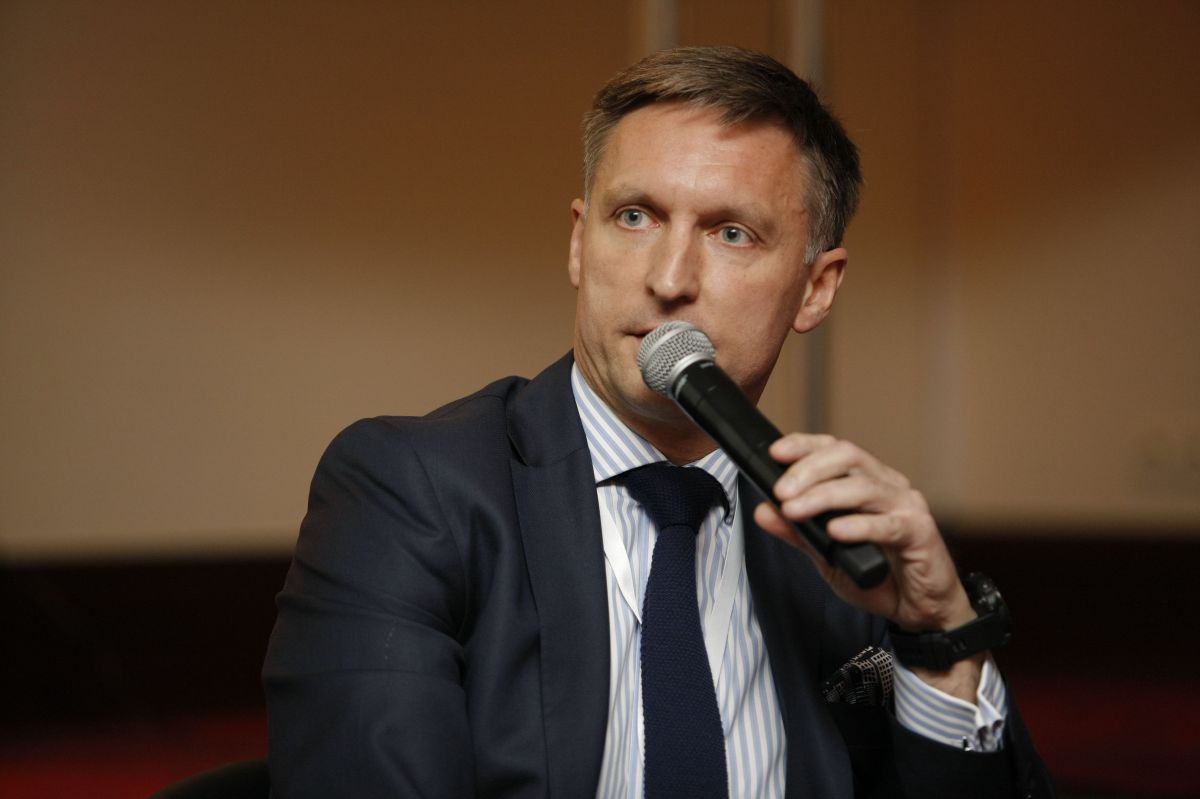
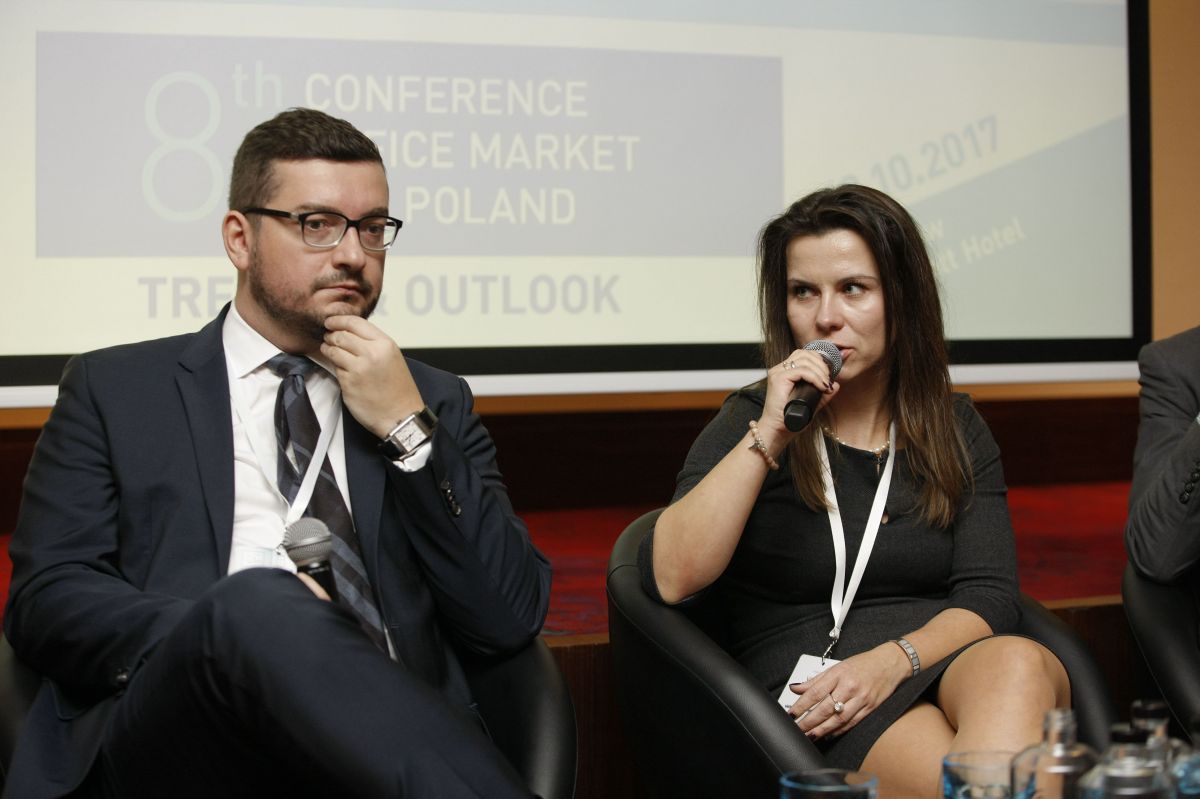
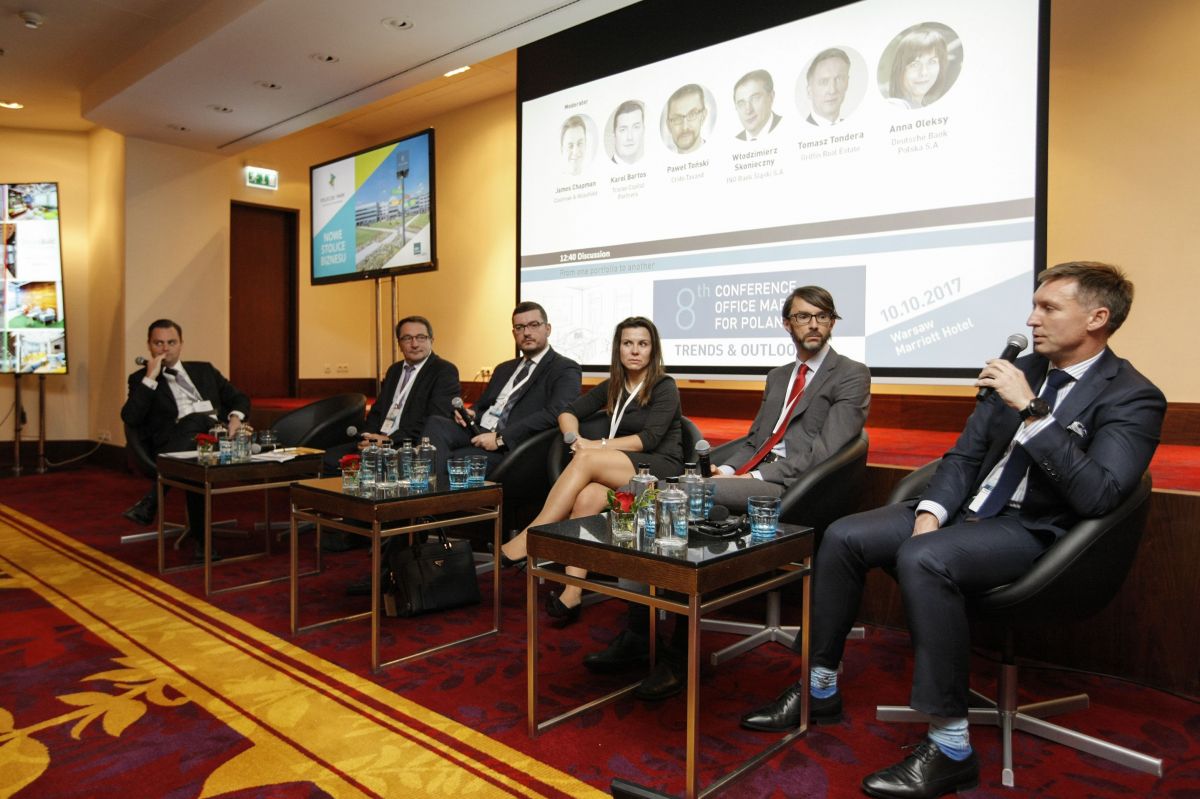
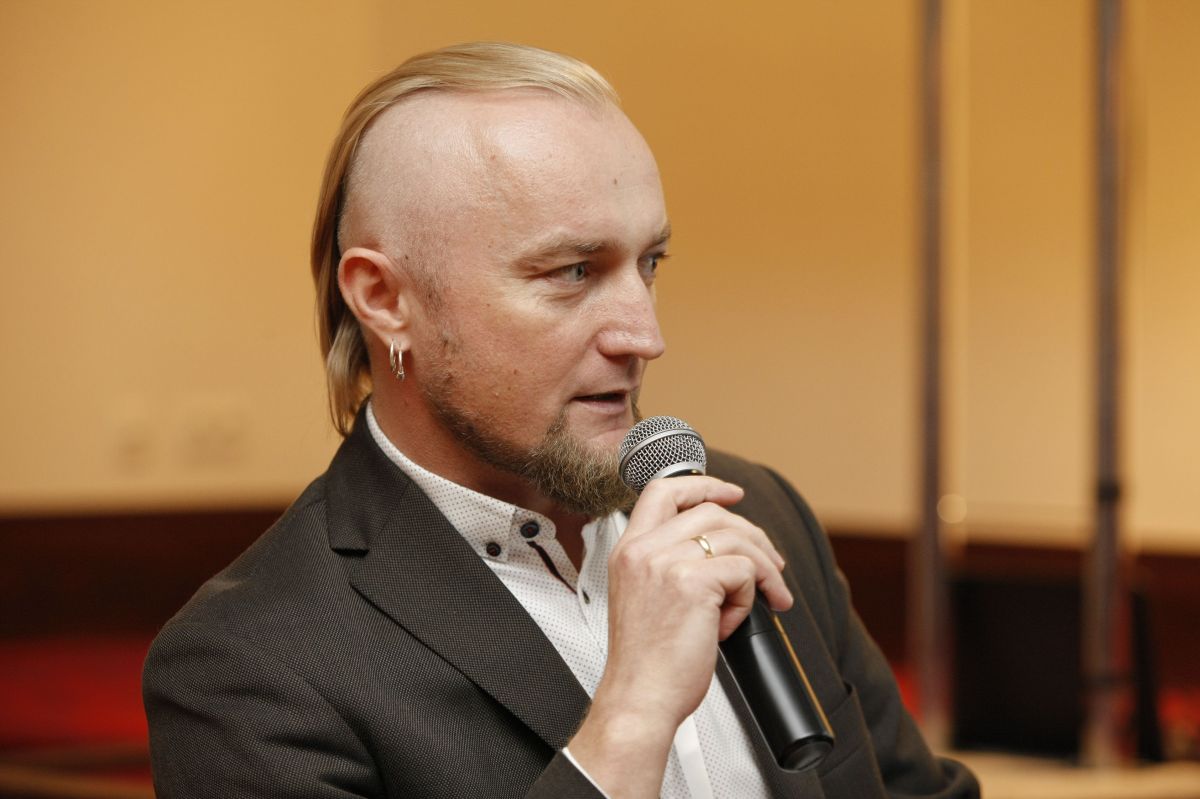

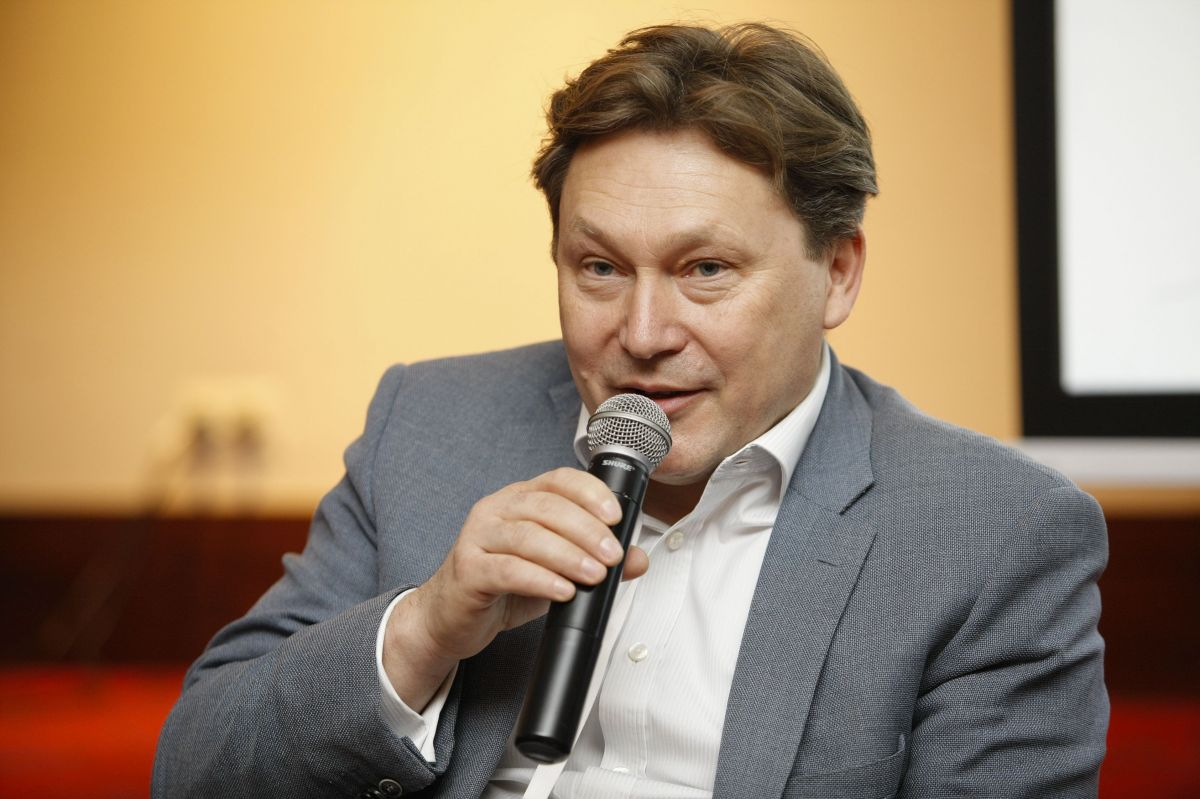
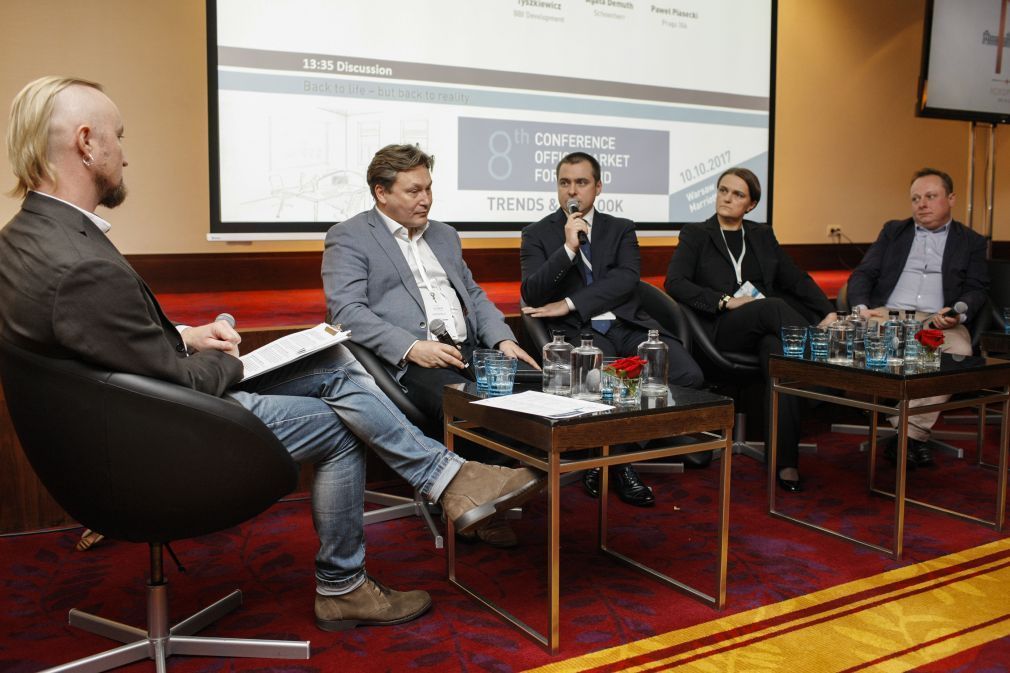
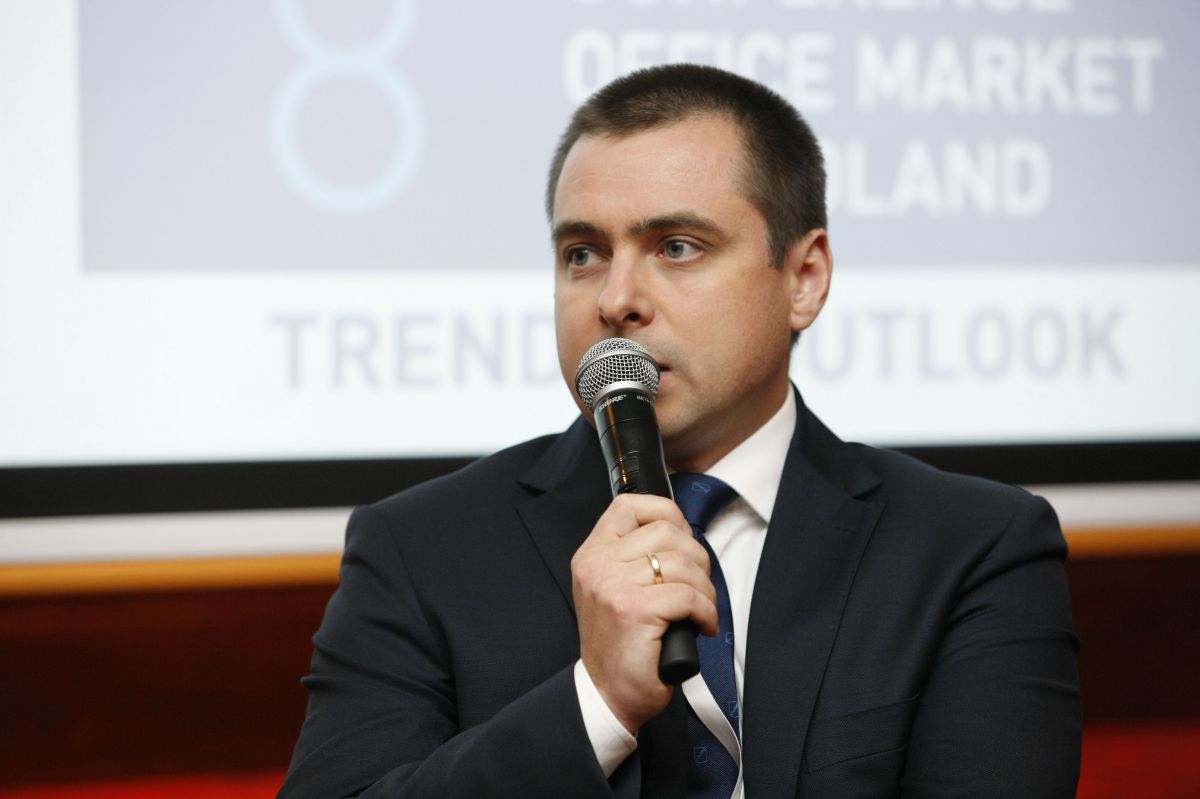
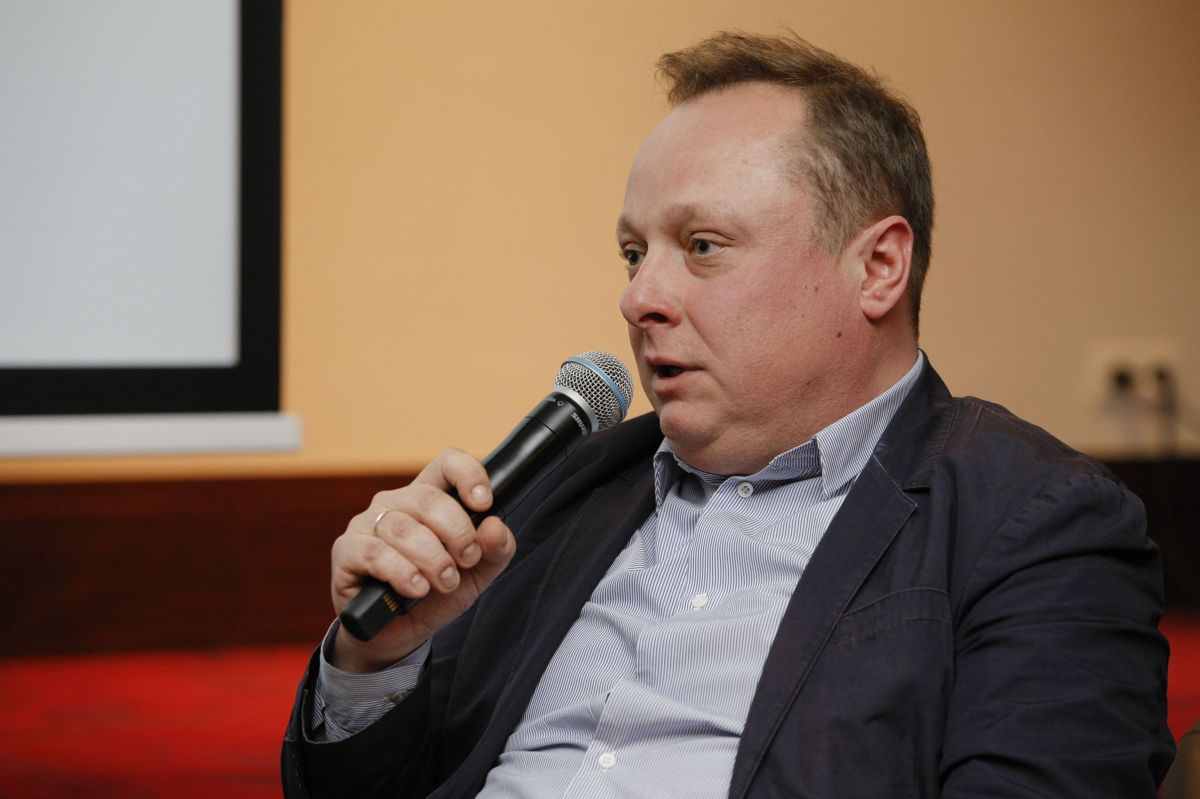
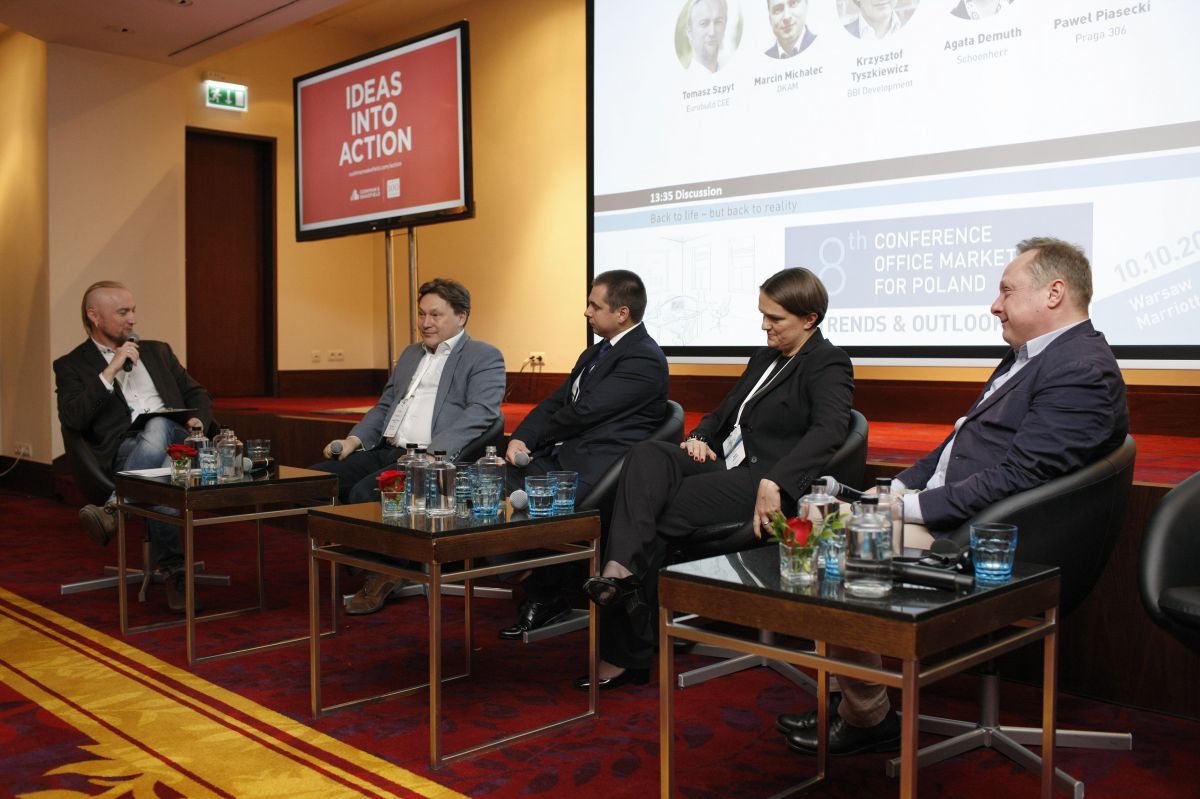
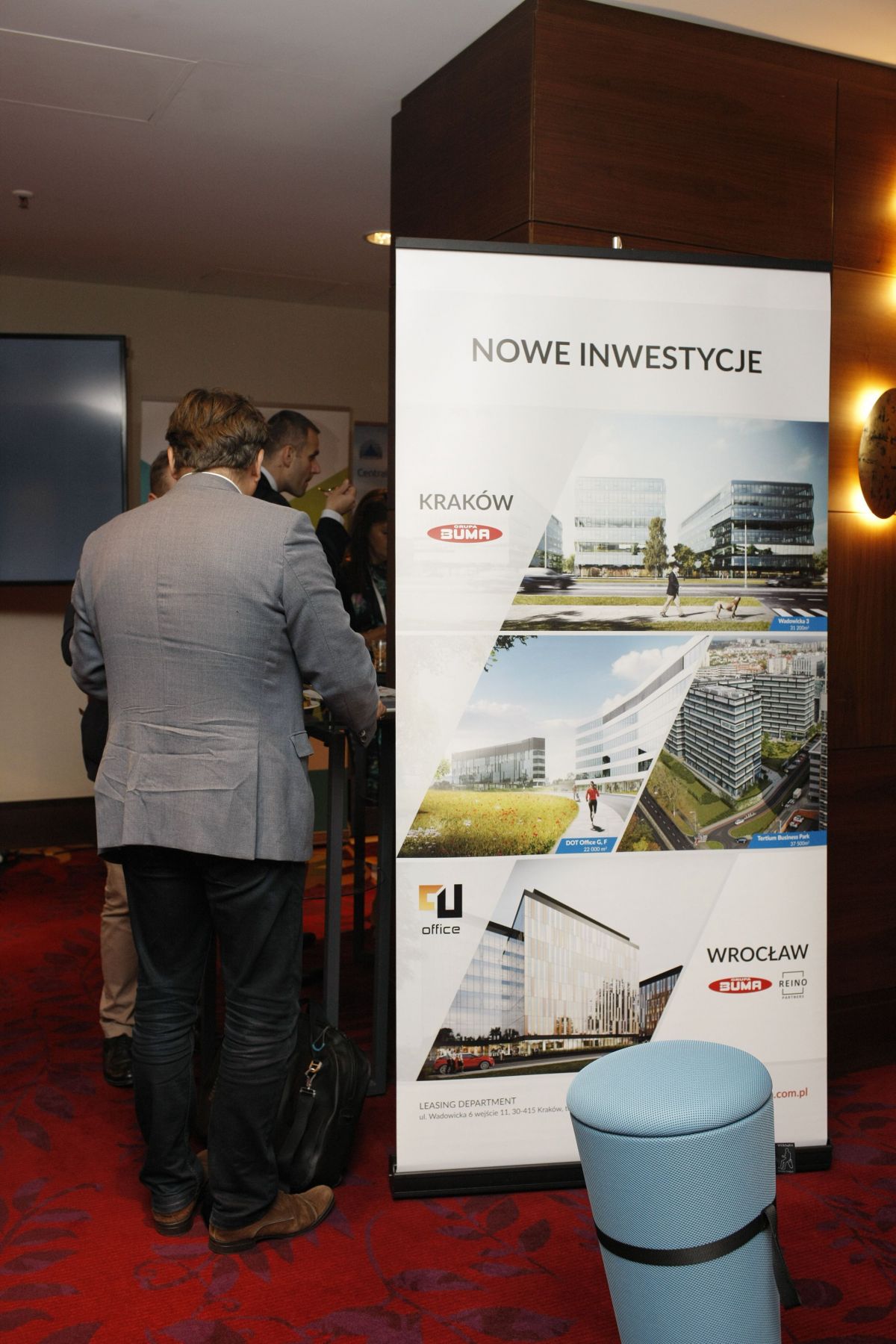
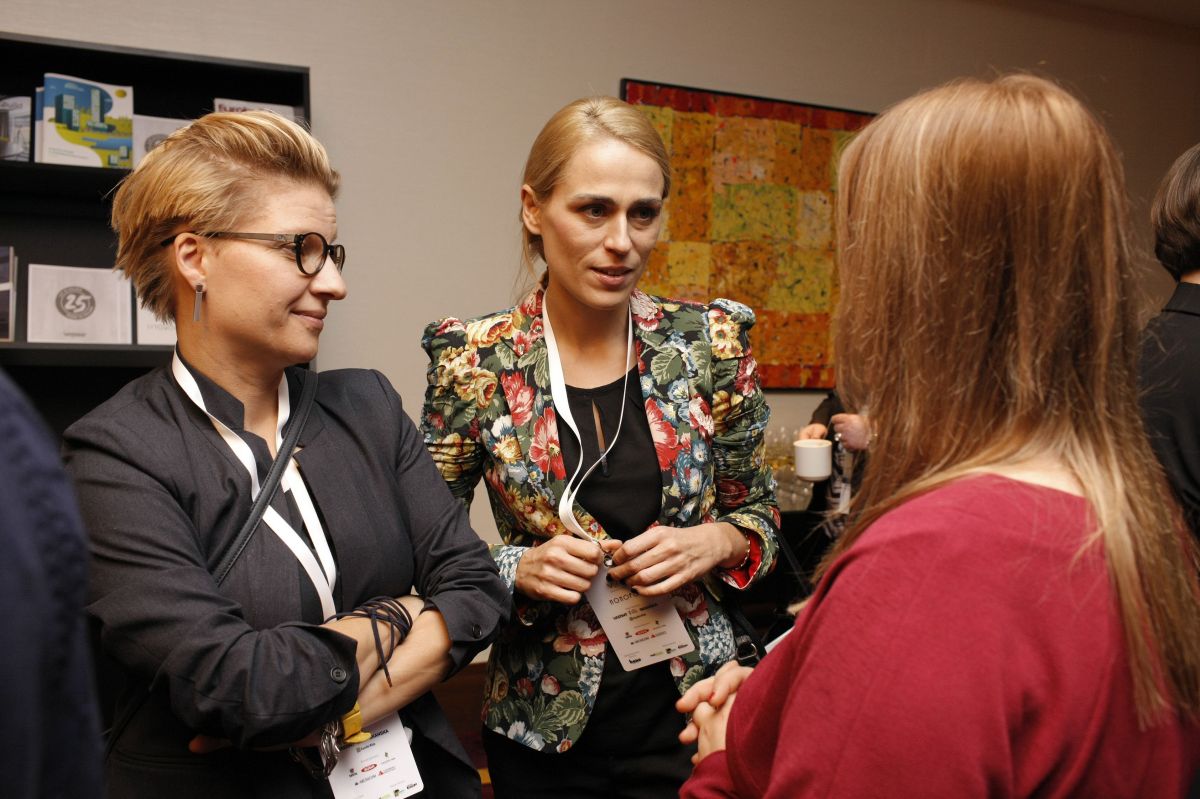
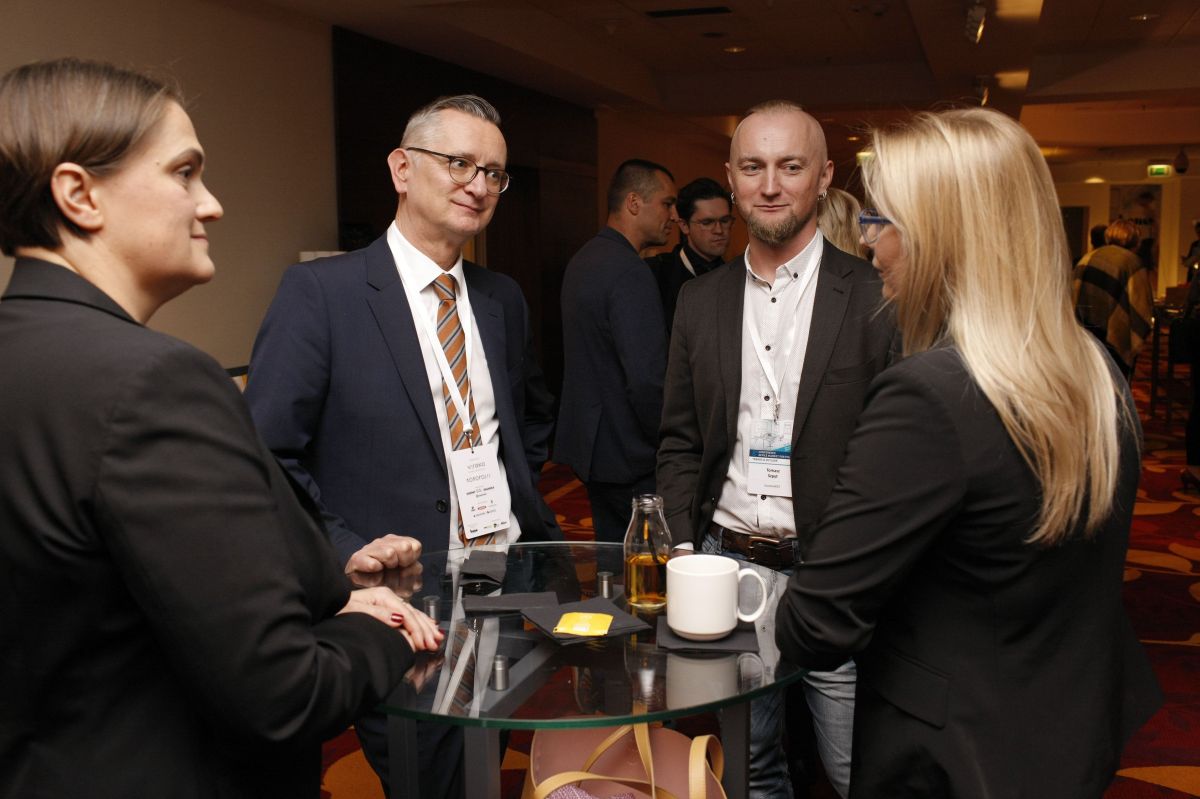
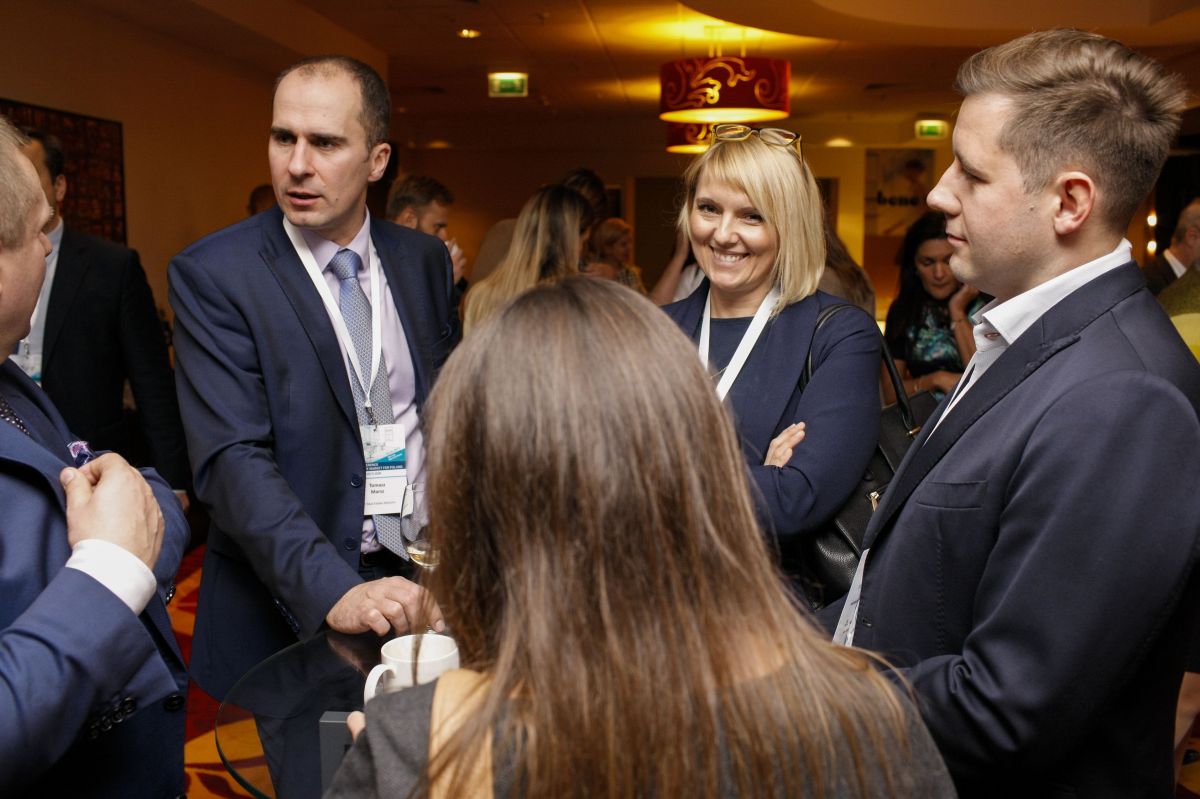
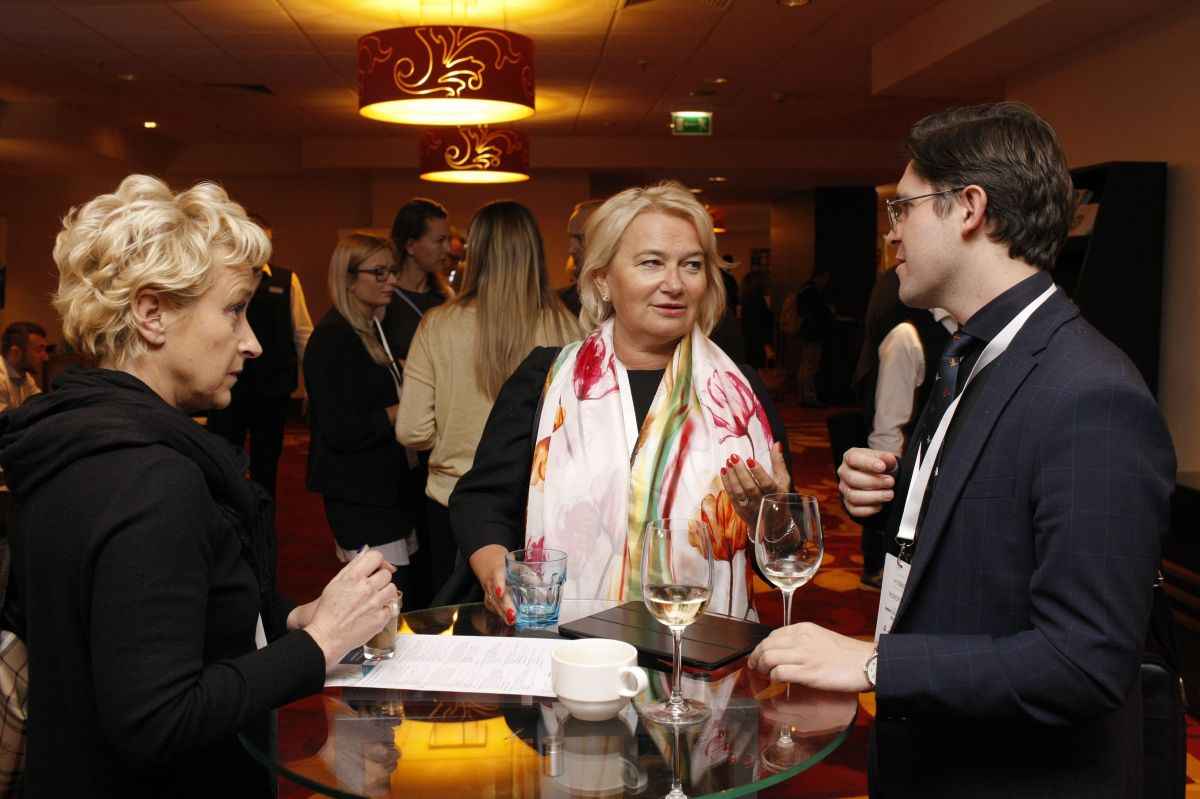
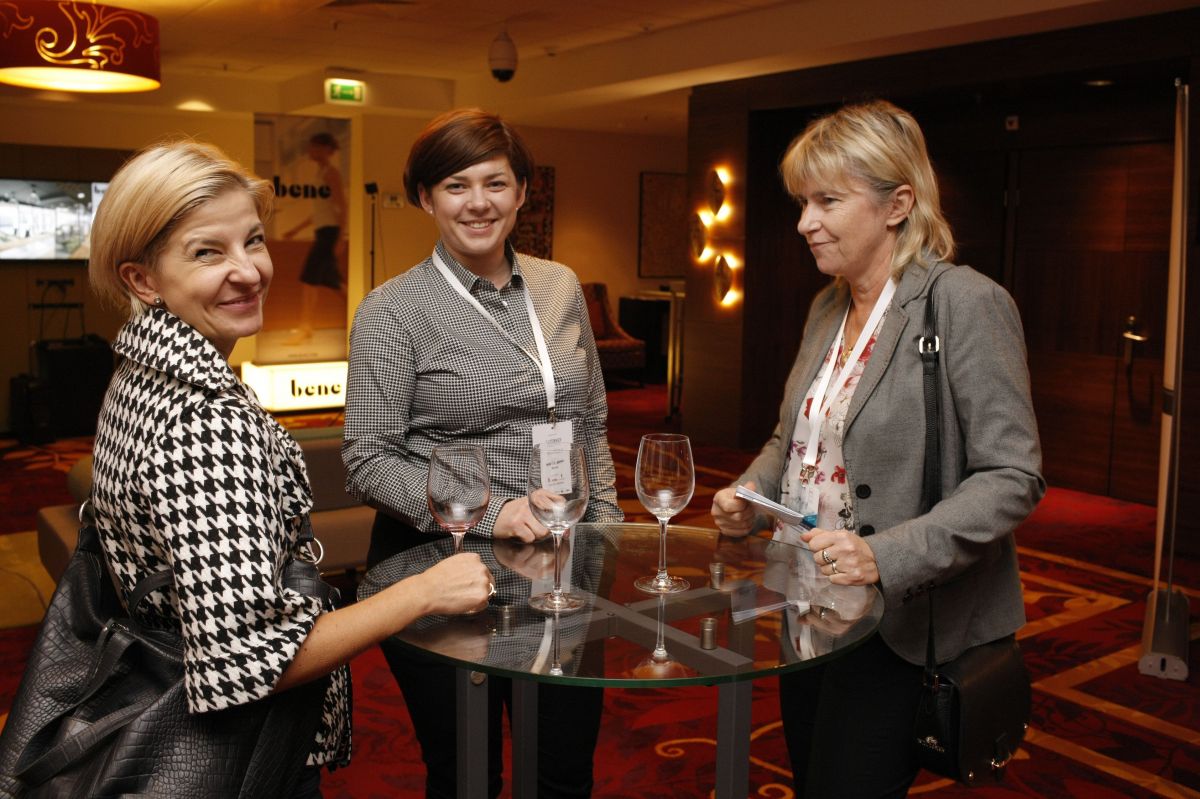
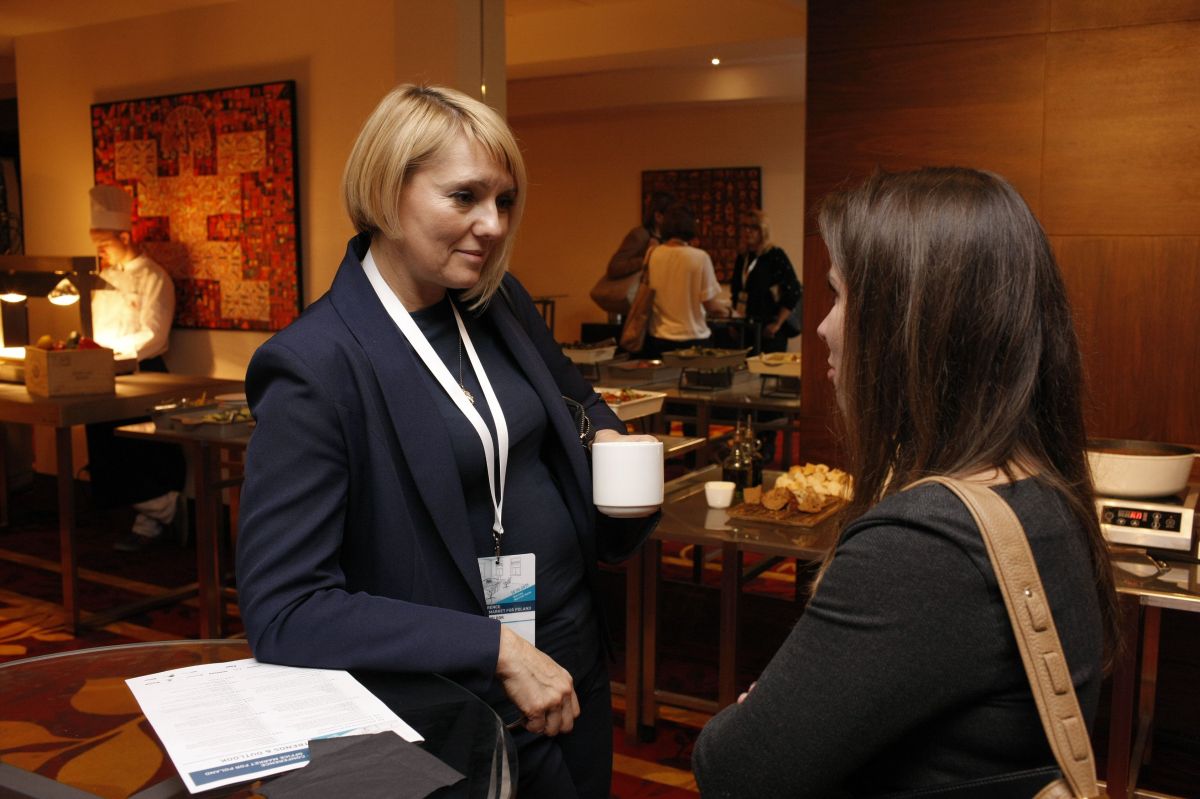
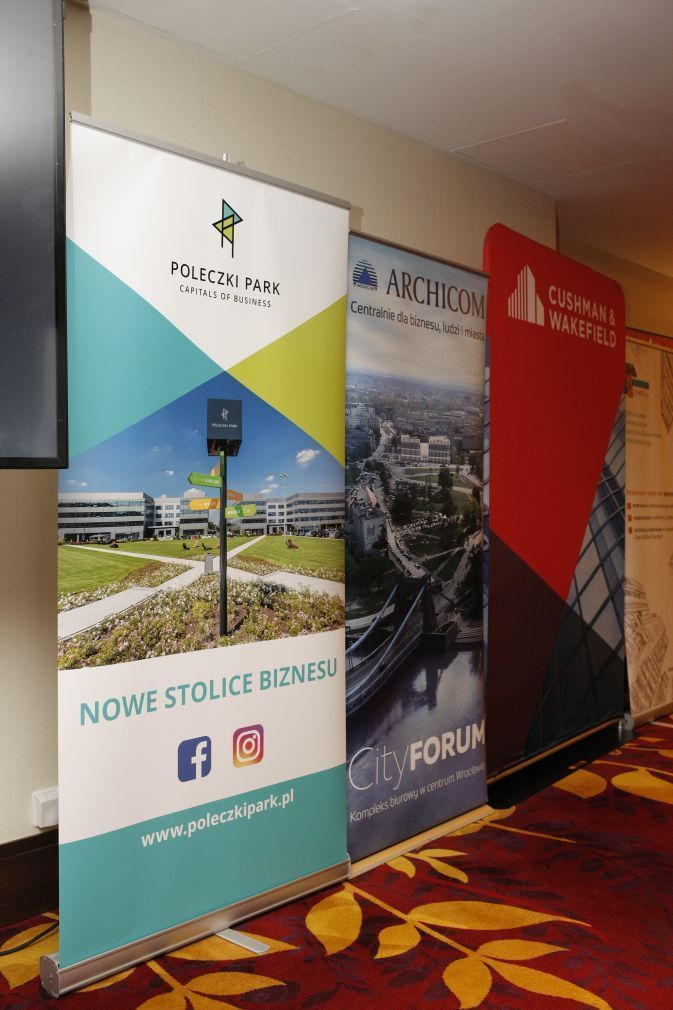
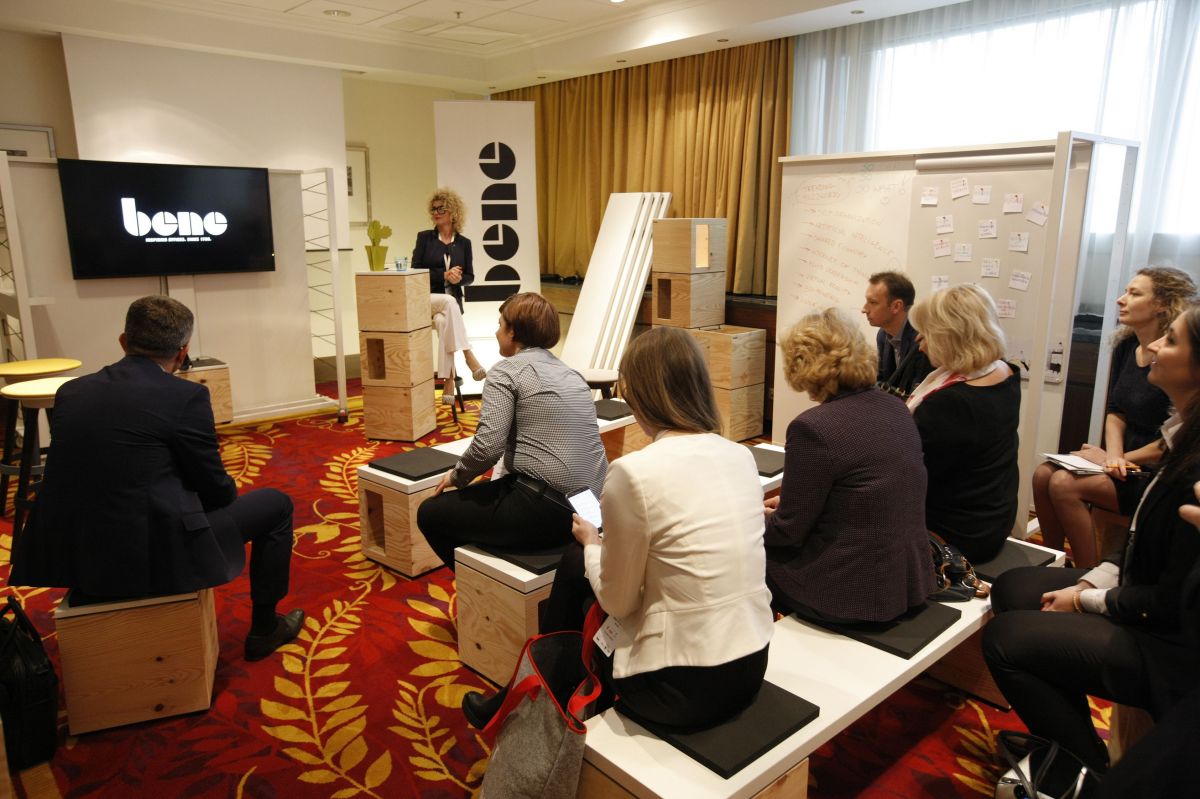
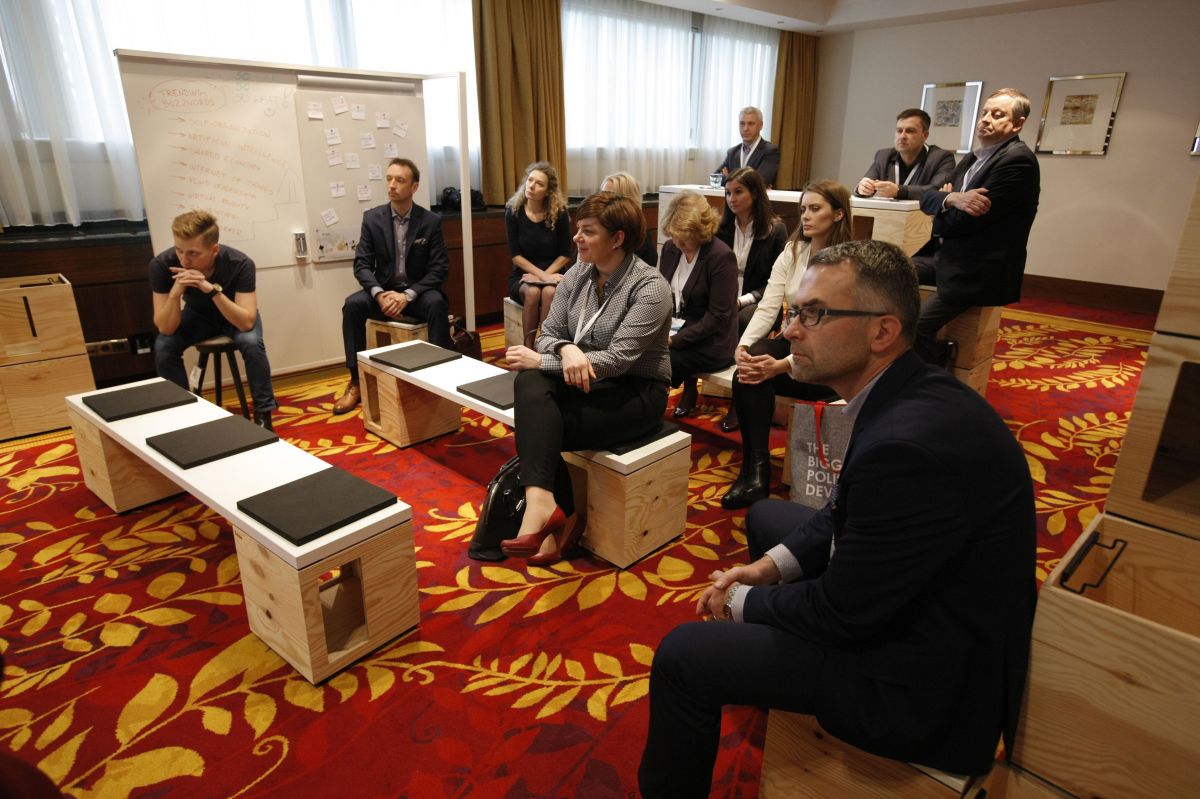

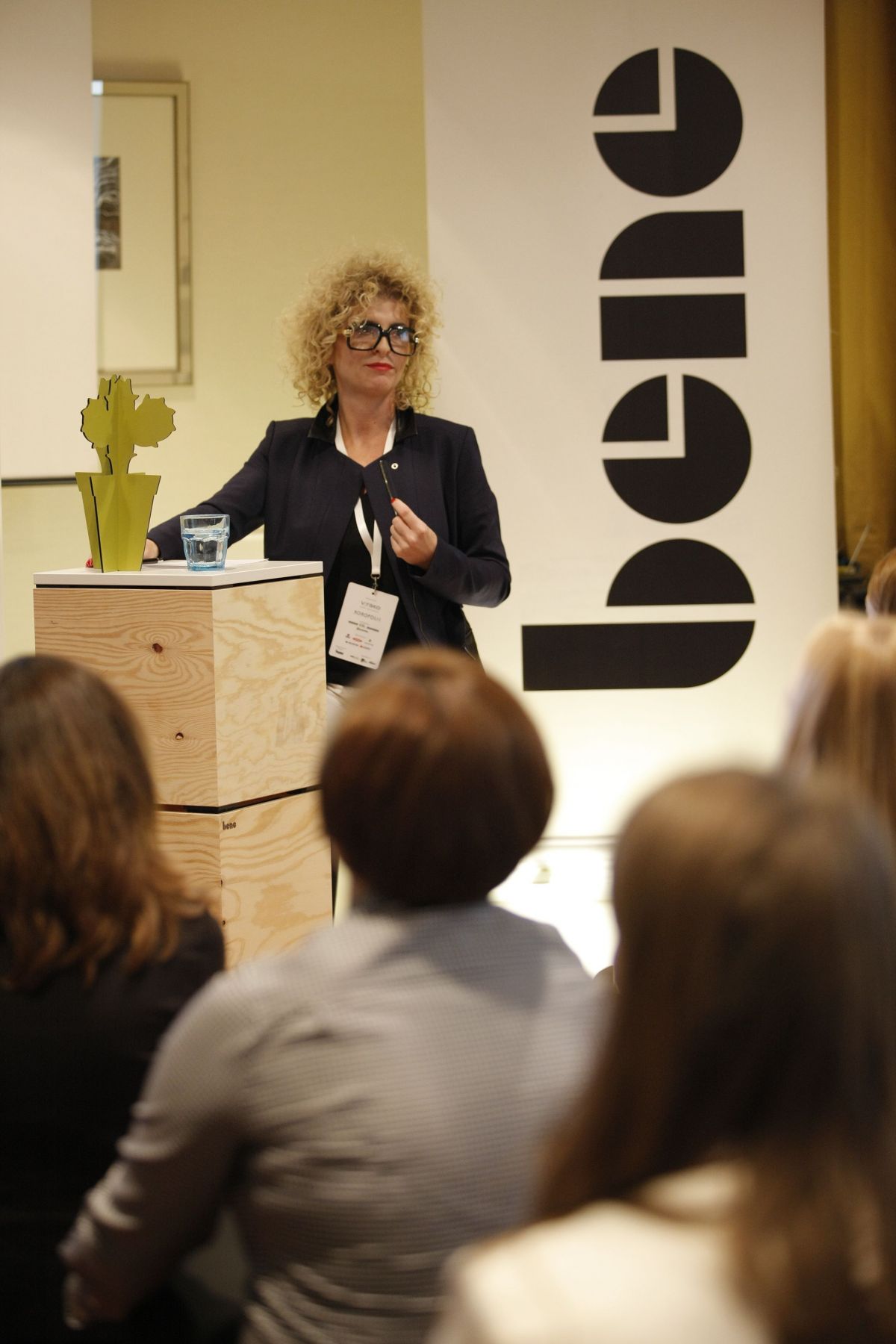

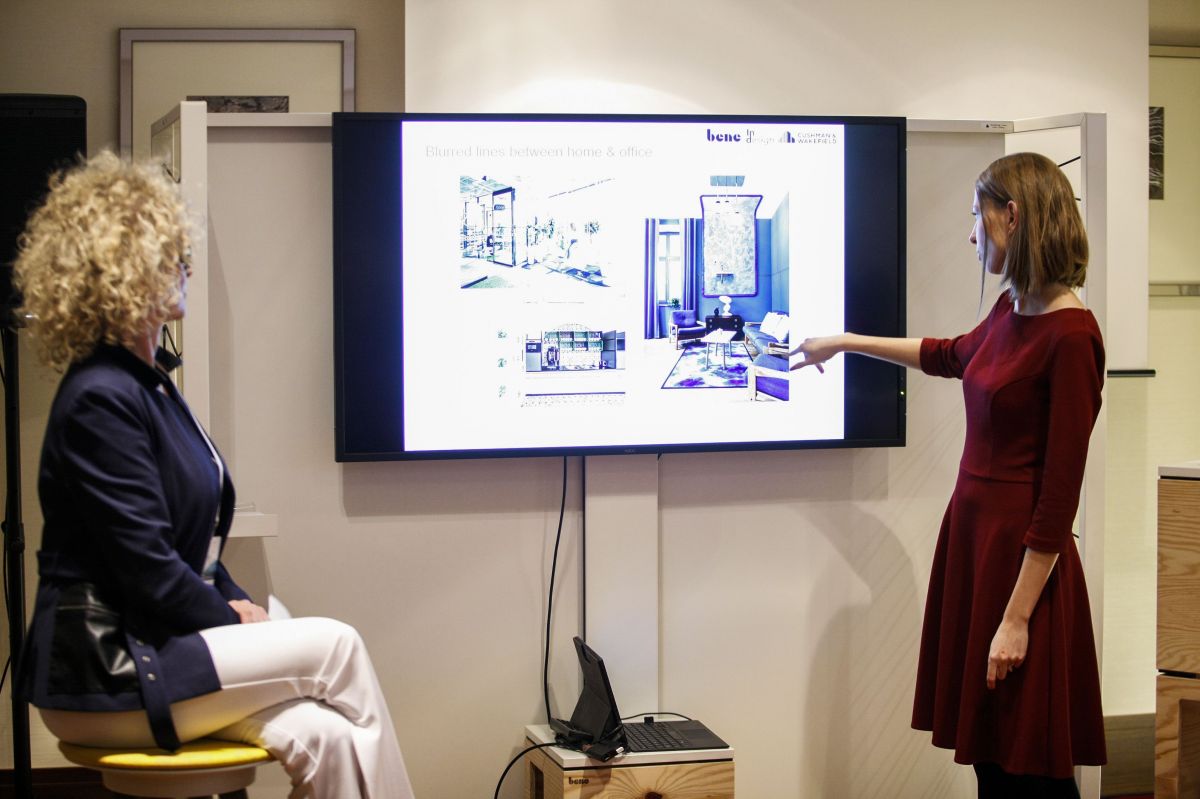

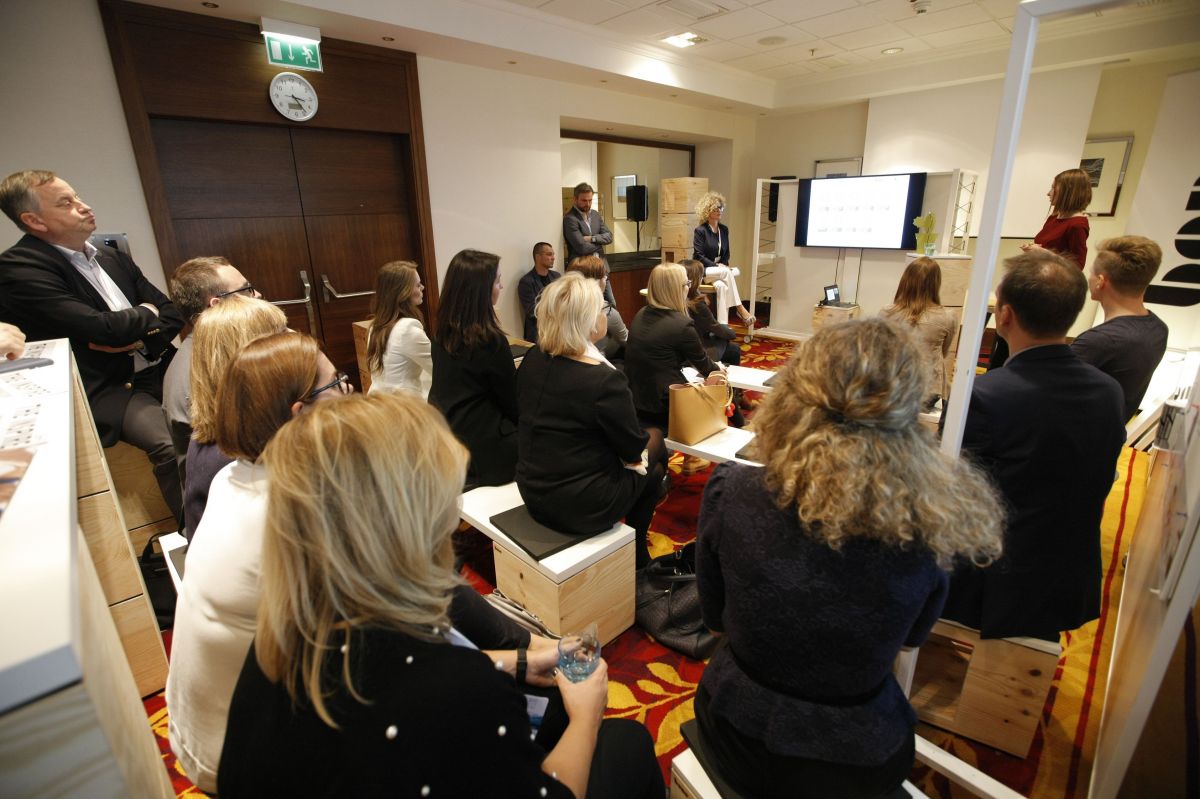
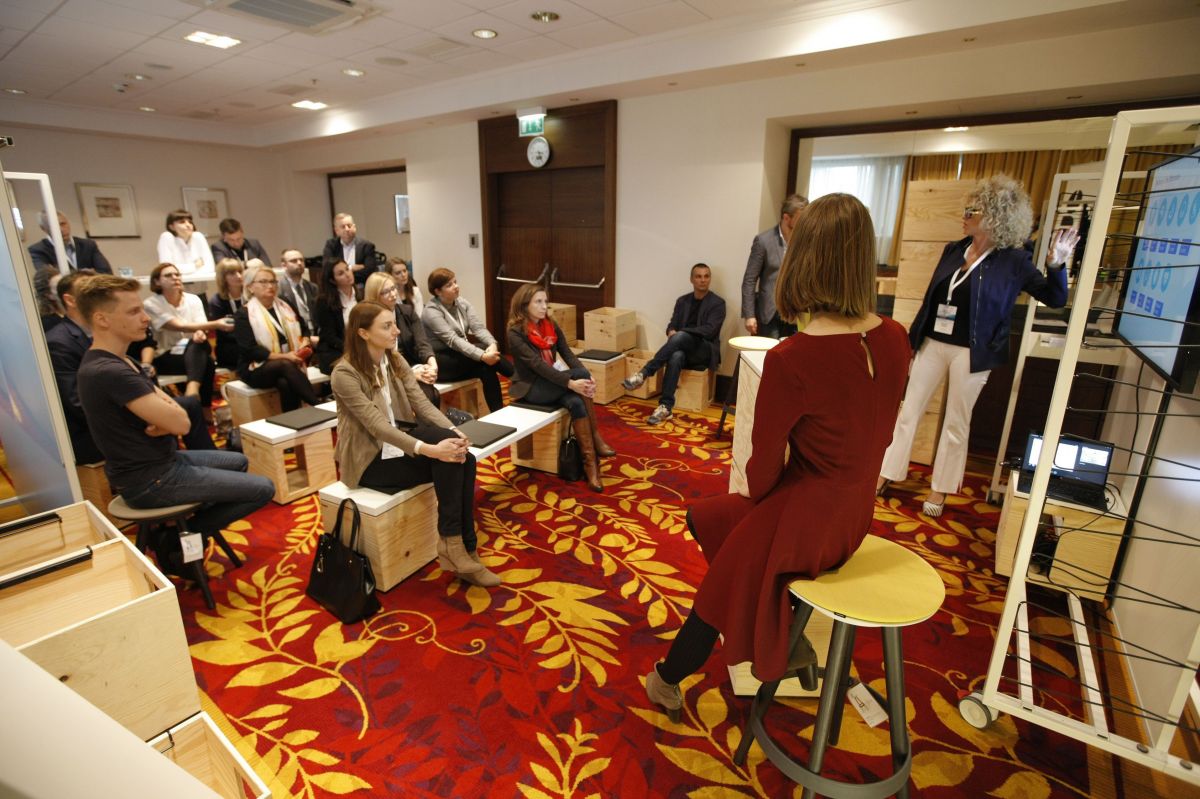
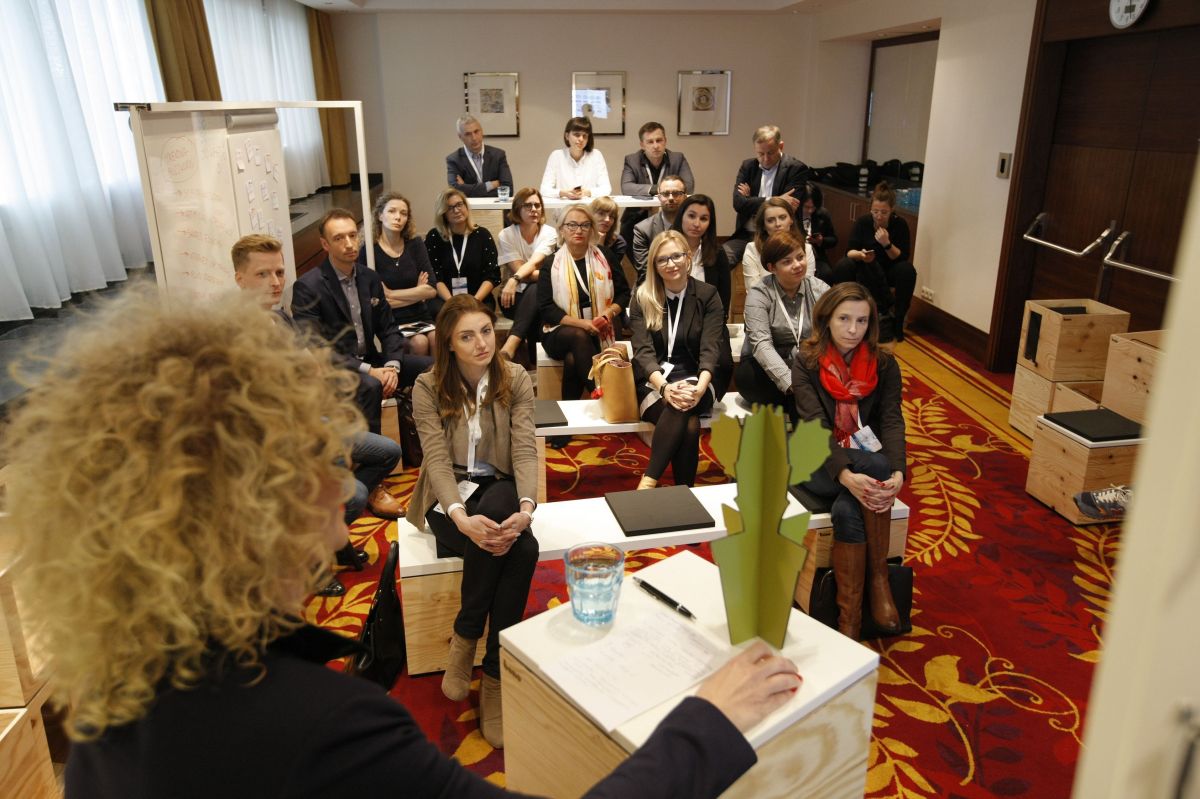
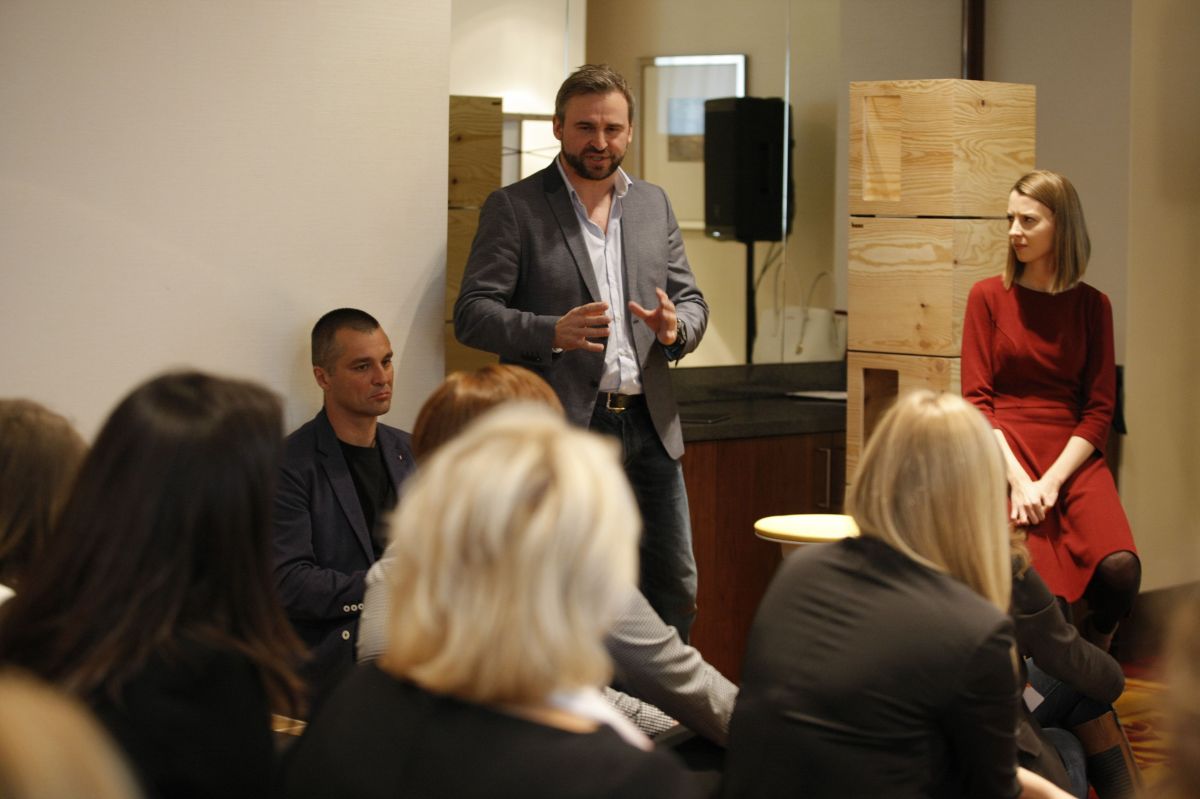
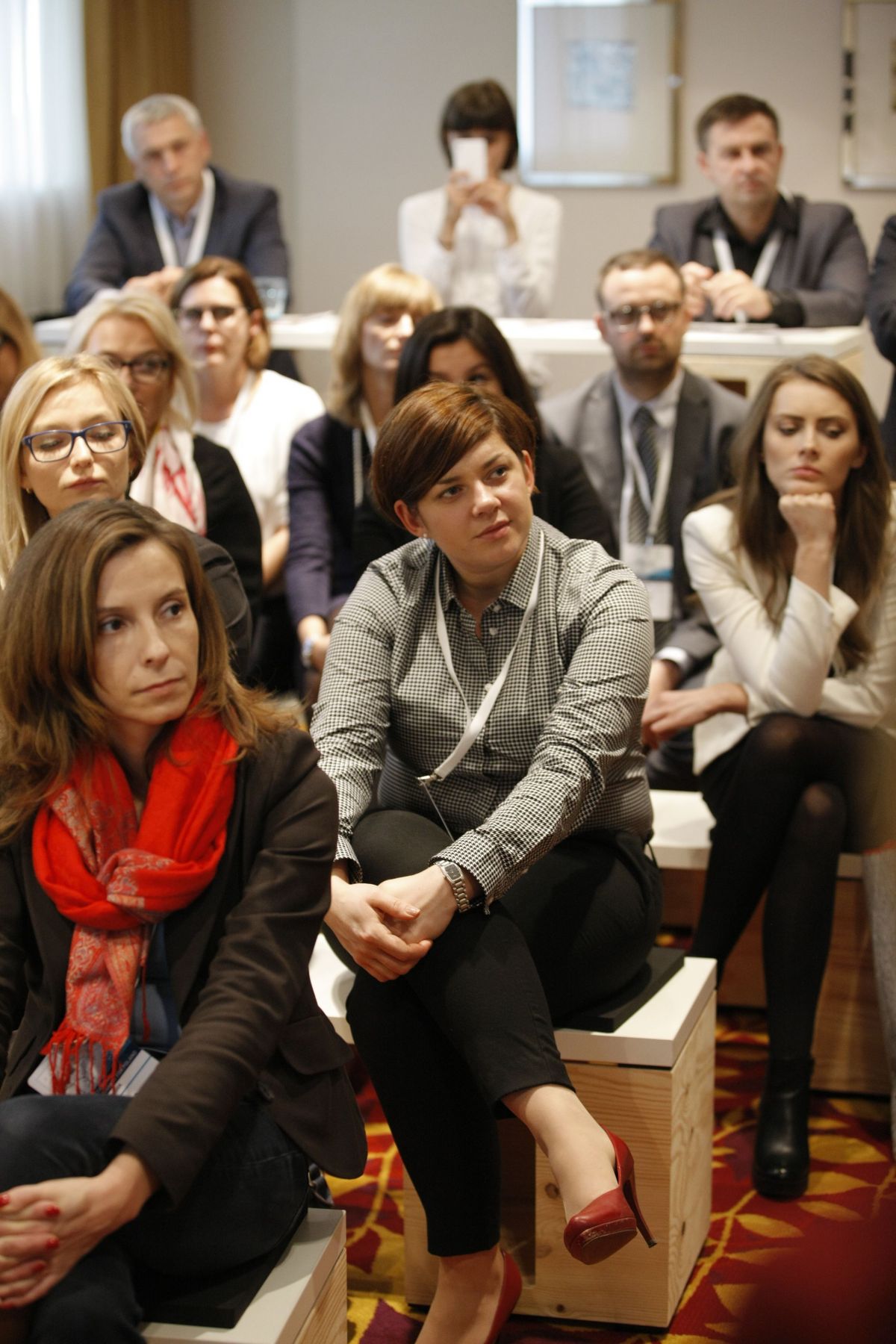
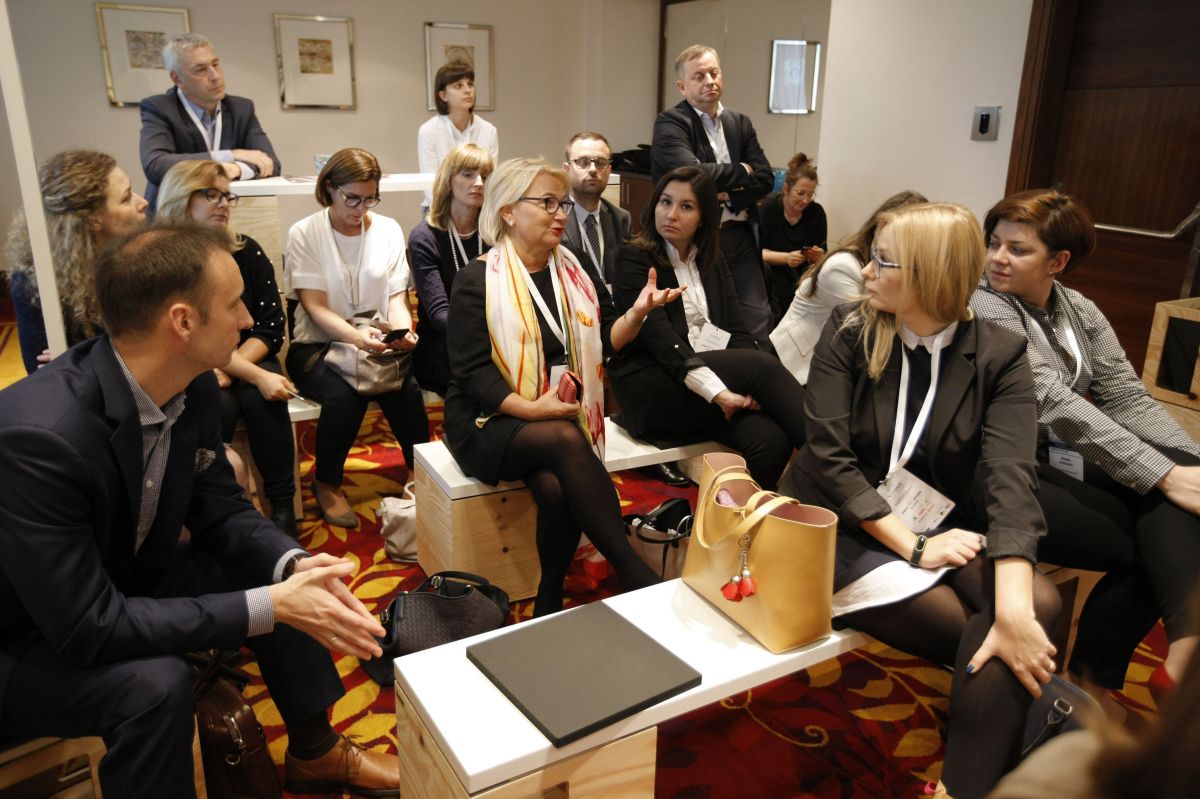
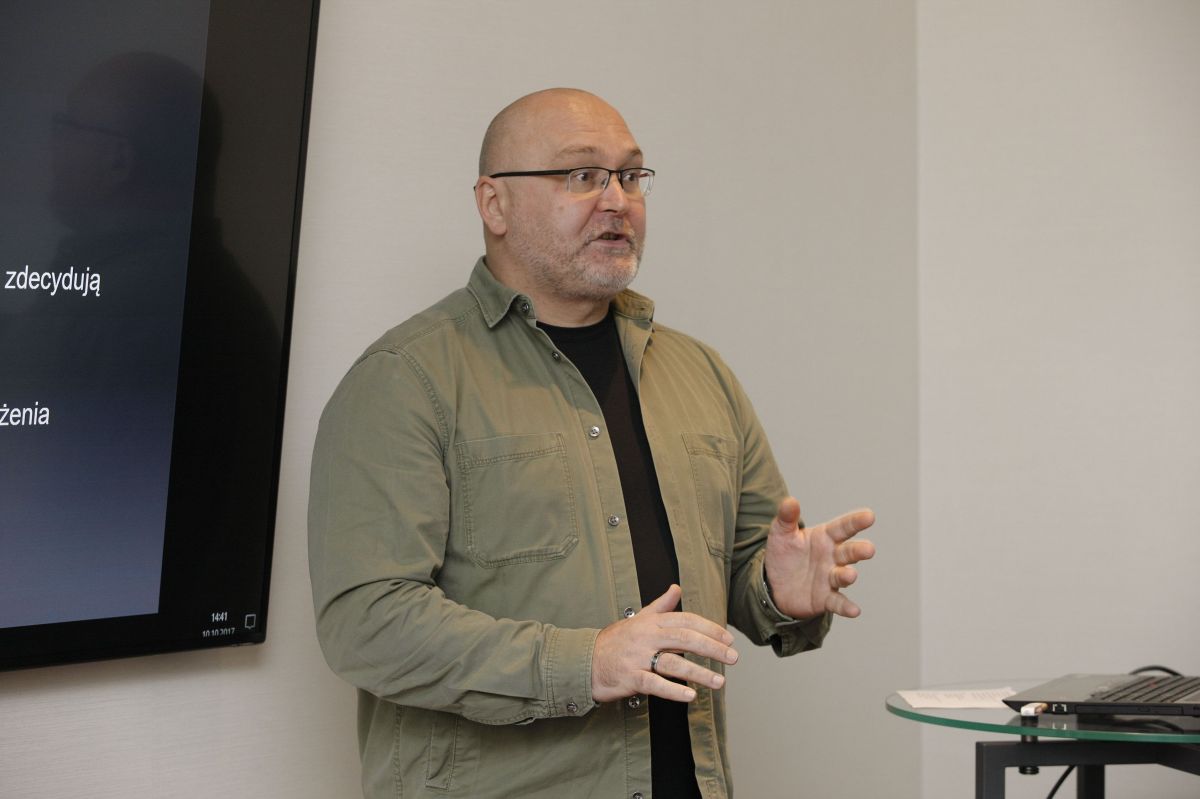
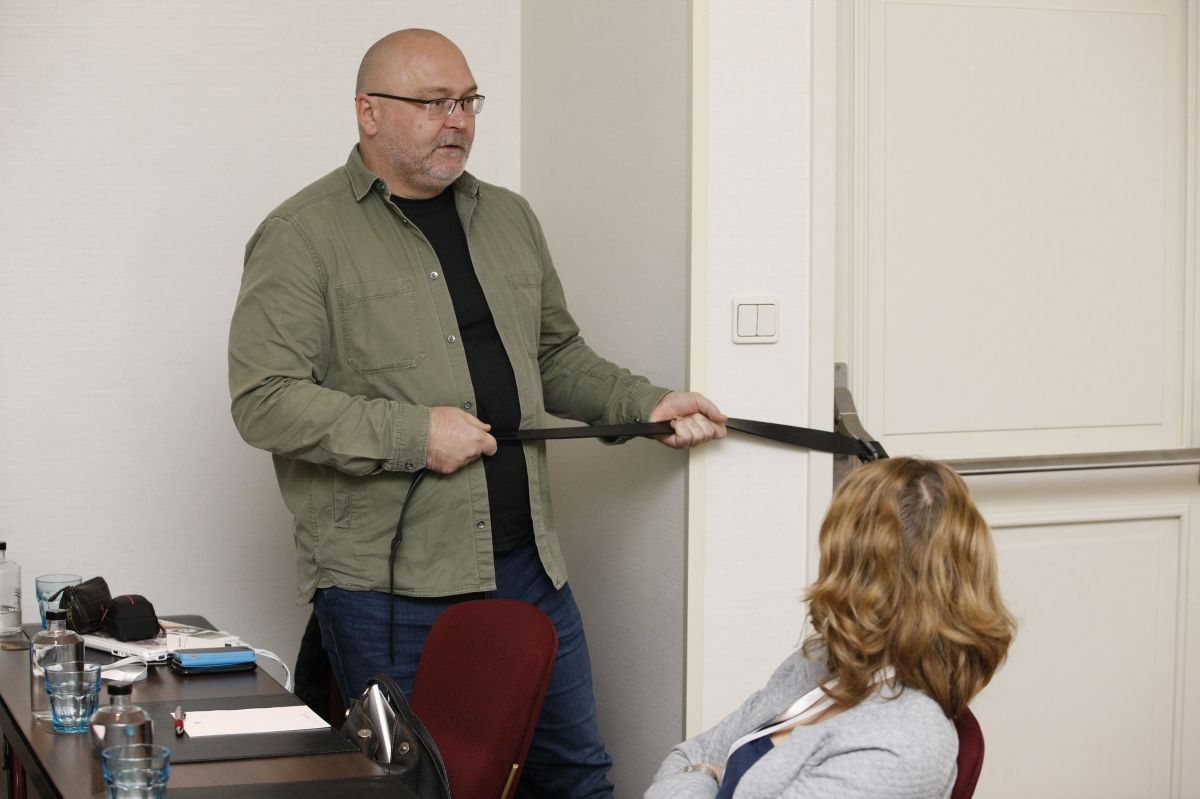
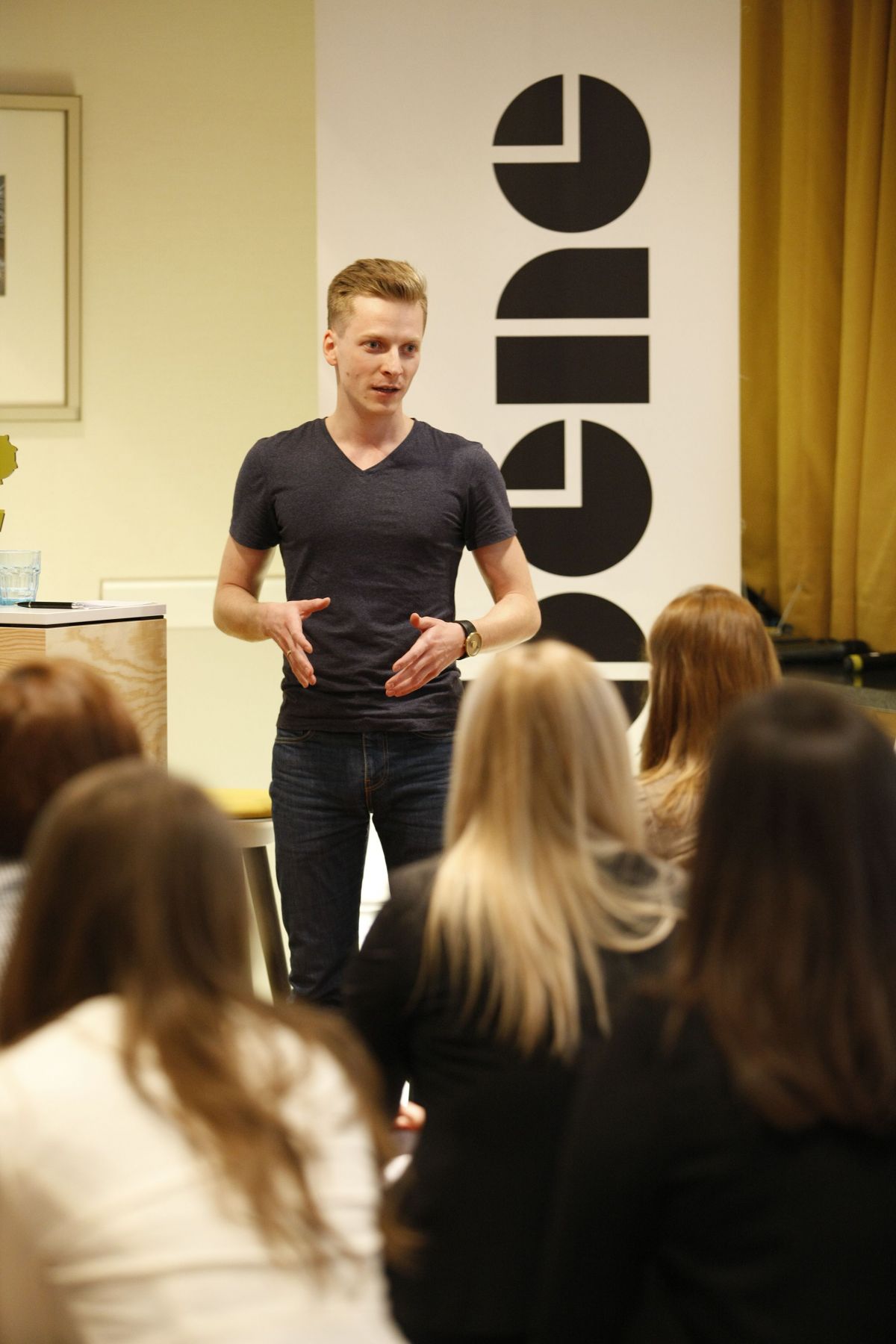
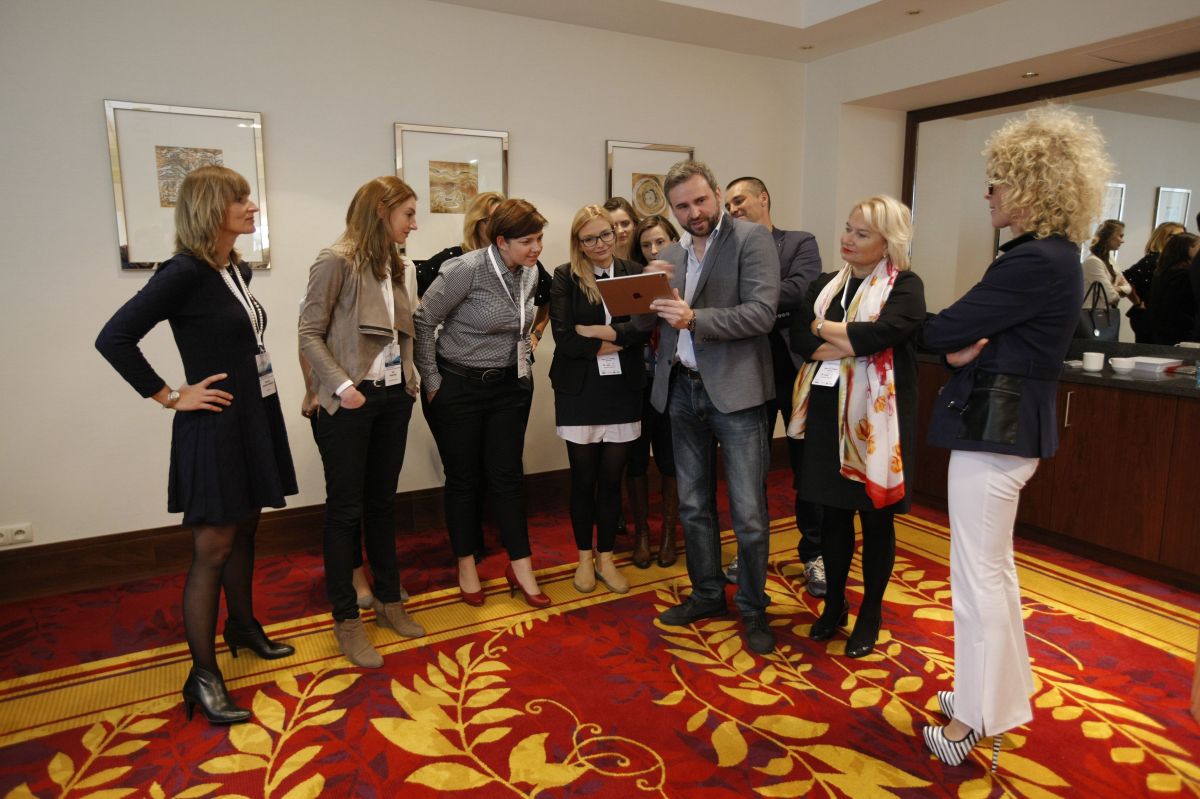
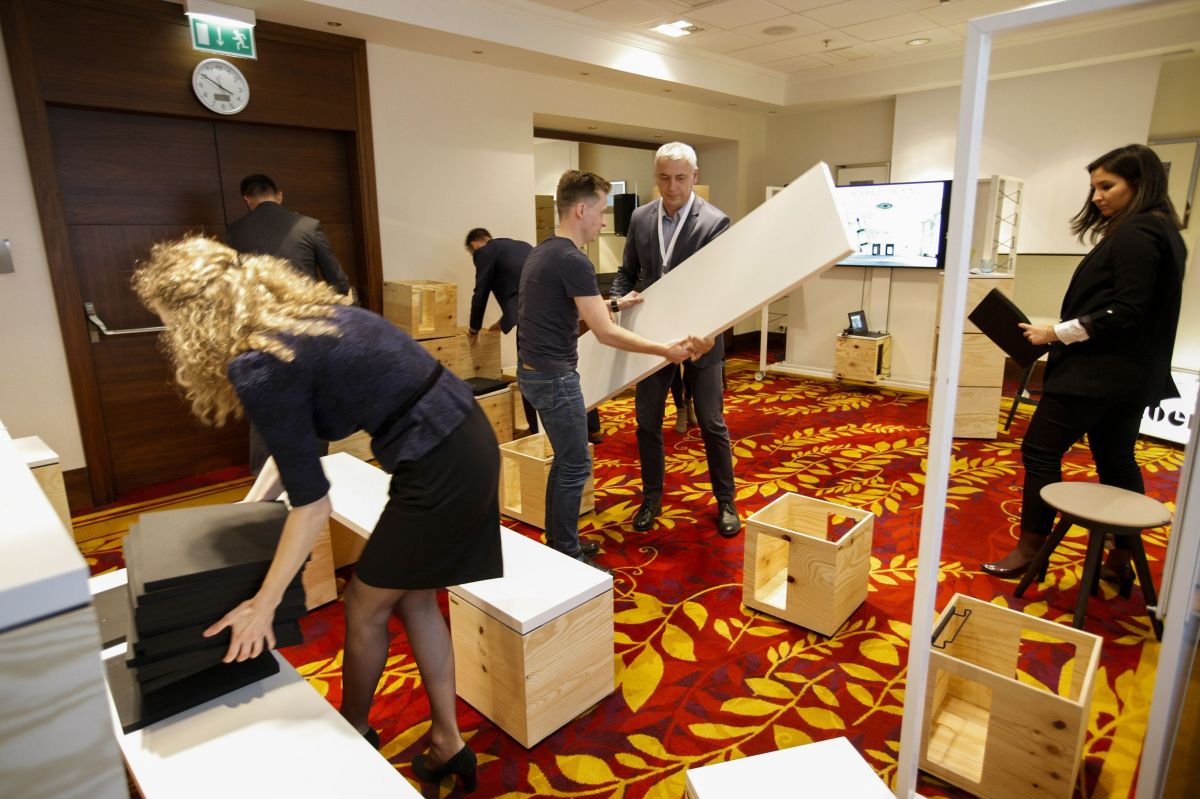
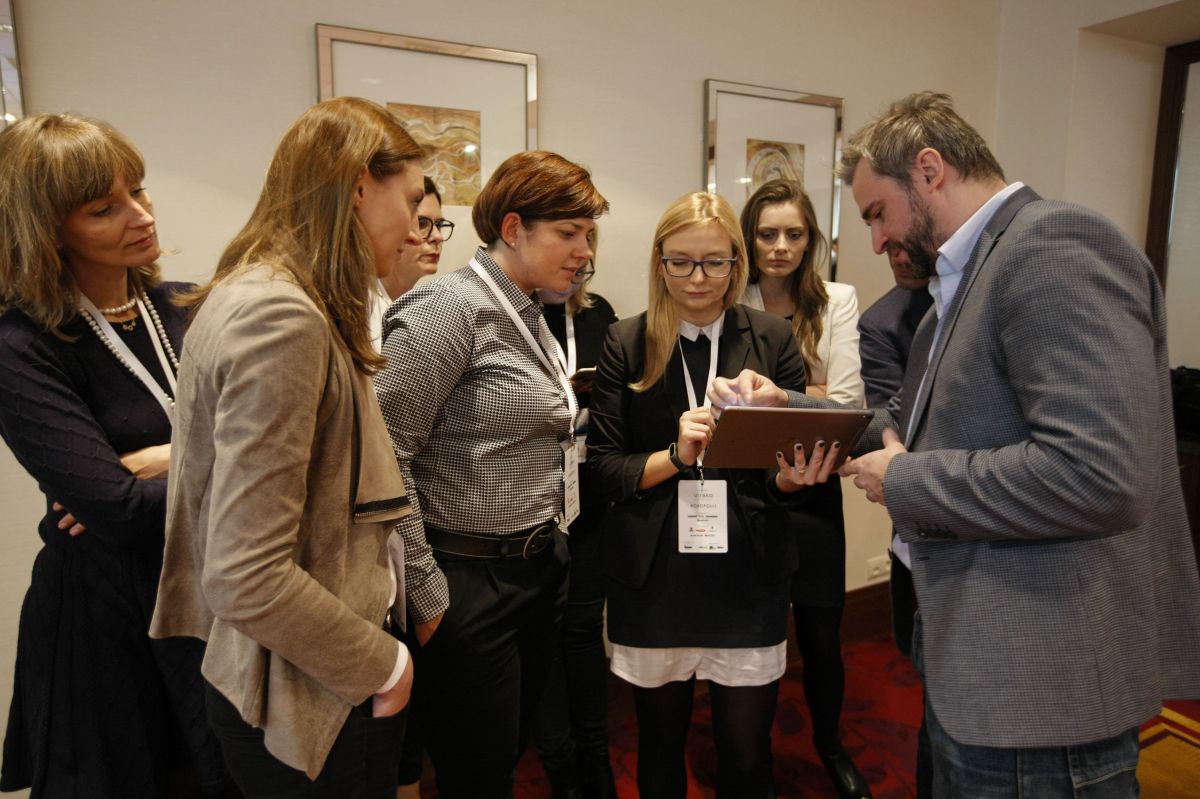
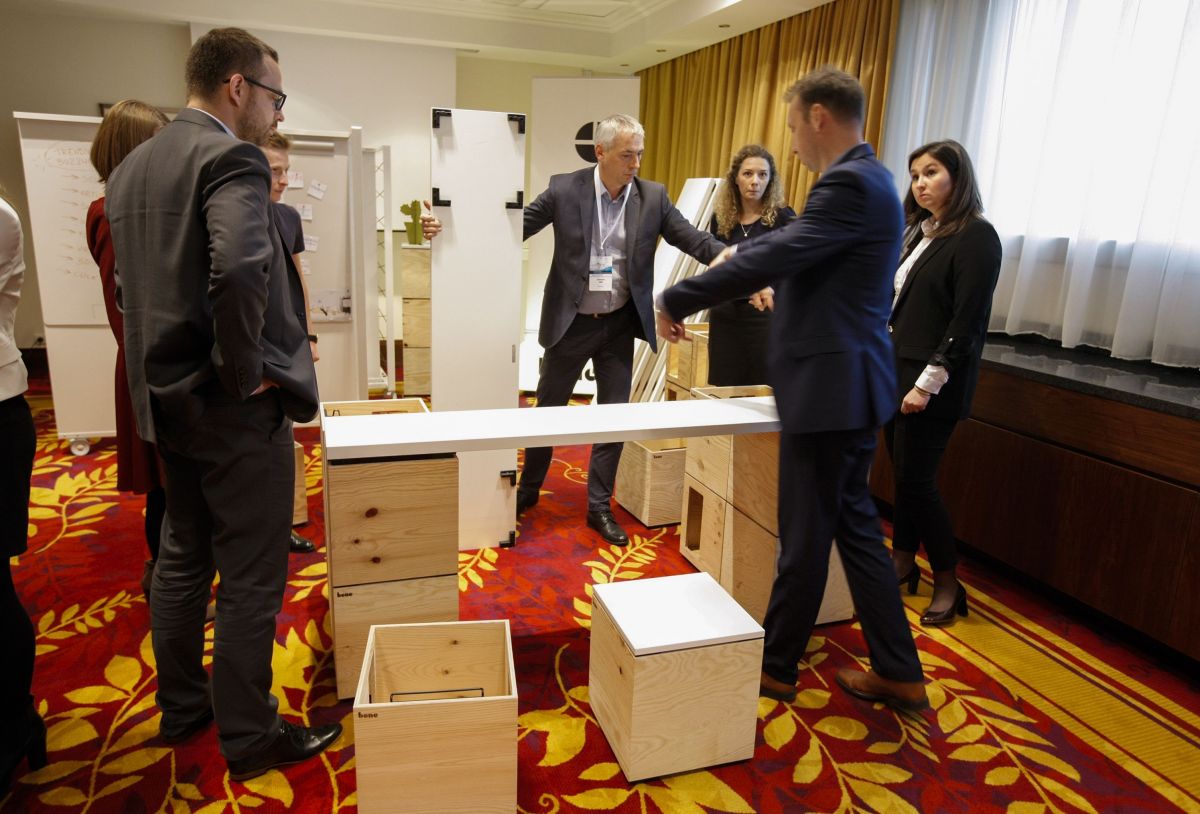

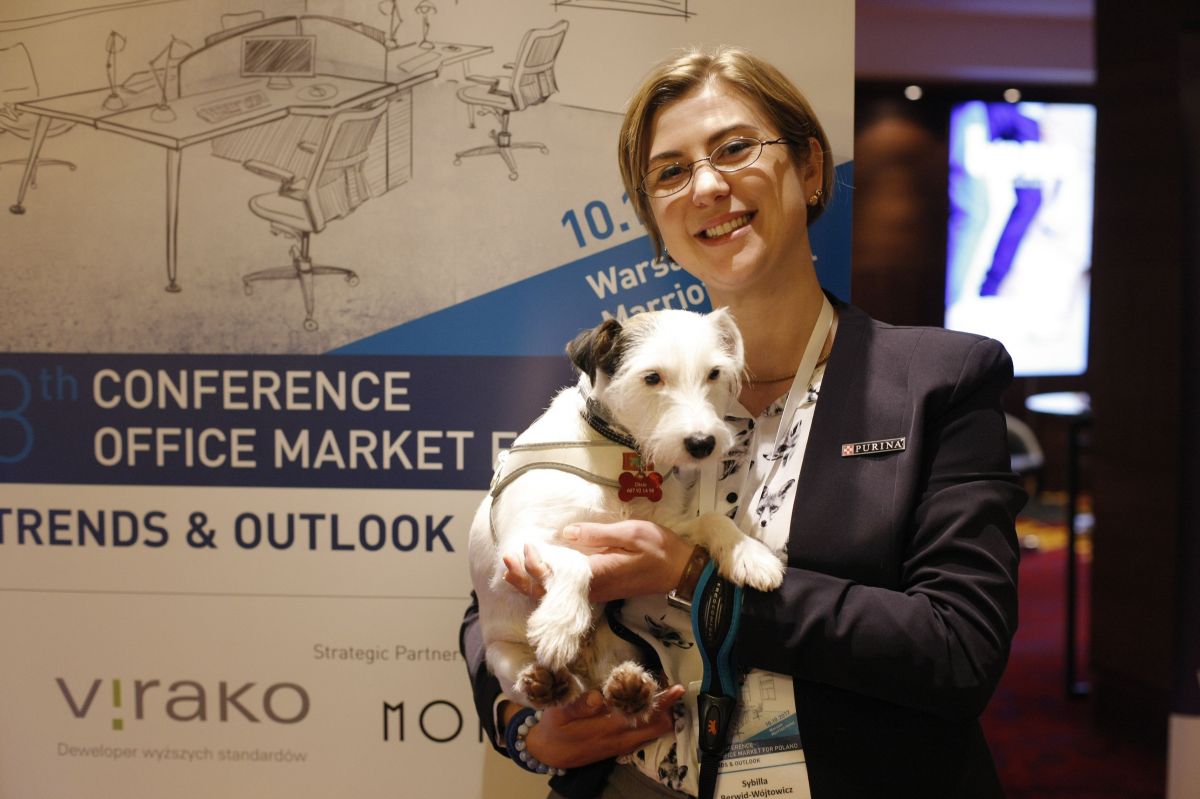
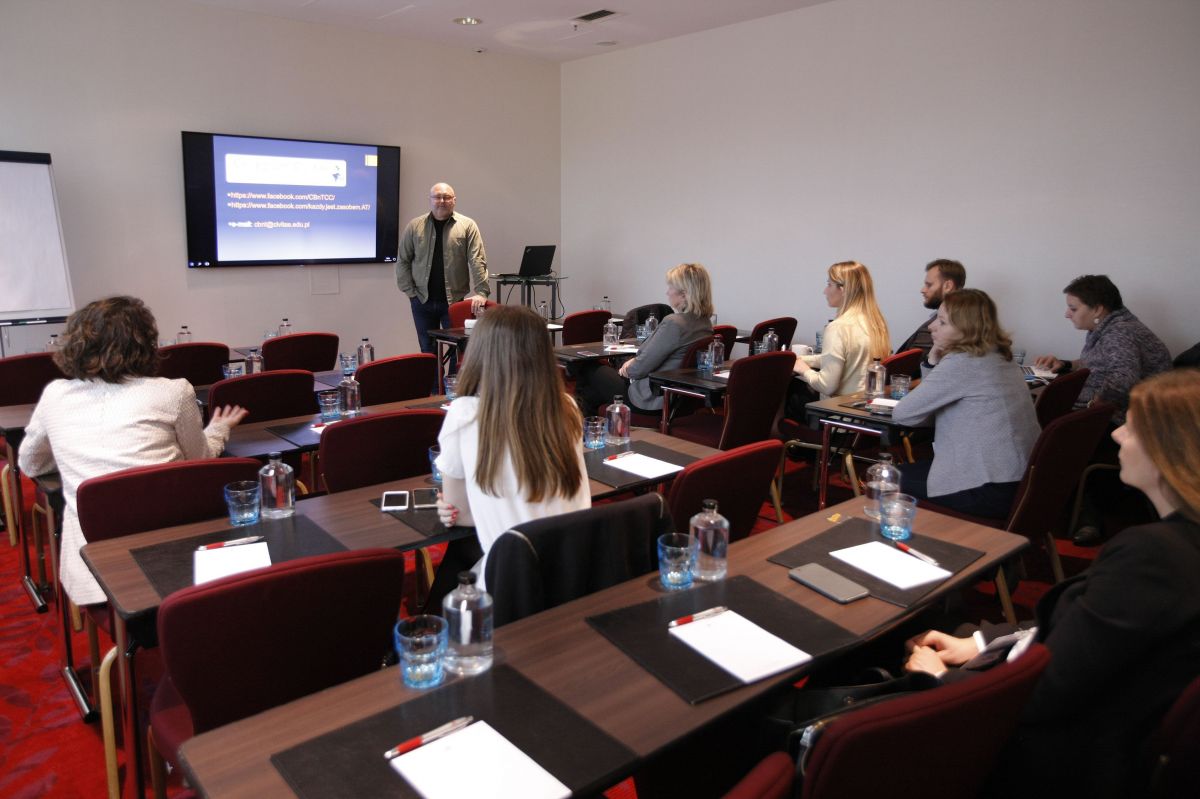
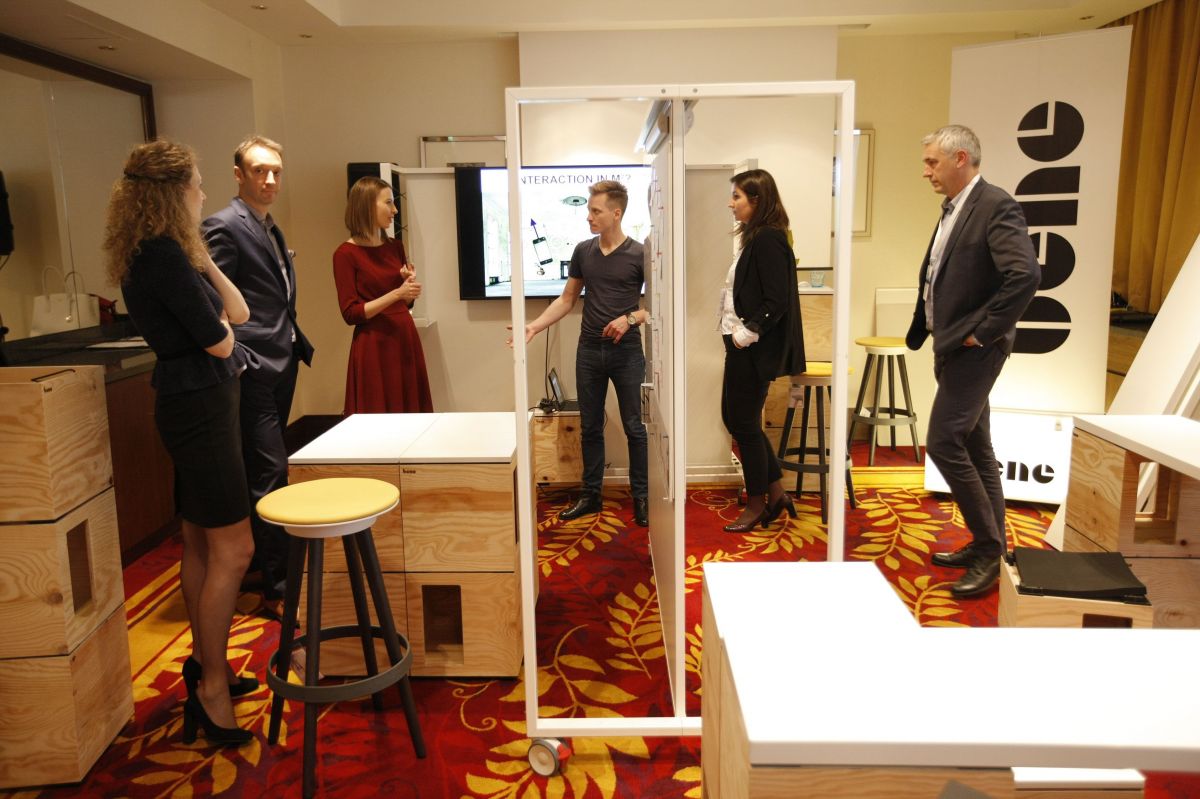
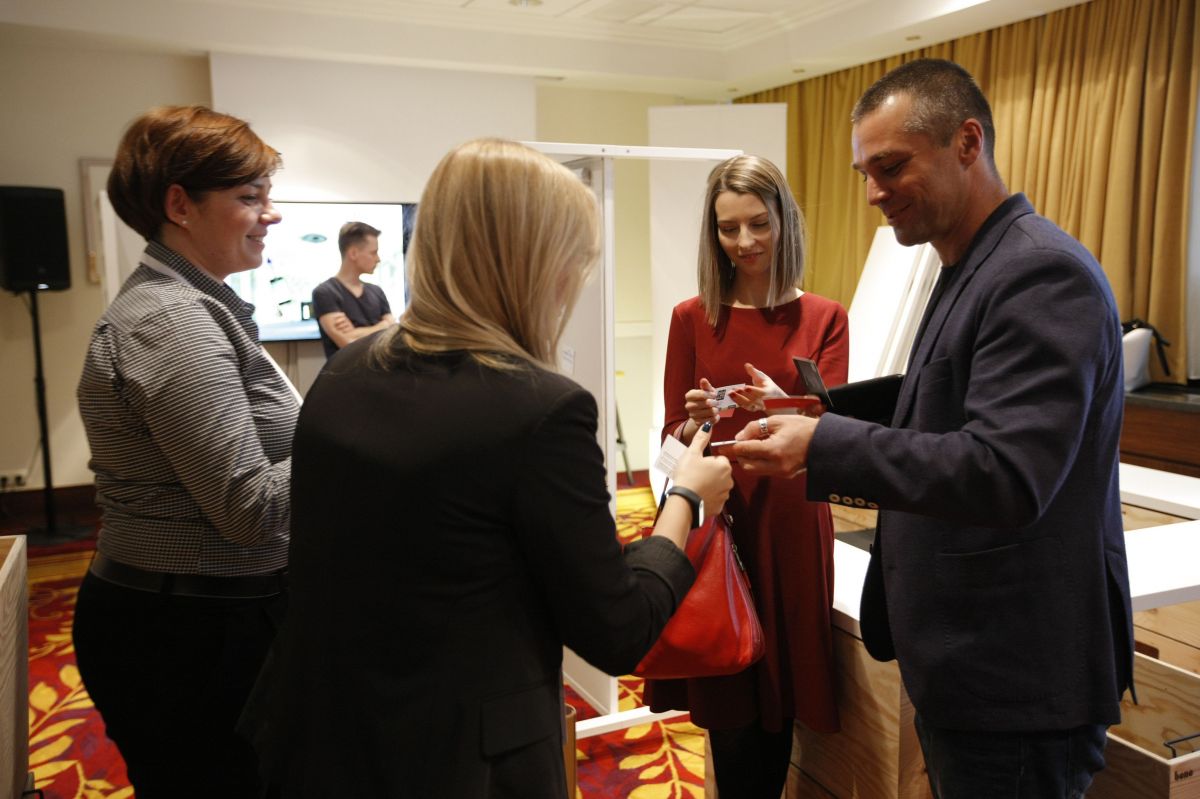
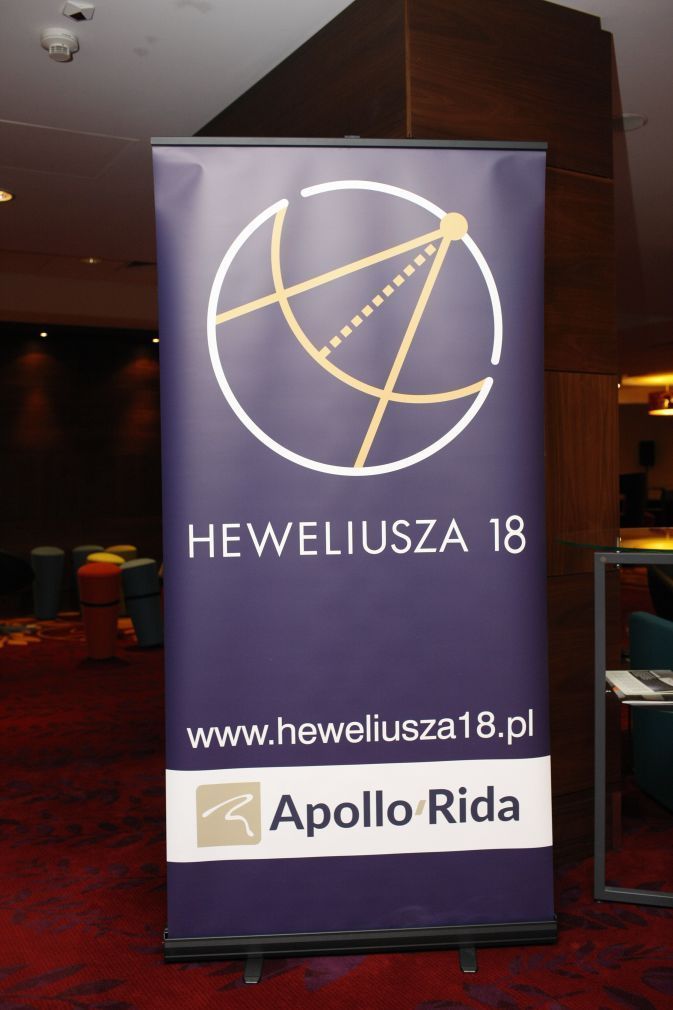
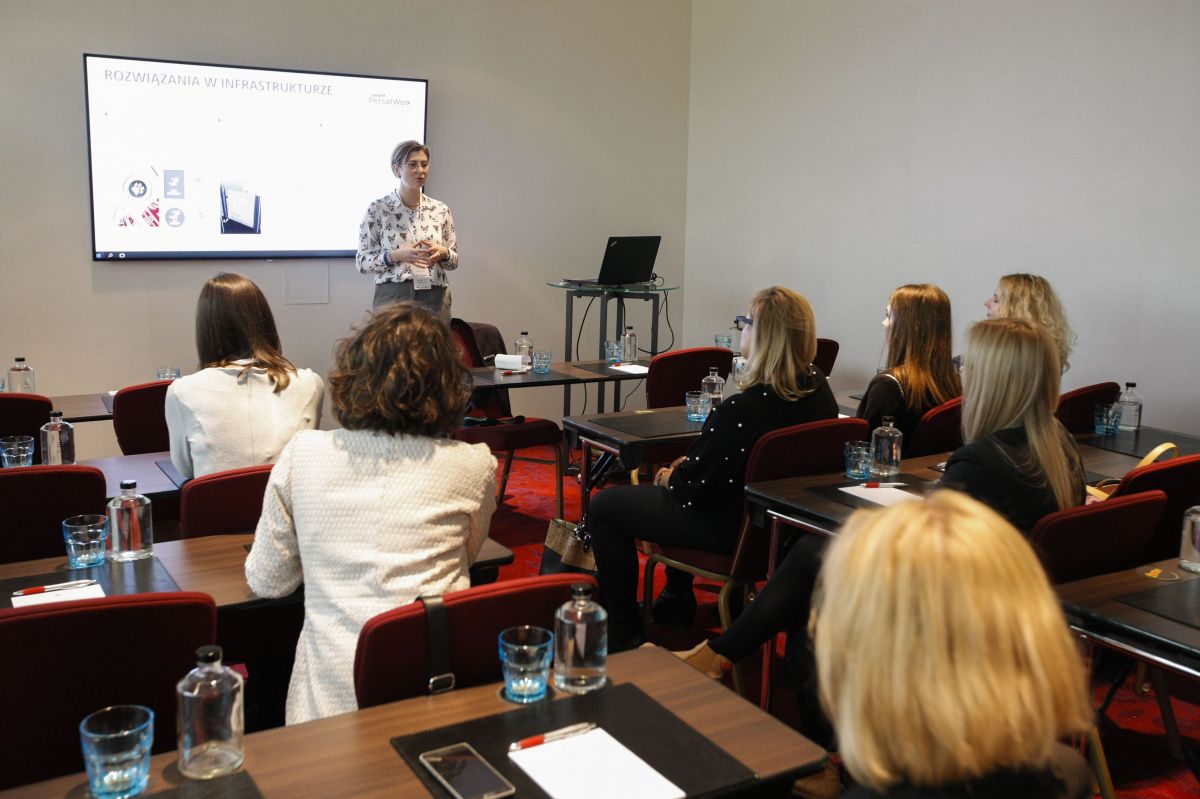
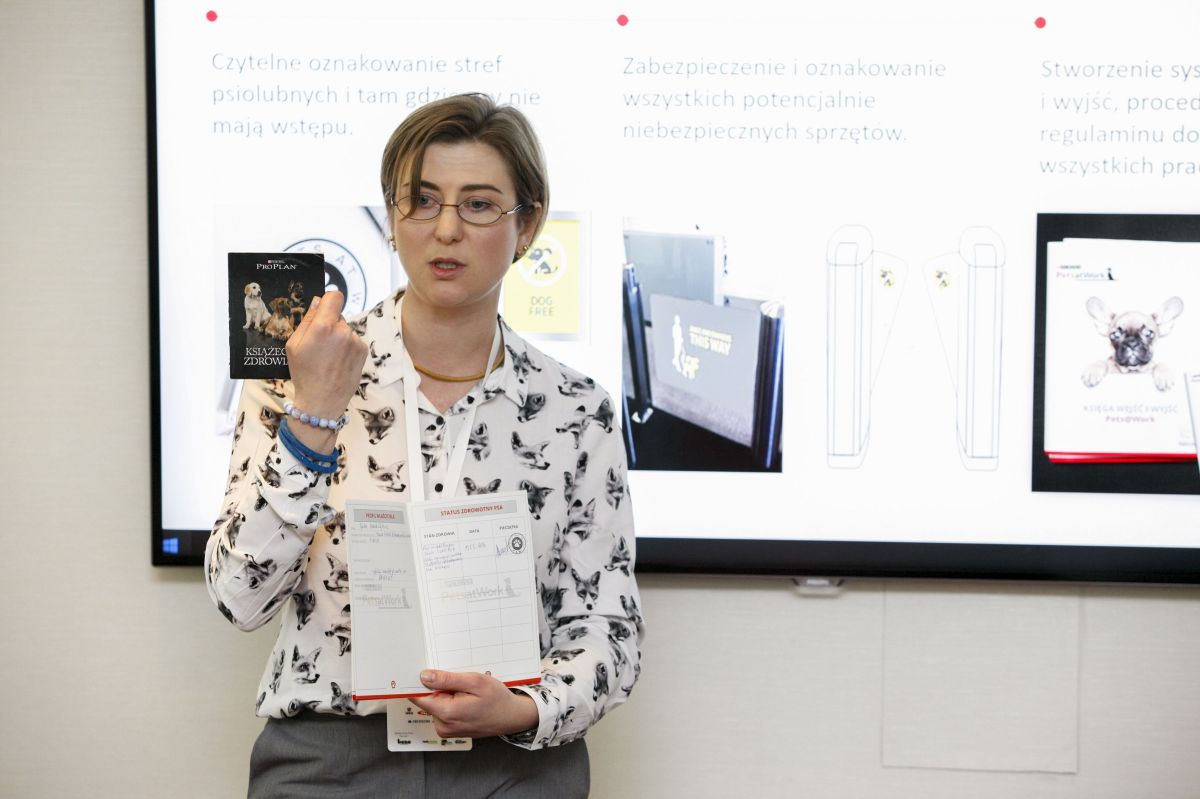
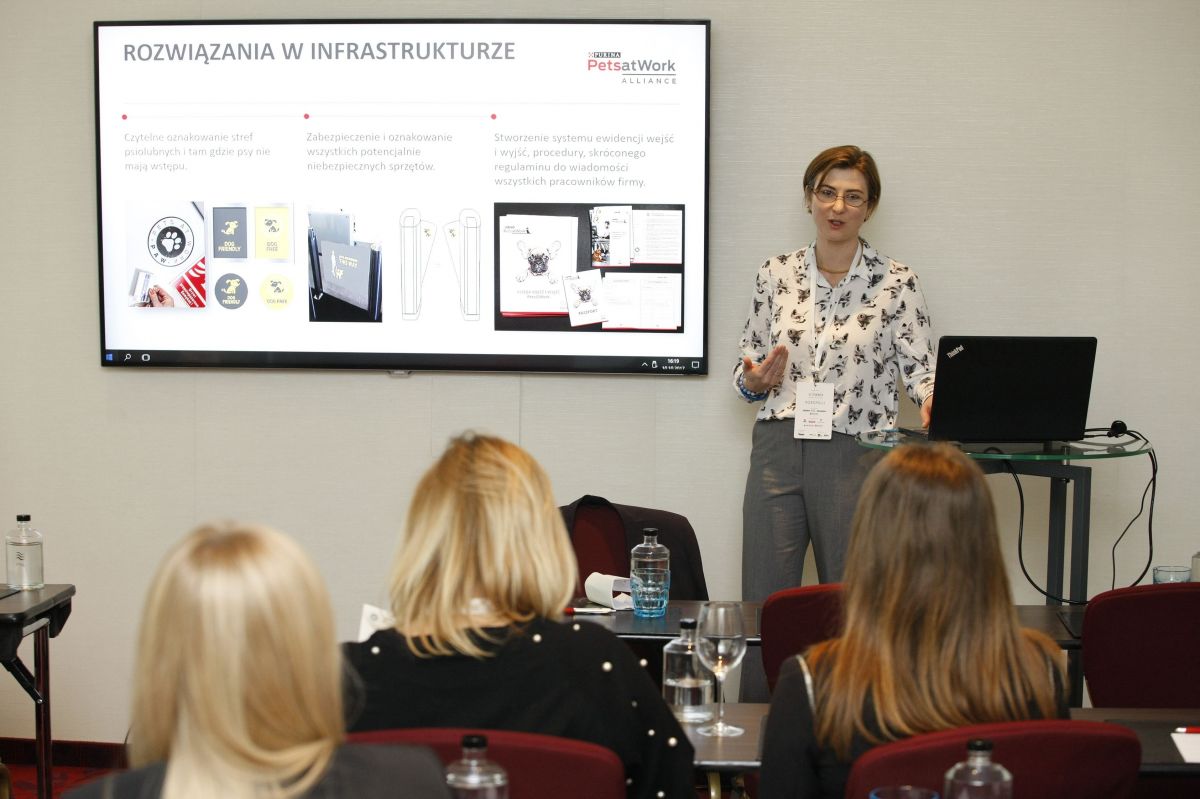
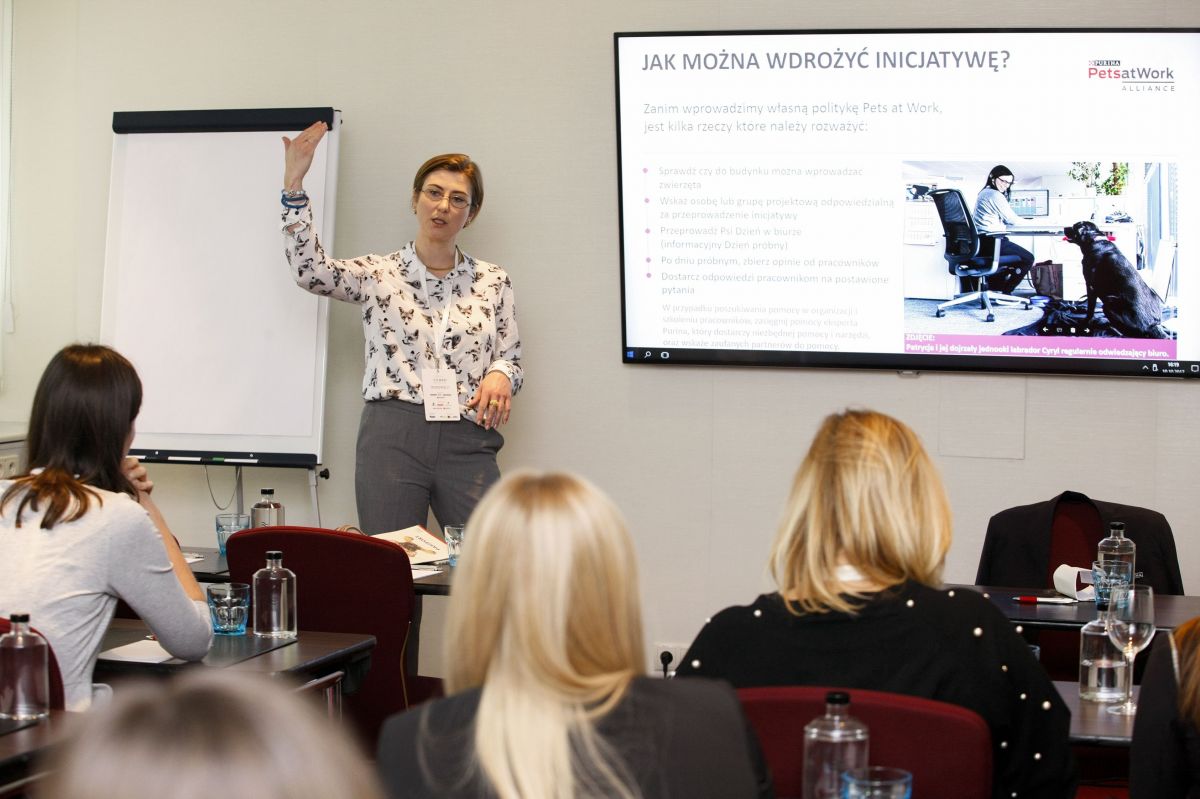
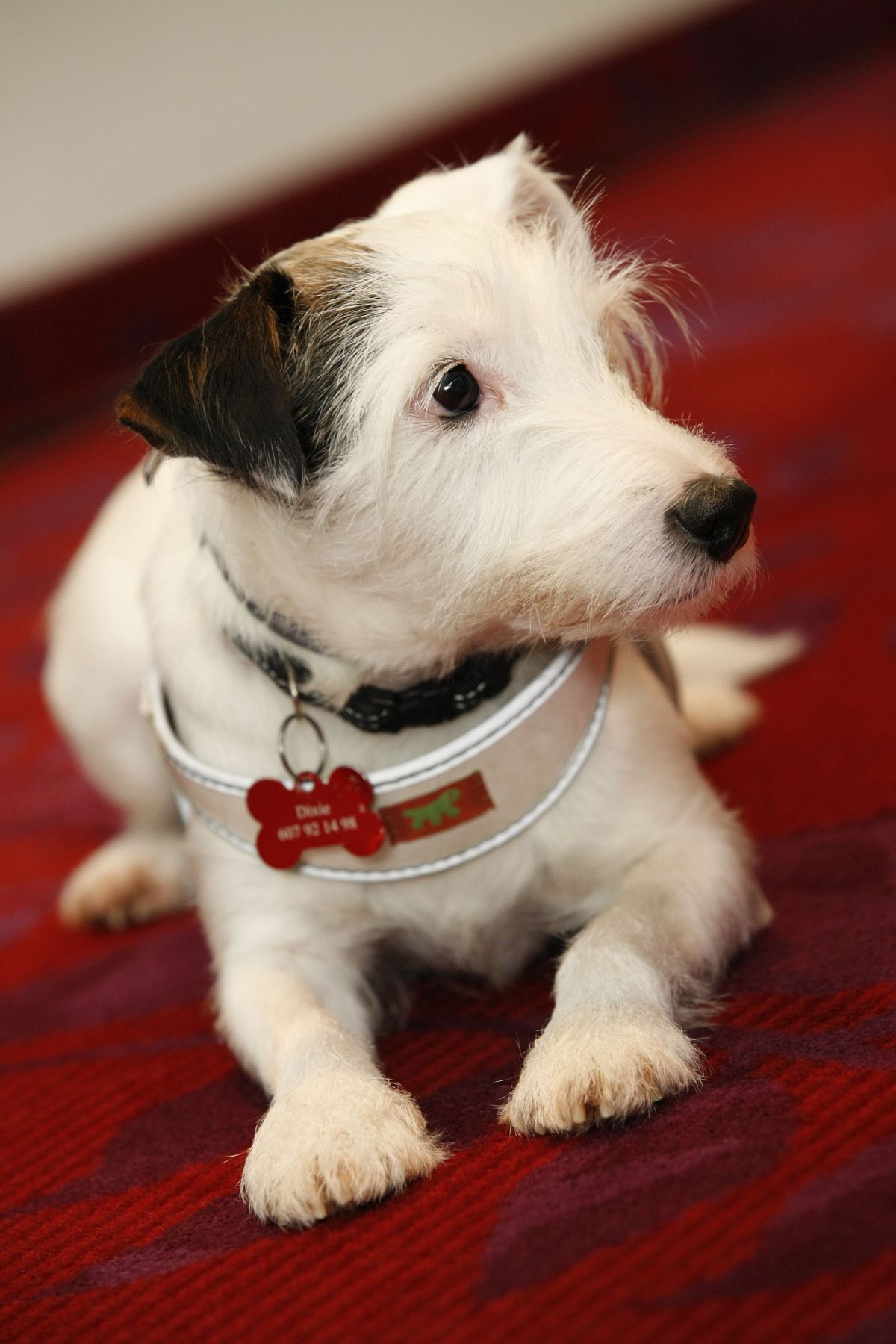


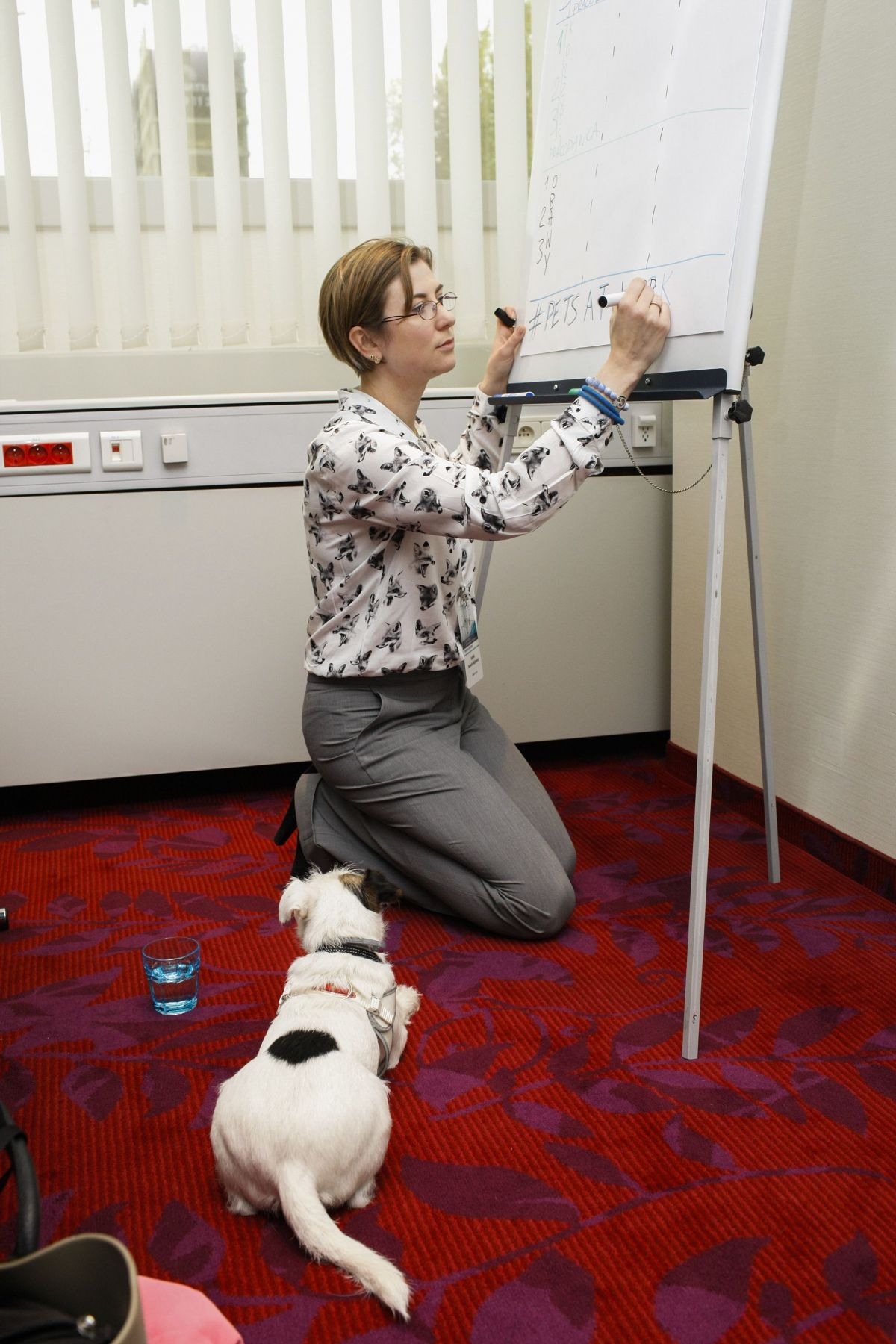
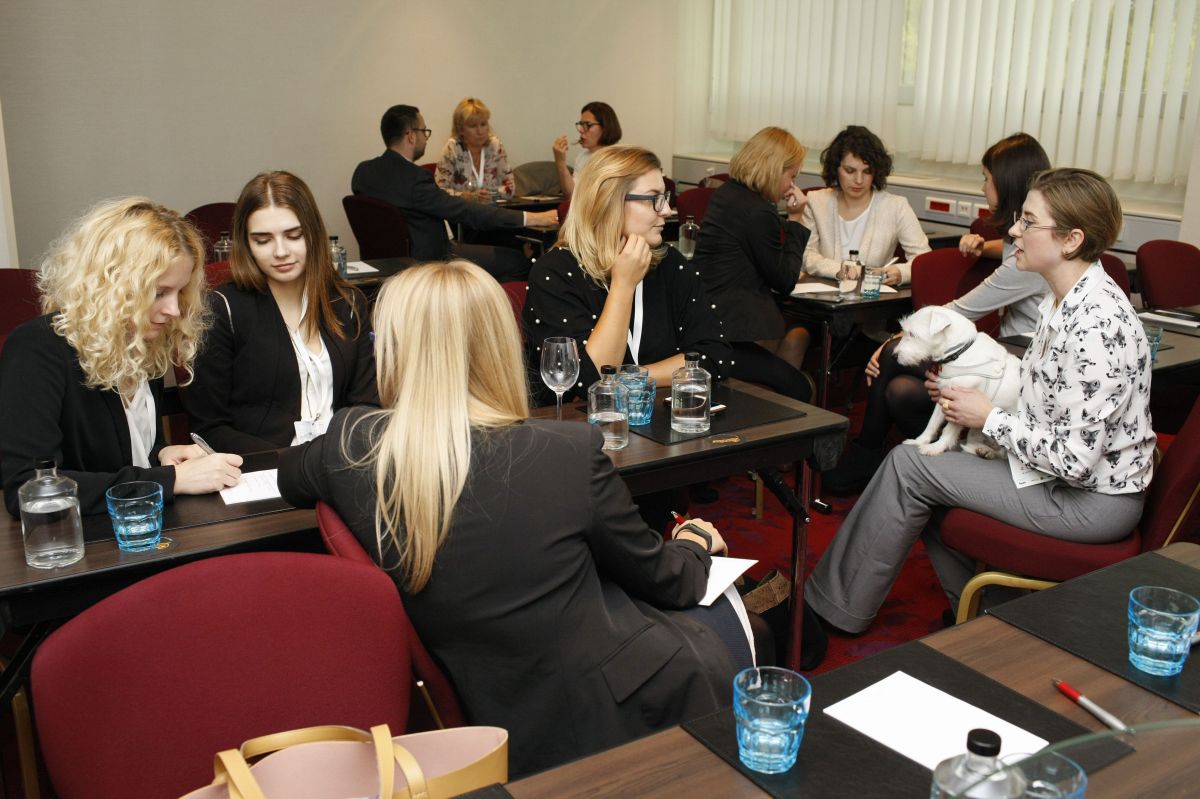
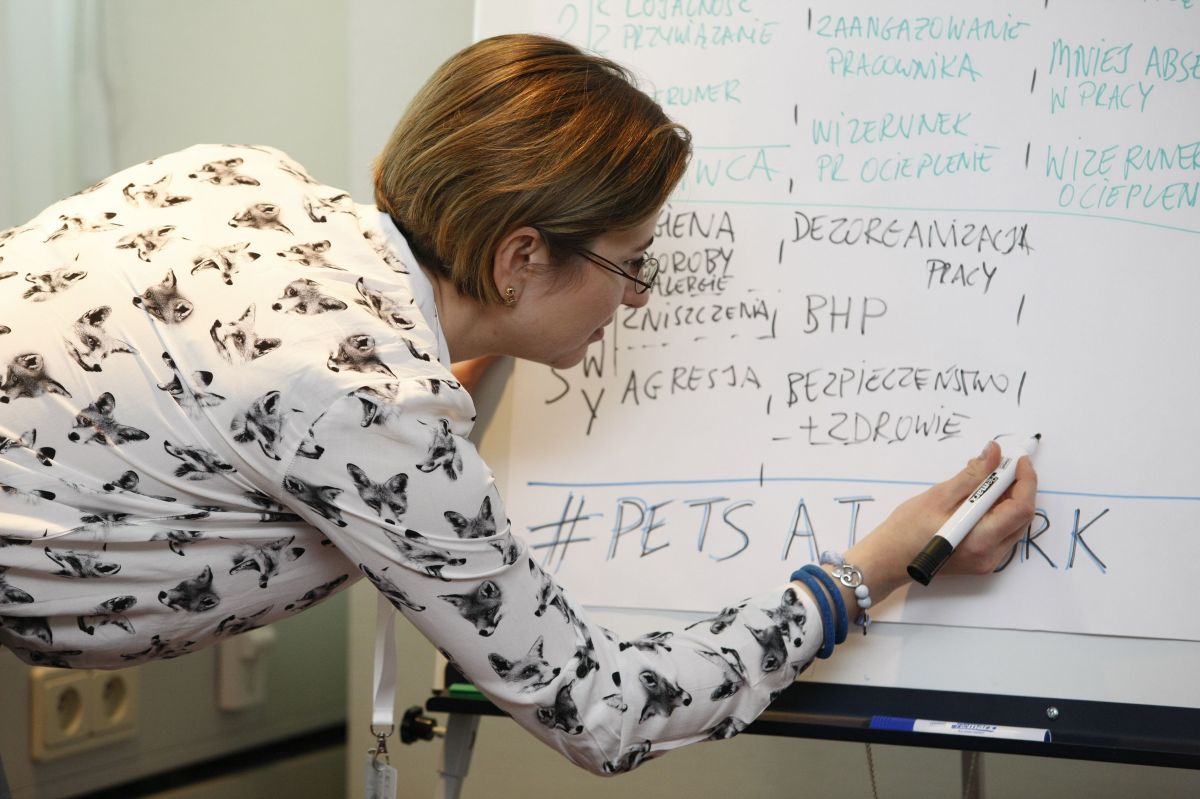
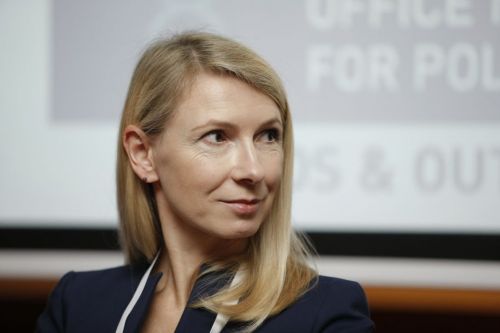
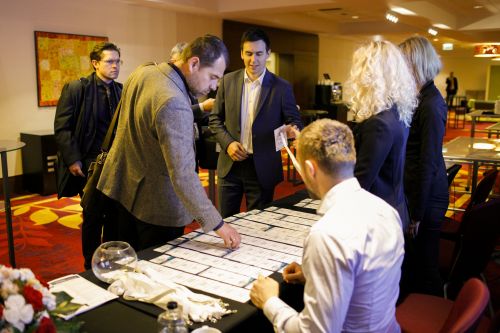
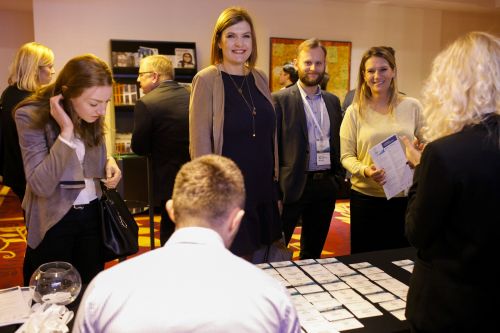
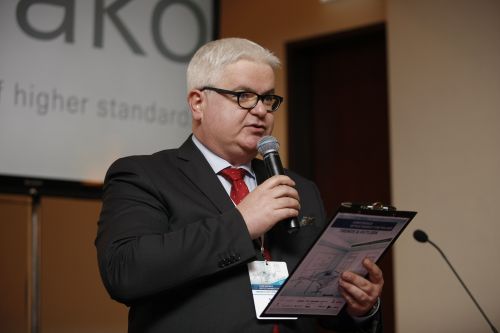

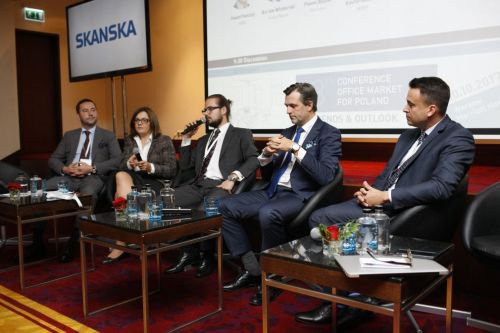
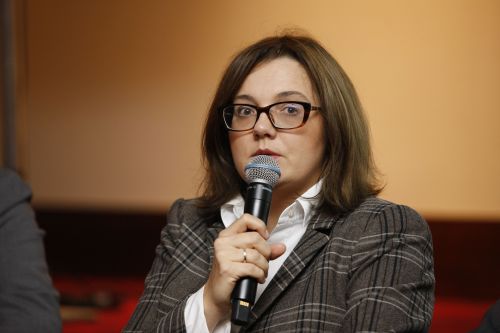
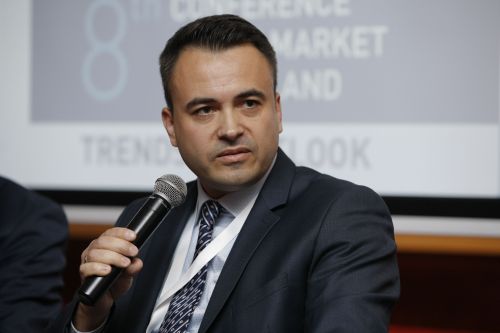
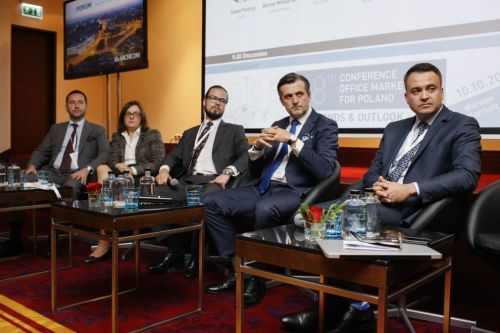
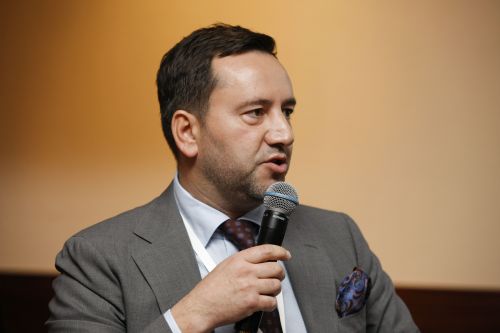
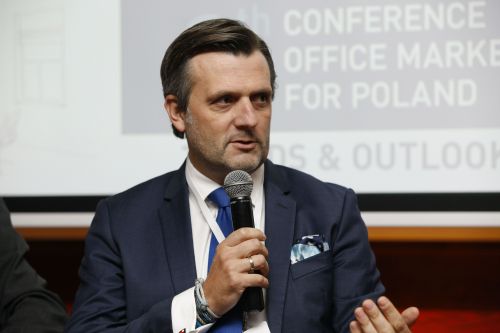
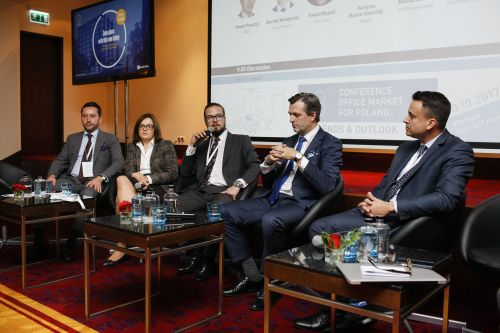
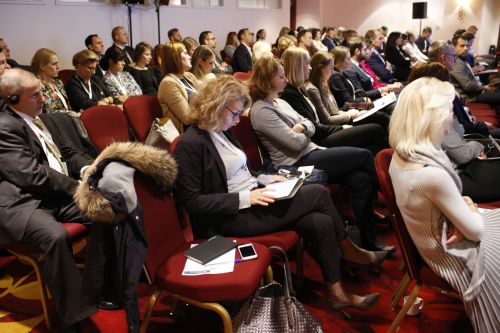
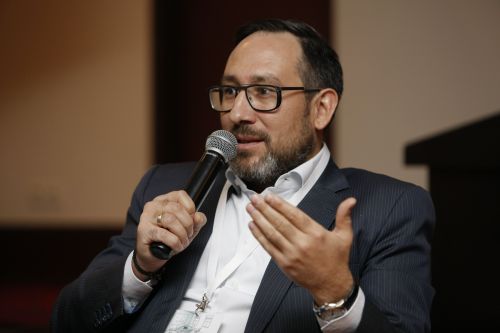
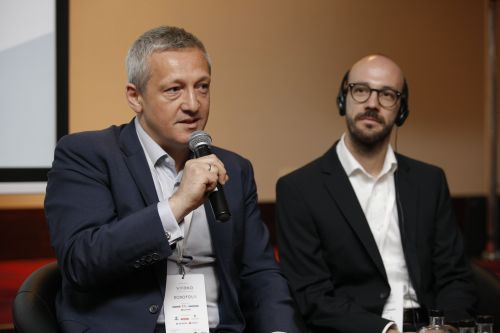
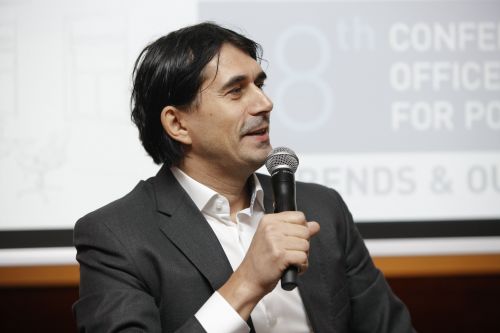
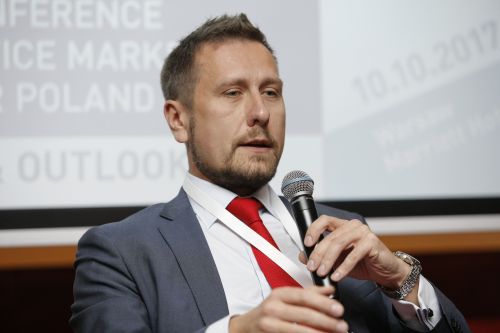
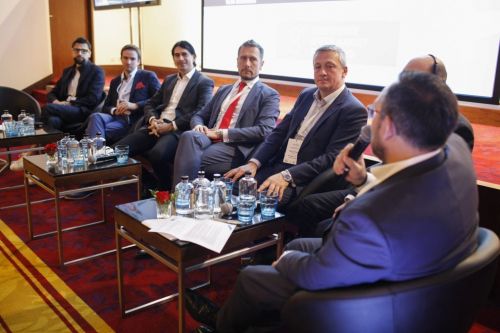

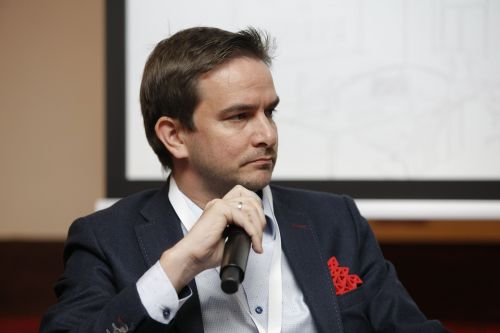
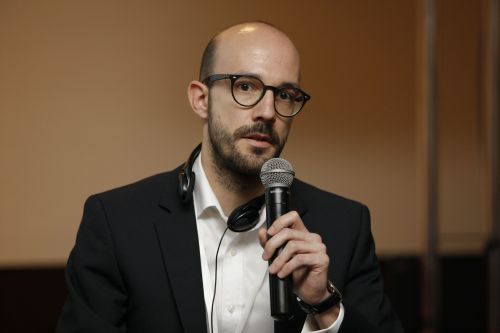
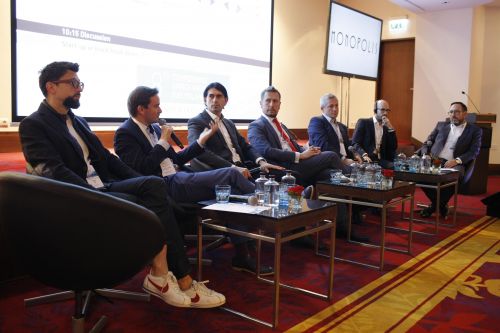
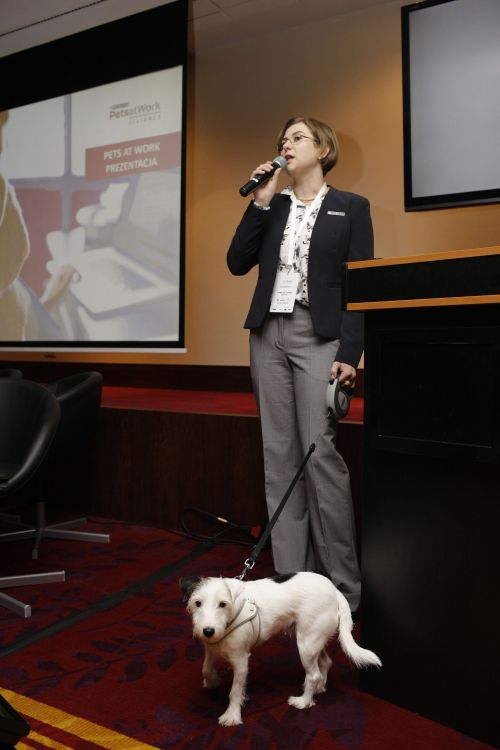
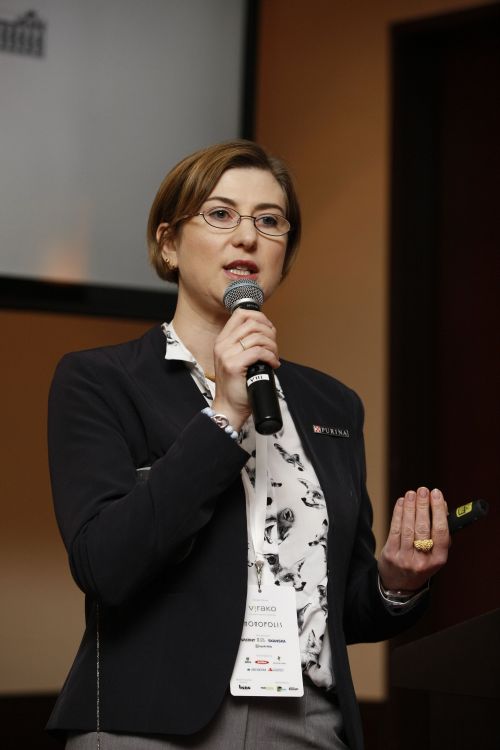

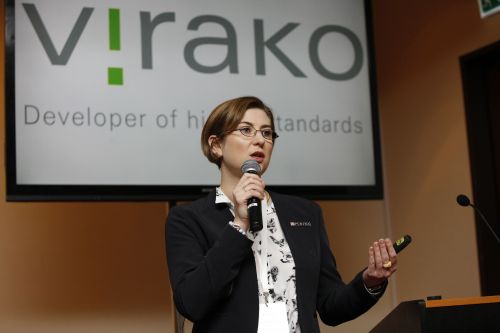
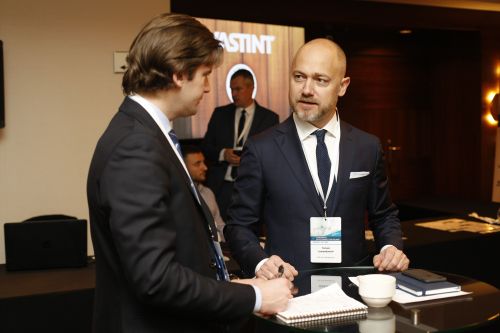

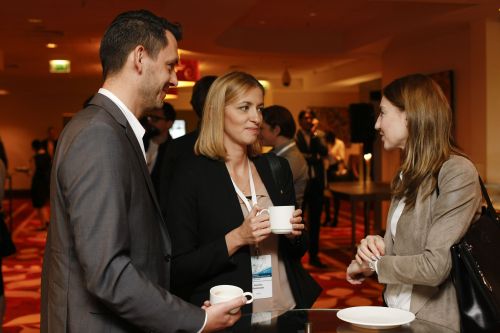
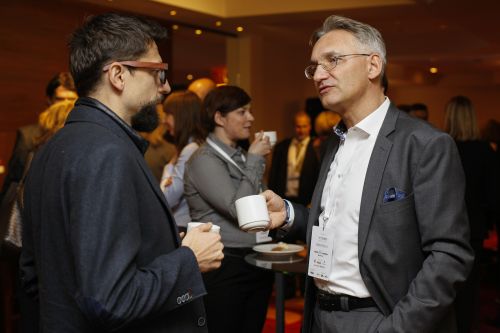
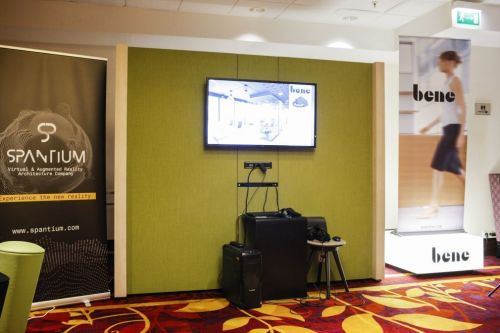

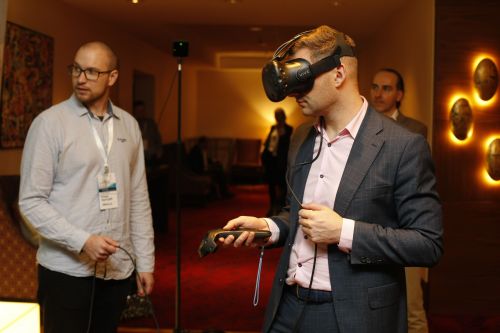

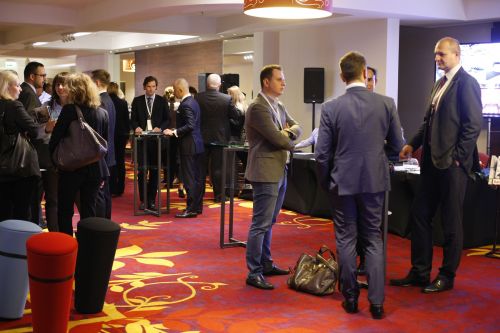
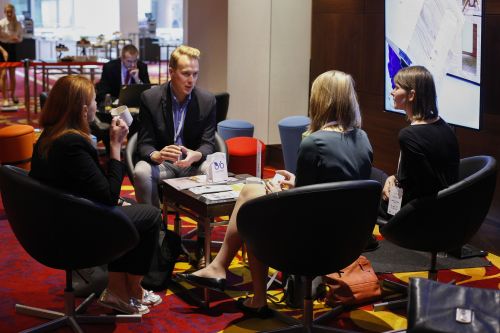
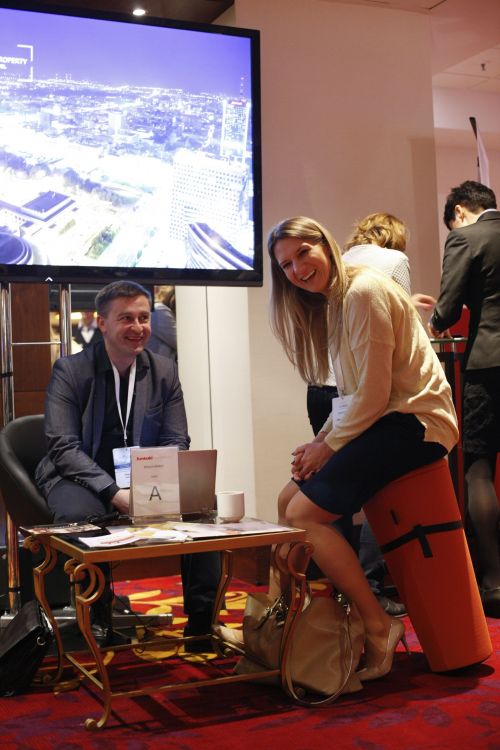
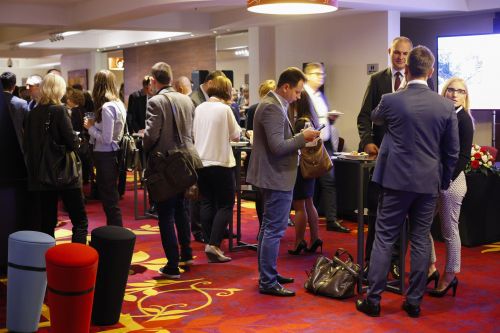
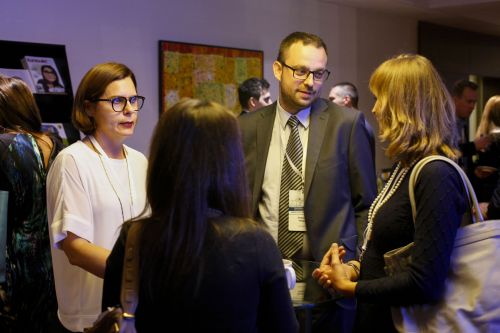
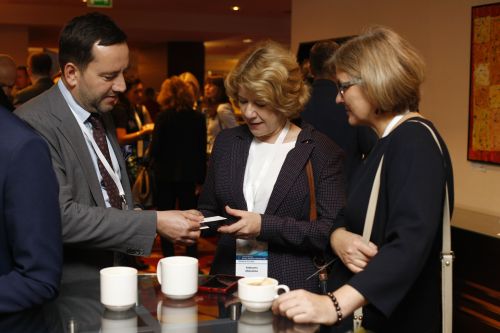

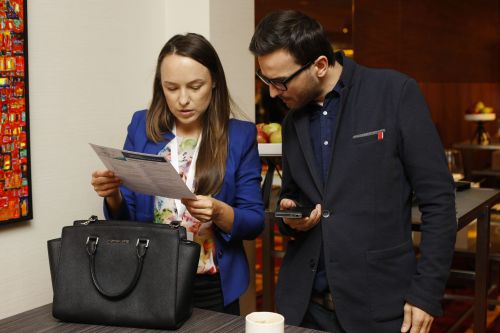
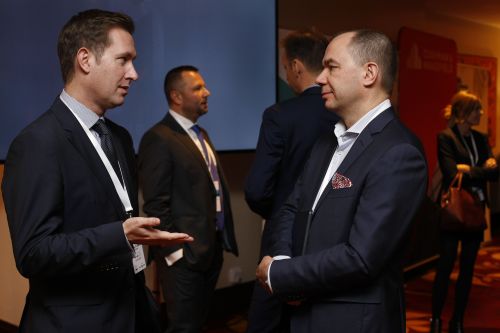
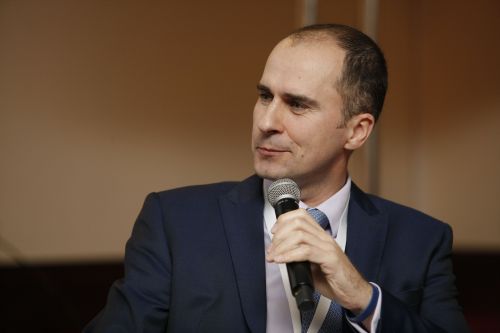

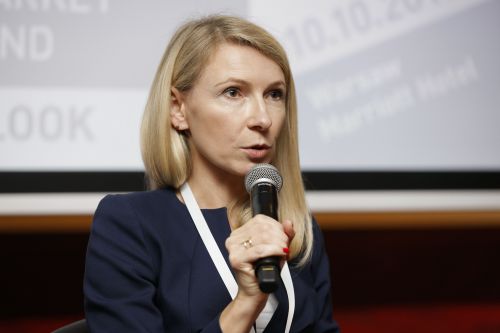

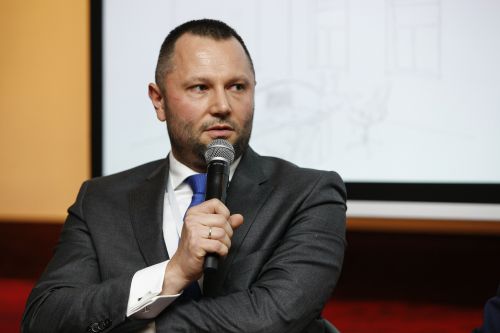
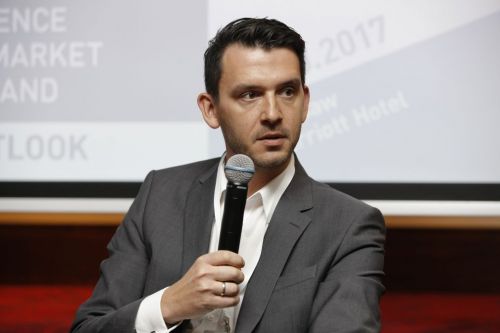

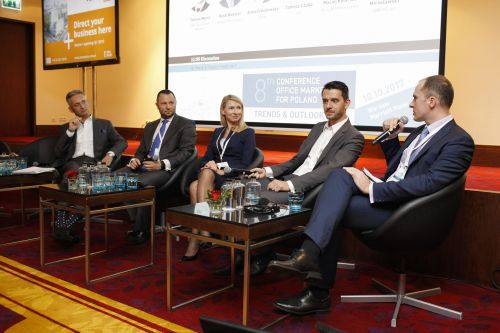
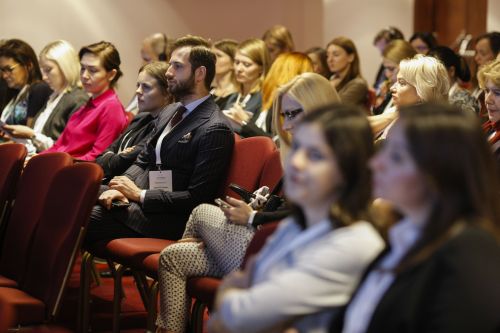
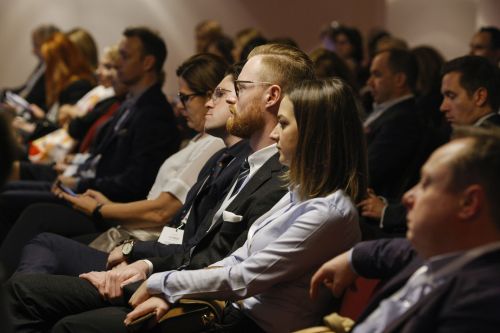

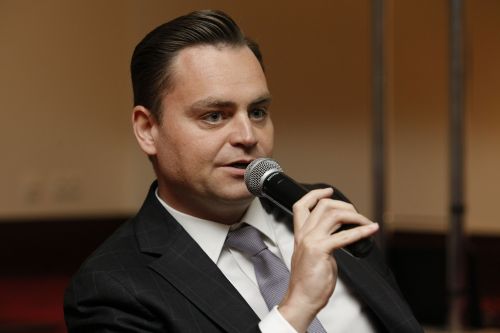
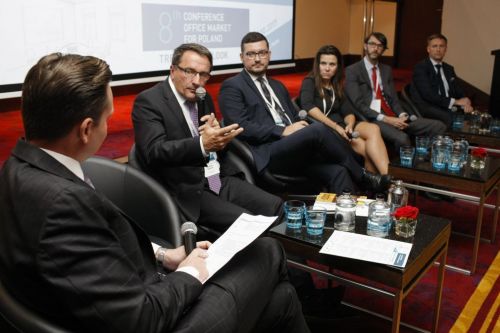
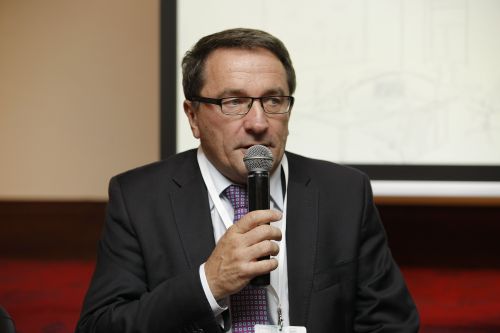
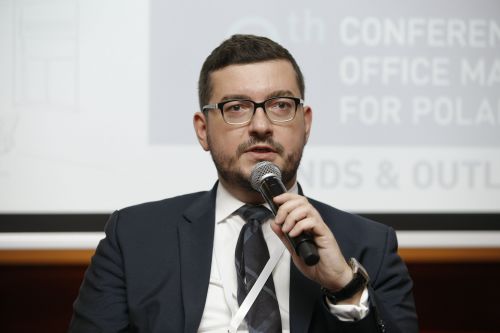

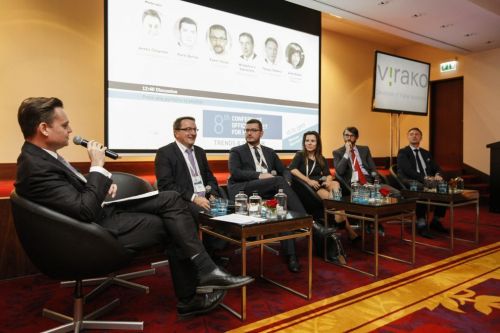
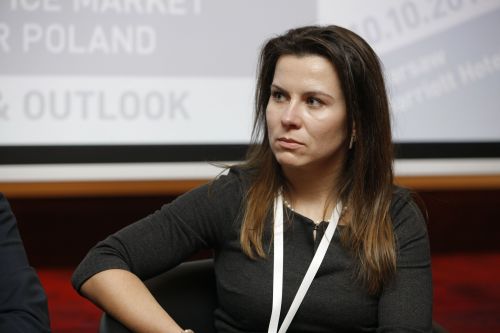
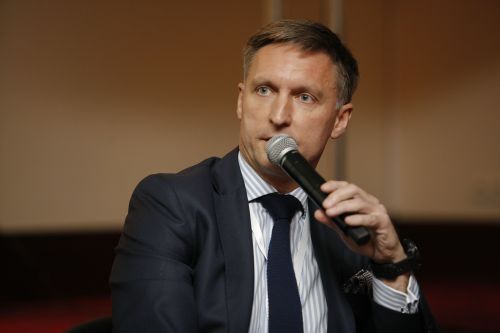
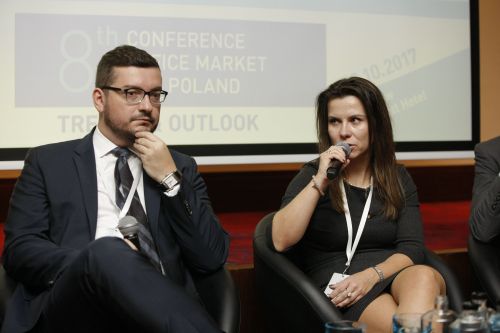
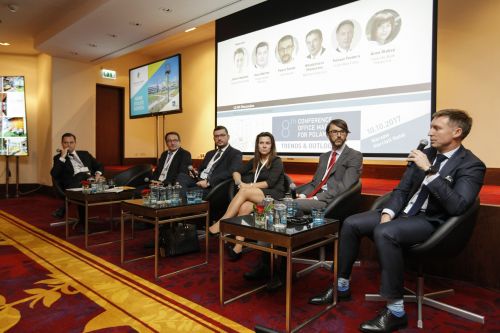
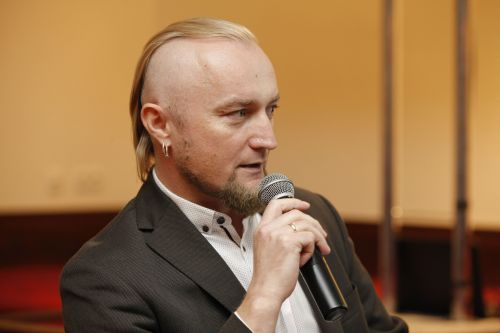

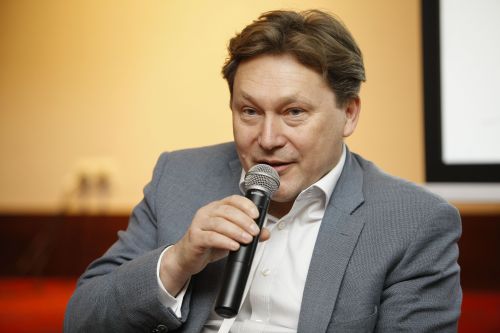
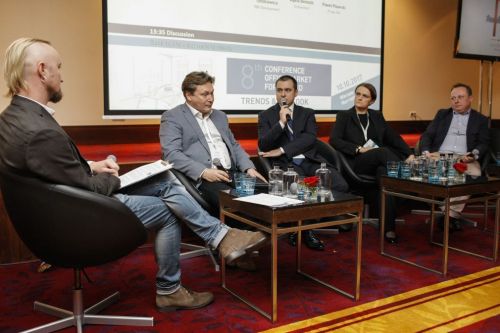
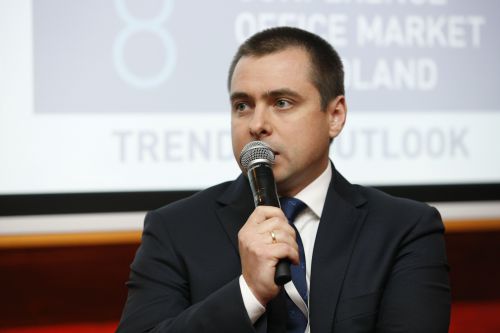
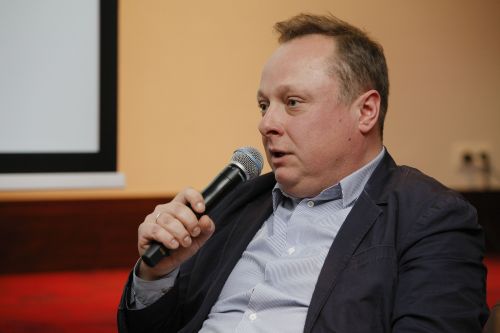
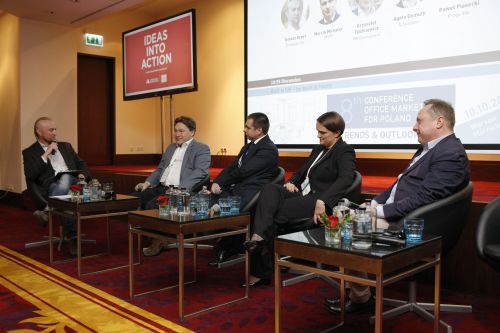
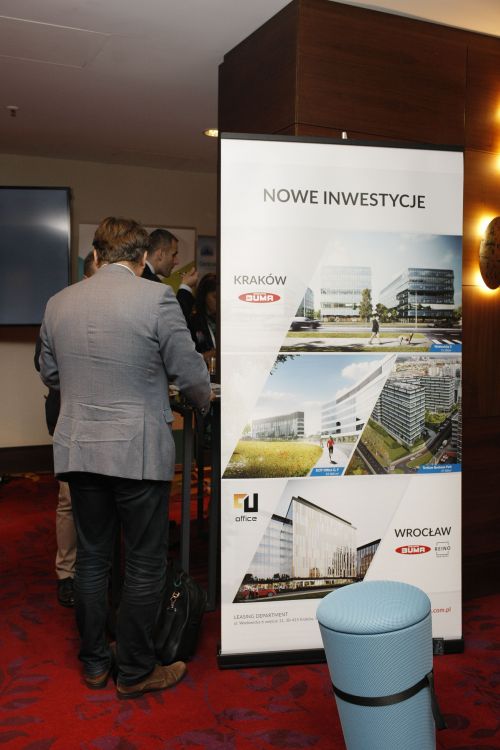
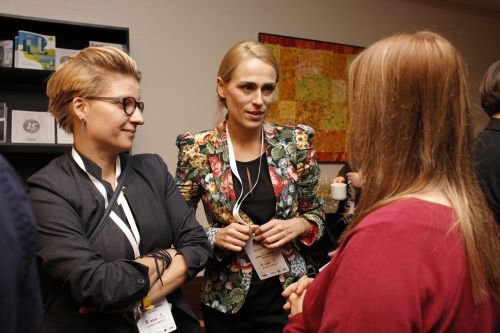

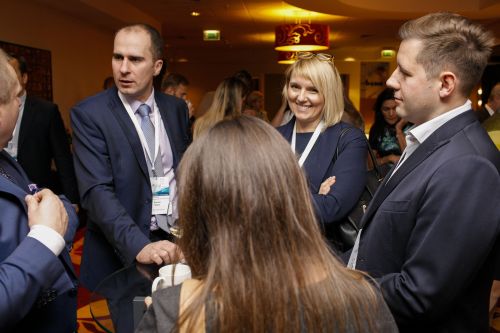
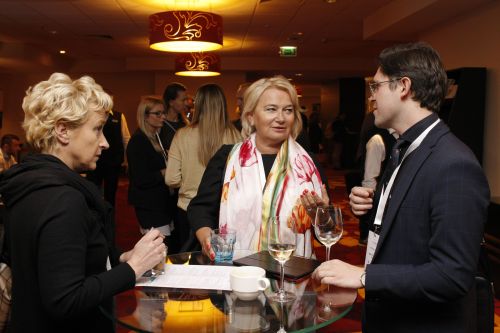
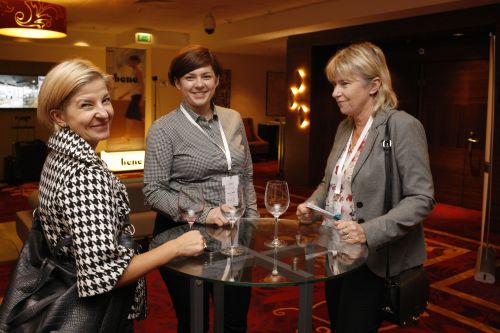
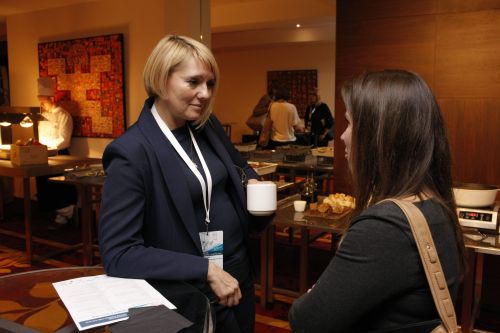
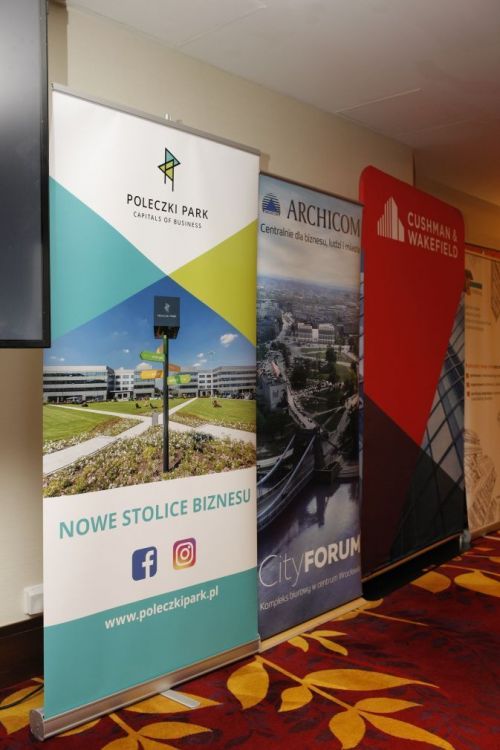
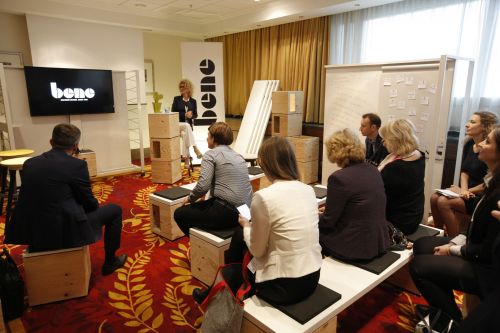
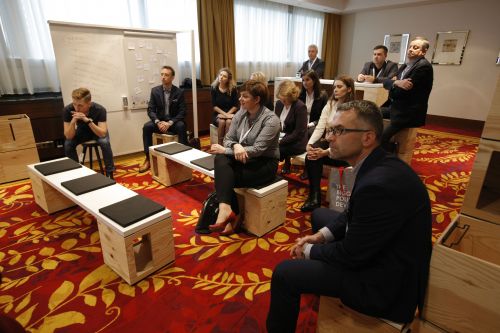
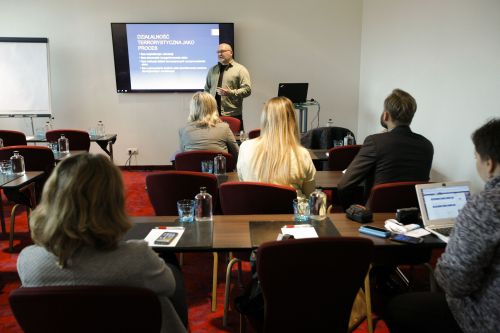
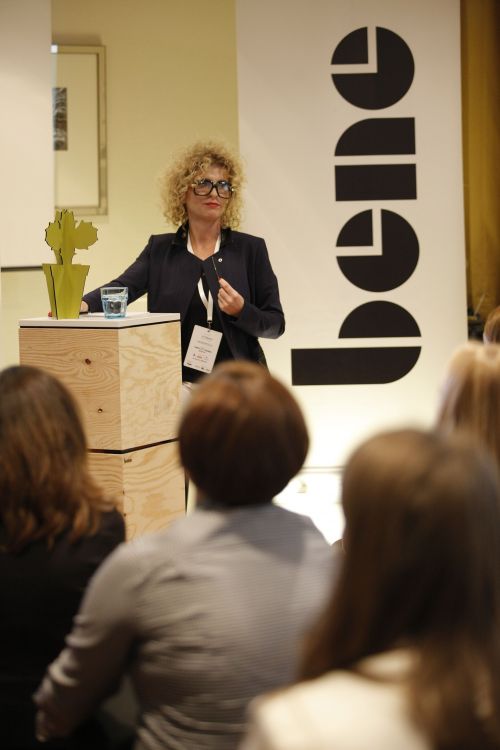
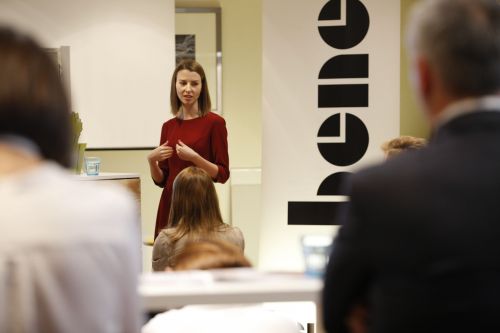
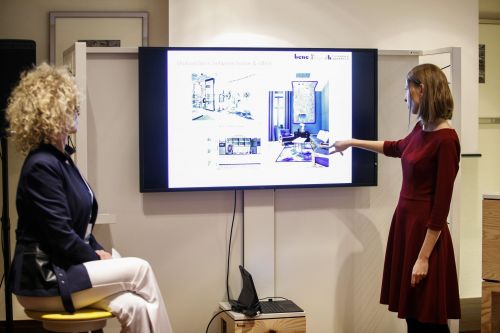
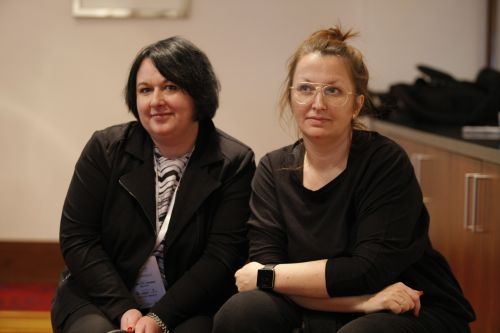
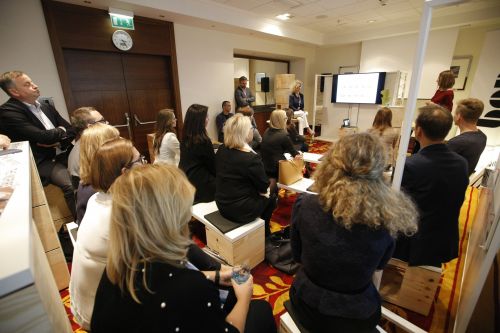
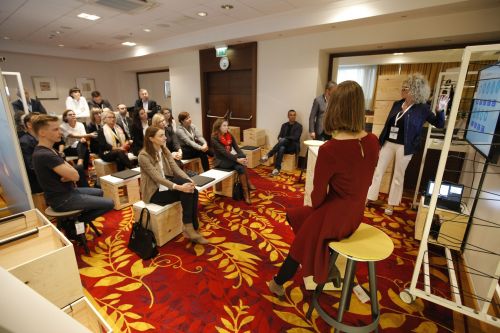
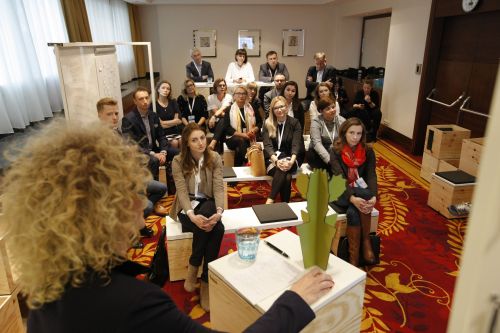
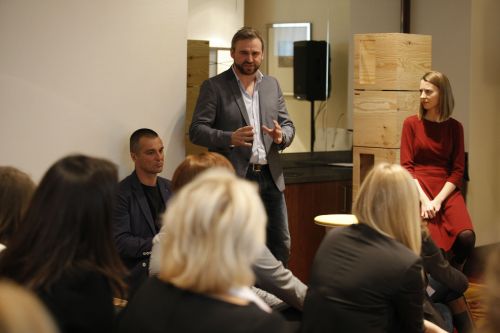
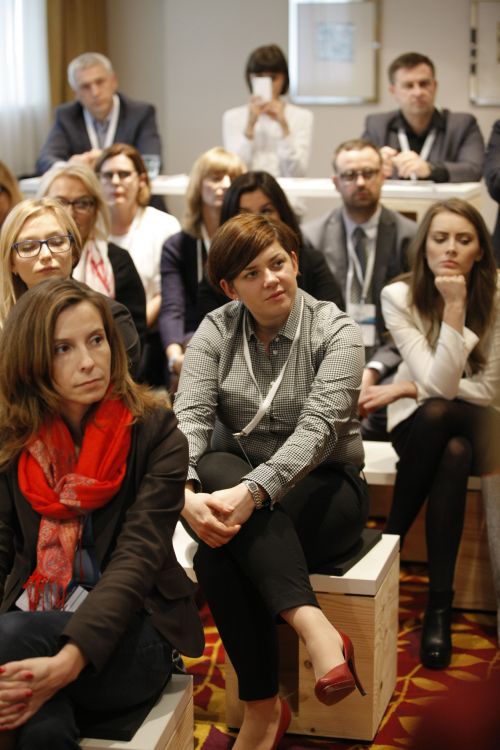
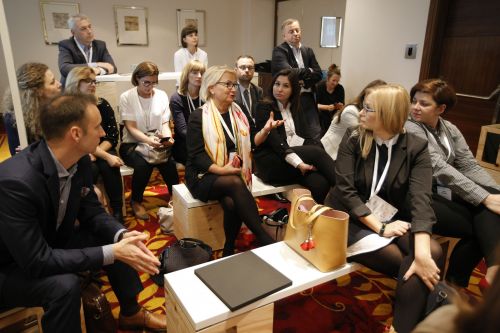
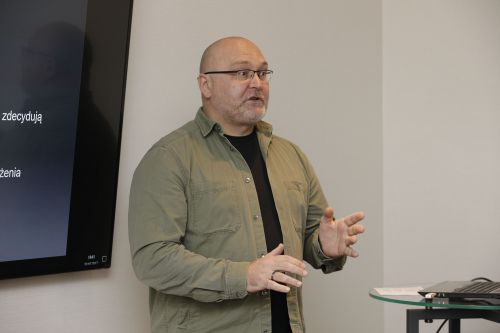
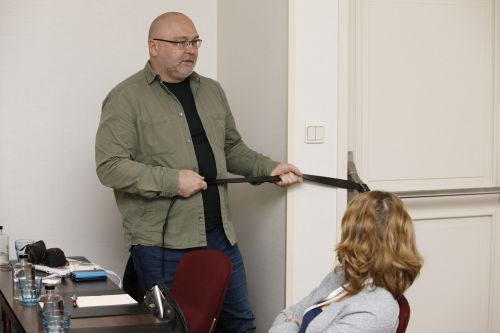
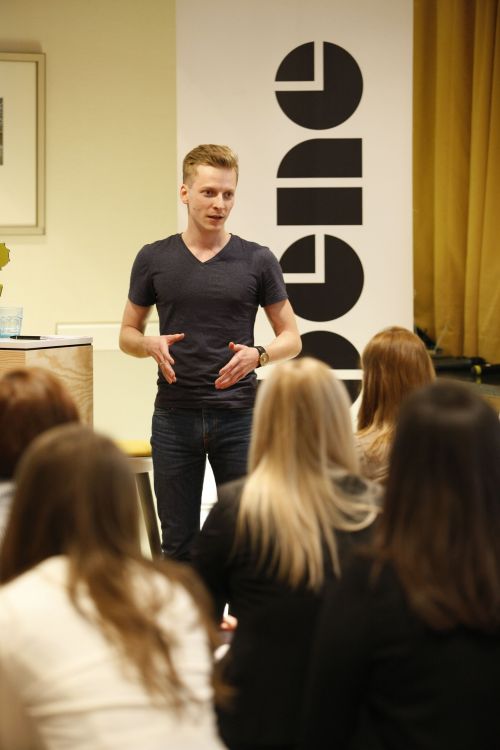
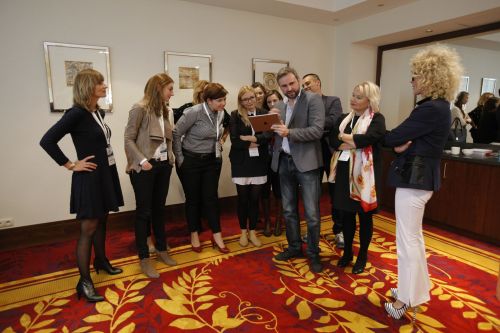
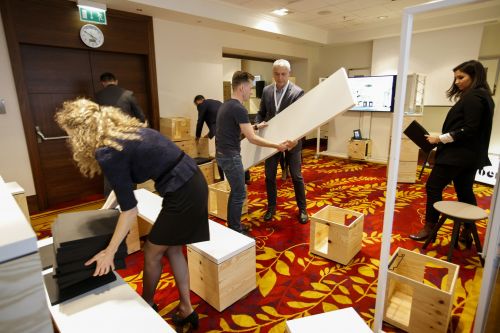
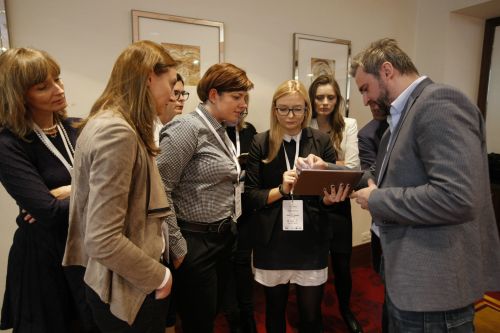
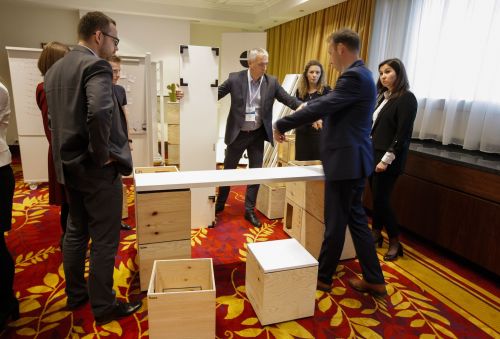
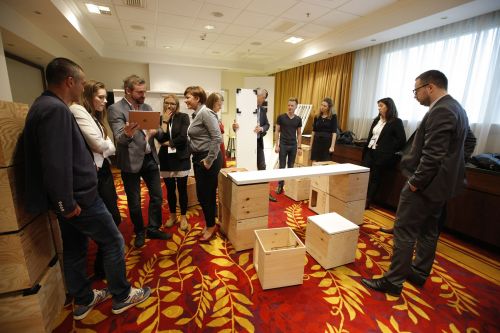
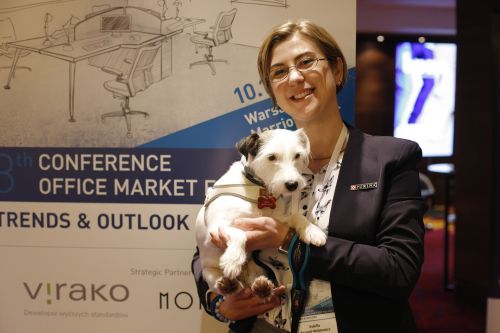
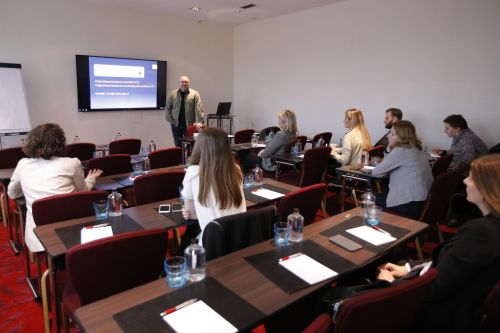
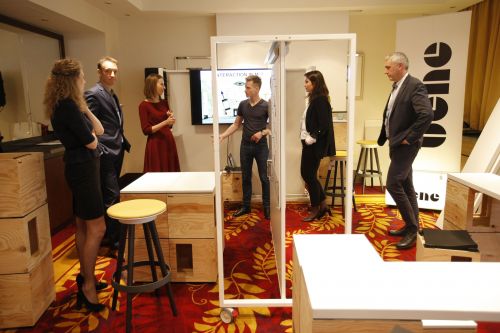
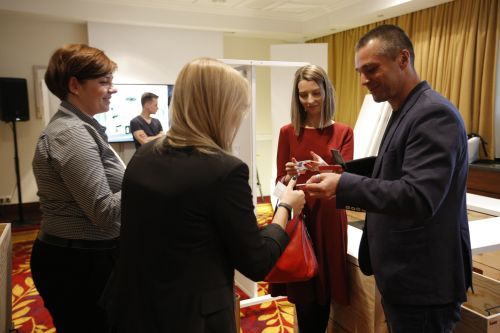
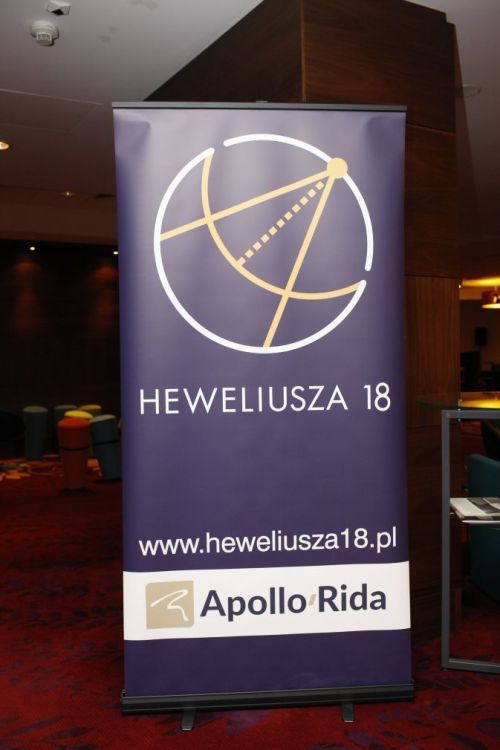
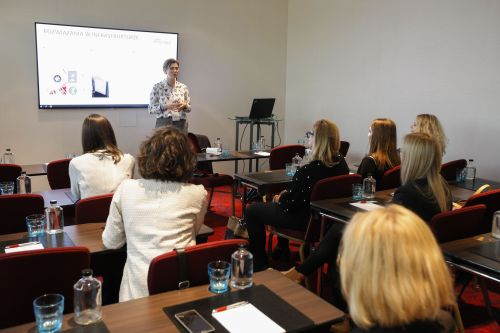
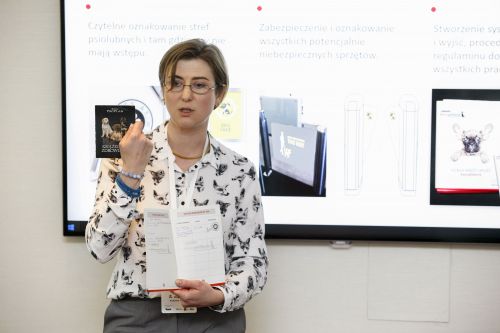

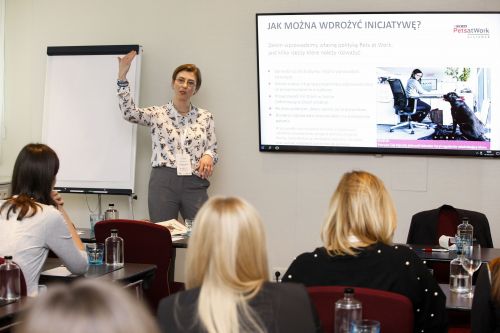
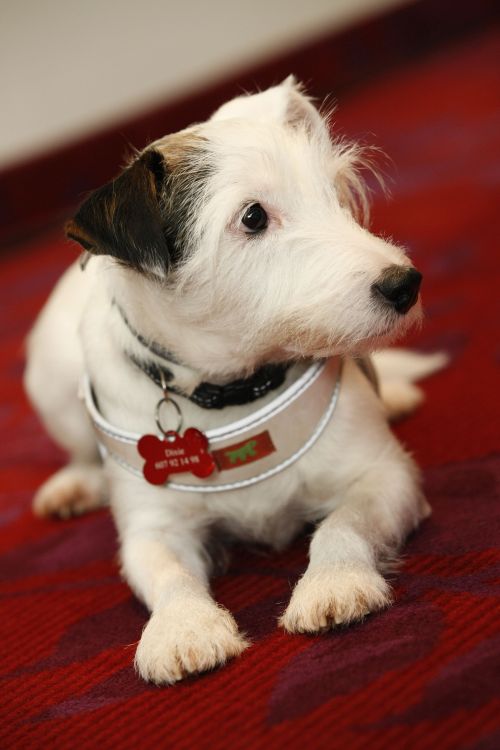
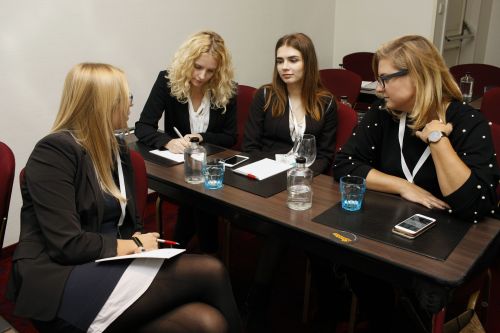

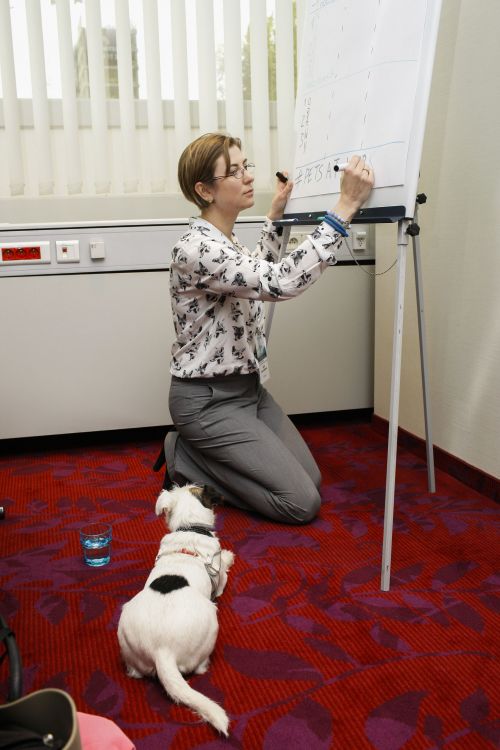
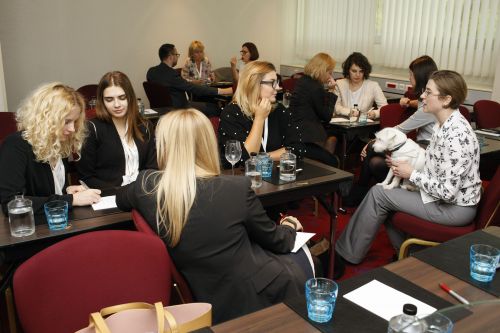

The greatest – and perhaps only really pressing – current issue for developers and office building owners is that tenants are having problems recruiting the staff they need
Around 150 office real estate specialists met in the congress room of Warsaw’s Marriott hotel on October 10th to discuss the Polish office market. The title of the first discussion panel left us in no doubt that the market is going ‘At Full Speed’: buildings and office parks are popping up all over the country and their owners are not having any major problems with finding tenants for them. However, the sector is suffering from a rebound due to an issue affecting many sectors of the Polish economy: workforce shortages. “It is notable that JP Morgan, whose Polish entry has recently been widely commented on, has scaled down its plans to recruit new members of staff from 100 to 60 people per month,” said Paweł Panczyj, the managing director of ABSL, who moderated the panel. “They have simply had to face up to the conditions on the ground in Poland,” he continued. “We have no choice: we have to focus on people from abroad in some industries,” concluded Krzysztof Misiak, the head of the regional city department at Cushman & Wakefield. “We are already among the most developed countries, but if we don’t start recruiting from abroad we will lose out in the race against other economies,” he added.
The next panel was another that became heated. This was devoted to the co-working phenomenon and its potential for playing a significant role in the development of the office segment. “Some believe that co-working is only meant to fill empty space, but such a view is mistaken,” insisted Grzegorz Strutyński, a member of the board of HB Reavis Poland. “The Polish start-up market, which is a natural source of clients for co-working space, is at an early stage of development, but in London such companies leased more than 100,000 sqm of office space in H1. This sort of scale still lies ahead for the Polish market,” he emphasised.
“As far as the Polish start-up market had been concerned, until recently there was only Warsaw and nothing much after that. However, this has been changing – Kraków, Poznań, Łódź and Wrocław are now breathing down the capital’s neck,” pointed out Dariusz Żuk, the president of Business Link Poland. “Our expansion plans for co-working offices also include Lublin and Szczecin – and although this will be a challenge, we also believe we can be successful on these smaller markets,” he added.
“The growing popularity of remote working does not represent any kind of threat for co-working. We are a species that likes to socialise, to be part of a group, which is why working from home or from a café gets boring in the long run,” chimed in Jarosław Bator, the director of business development at Skanska CDE.
This panel was followed by a presentation attended by an unusual guest – for the first time in Eurobuild CEE’s history a dog was present, accompanying Sybilla Berwid-Wójtowicz, a doctor of veterinary medicine and a behaviourist working for Nestlé Purina. She outlined the principles of the Pets at Work campaign promoted by the Nestlé group for pet owners to take their dogs or cats into work. Having pets around helps to reduce employees’ stress levels and to make the office a friendlier place, but it requires prior preparation – training the staff and designating the areas available for the pets. So far only a few companies in Poland have joined the campaign, but at Nestlé’s UK head office, which has been running the Pets at Work scheme since 2003, app. 50 out of 500 employees regularly take their four-legged friends to work.
The next panel, on problematic relations between the owners and tenants of office buildings, started after the coffee break. It was also dominated by the situation on the job market and increasing employees’ requirements. “We have not installed a Play Station in the office yet, but we already have foosball,’ admitted Jakub Mirosławski, the sales and marketing director at UBM Polska. “Companies are trying to attract employees by any means possible. The methods include larger and more attractive chill-out zones as well as simple structural solutions aimed at employees’ well-being, such as pivoting windows,” he added. “Of course, the hard data are important during negotiations with potential tenants and ultimately decisive in any transaction, but owners have to pay attention to all the kinds of ‘soft’ features of an office building that could make personnel feel more comfortable. In an employee’s market these are important features of a property for all tenants,” argued Anna Cielichowska, a member of the board and the commercialisation director of Virako.
An intense discussion followed on the next panel, on office properties as an investment product. The participants of the panel complained that although the office market is clearly booming, it is still not easy to find good investment products. This, they agreed, was because the market is dominated by large players who are not willing to sell their assets. The final discussion at the conference was on the subject of revitalisation projects. How can such projects get off the ground? “By starting a dialogue. If even the preliminary preparations for such a project take place without informing the local residents or authorities there will certainly be a conflict,” claimed Krzysztof Tyszkiewicz, a member of the board of BBI Development. “I insist on three things from the local authorities who always partner such projects: local zoning plans, local zoning plans and local zoning plans. Keeping to the deadlines set under the administrative processes code would also be very helpful,” he added.
Who are the tenants of offices opened in revitalised buildings? “These are companies who are not interested in ultra modern glass towers but in more niche places that have a soul,” believes Paweł Piasecki, the development manager of the Praga 306 project in Warsaw’s Praga district. “When it comes to office revitalisations on that side of the river, the tenants are mostly companies that were already based nearby, such as in tenement buildings in Praga district or in Saska Kępa – but which are now growing and looking for larger premises,” he added. “Any attempts to attract tenants to move over from the left bank of the Vistula to the Praga side are bound to end in failure,” agreed Krzysztof Tyszkiewicz.
The workshop section of the conference started after the lunch break. Quite a few people attended the meeting on the security of office properties led by Krzysztof Liedel, the director of the Terrorism Study Centre at Collegium Civitas. Even more people took part in the workshops on workplace solutions led by Katarzyna Jasińska of Bene Poland, Dominika Kowalska of Cushman & Wakefield and Zbigniew Kostrzewa of In Design.In the film you will find a good example of such a project - the new office of CCC by In Design. The workshop intriguingly titled ‘How to bring a dog to the office and not go crazy’ prepared by Sybilla Berwid-Wójtowicz of Nestlé Purina was also popular. With the official part of the conference now over, the guests could get together in a more informal manner at the traditional cocktail party that closed the event. And some of these meetings apparently lasted long into the night...






























